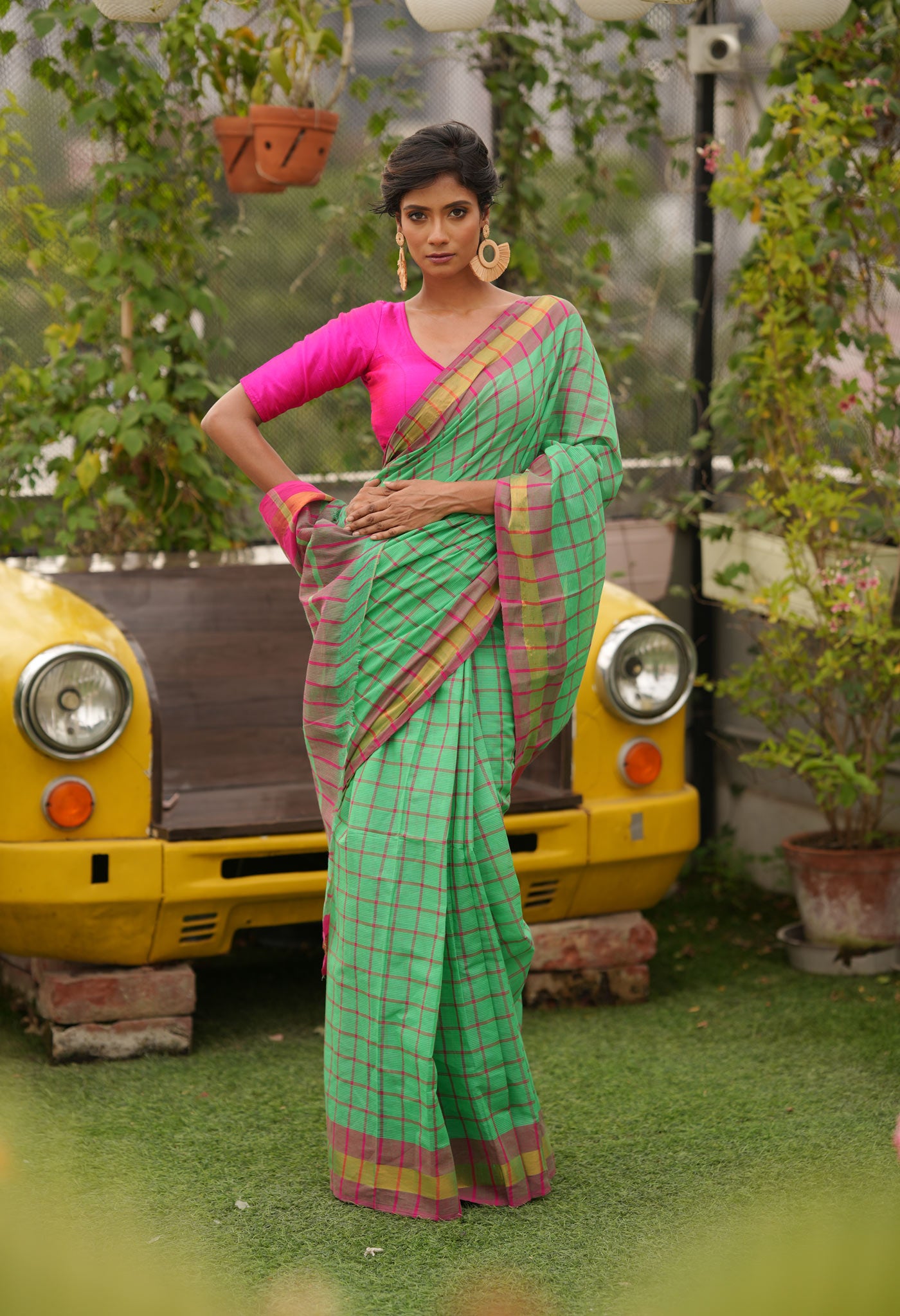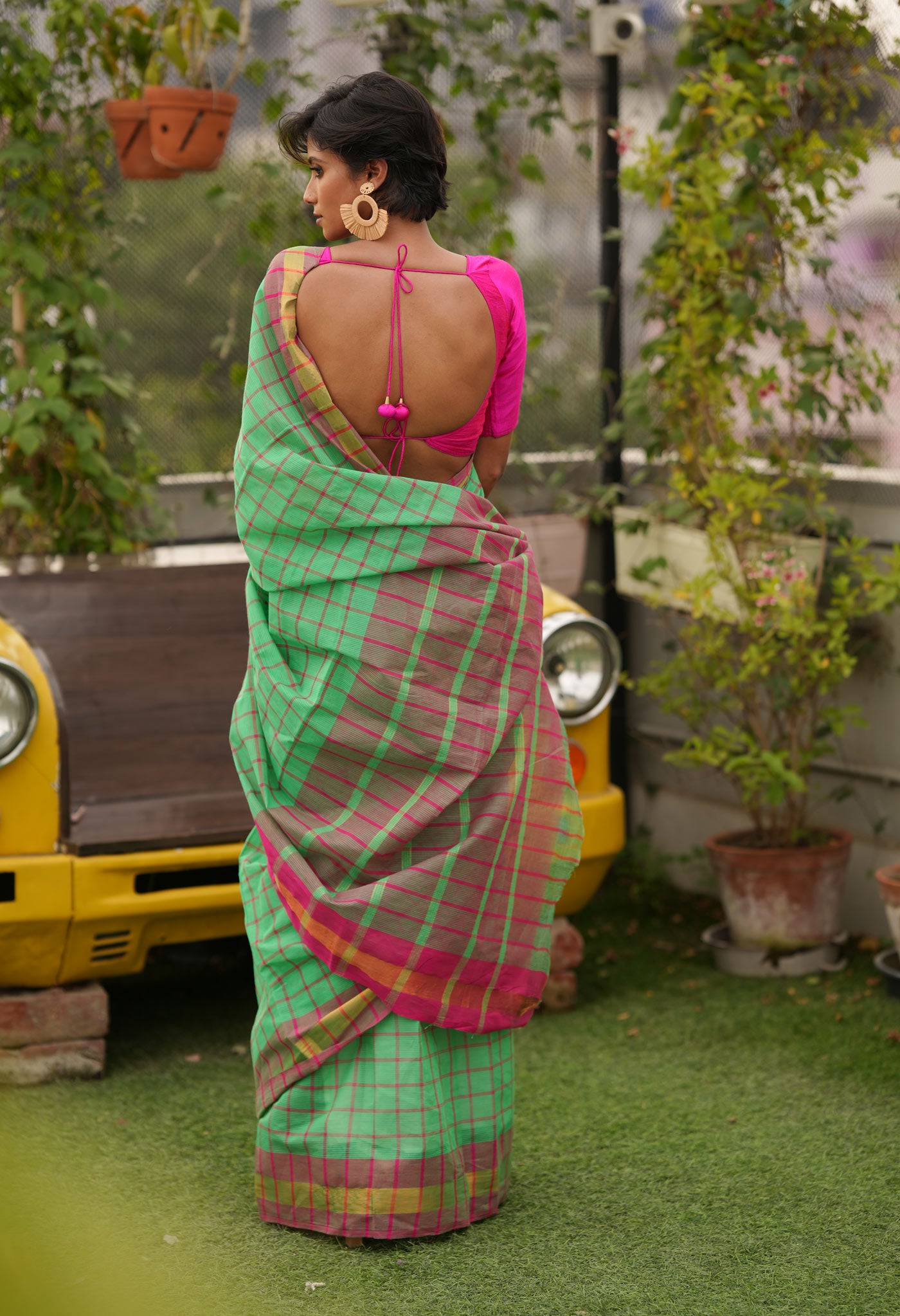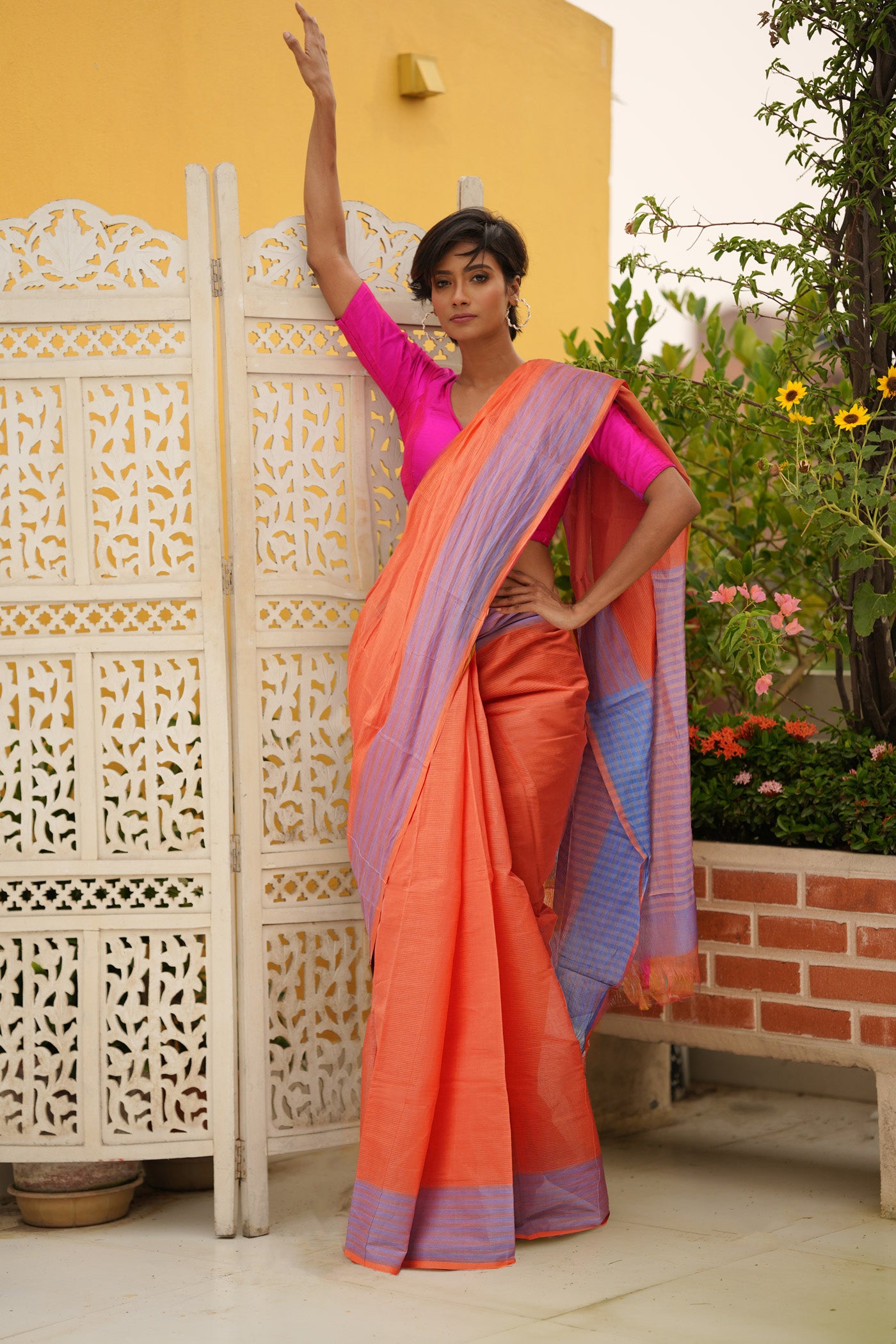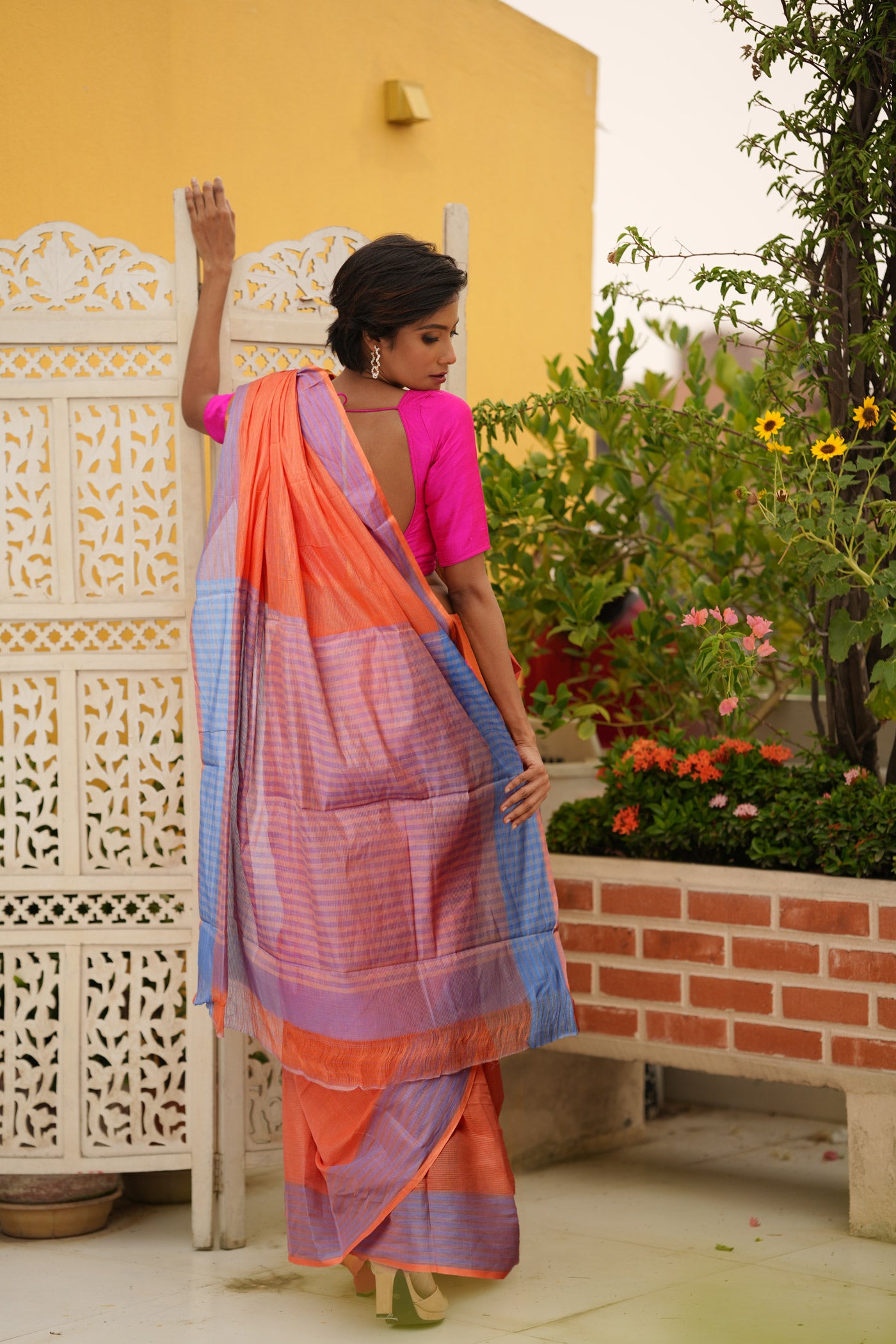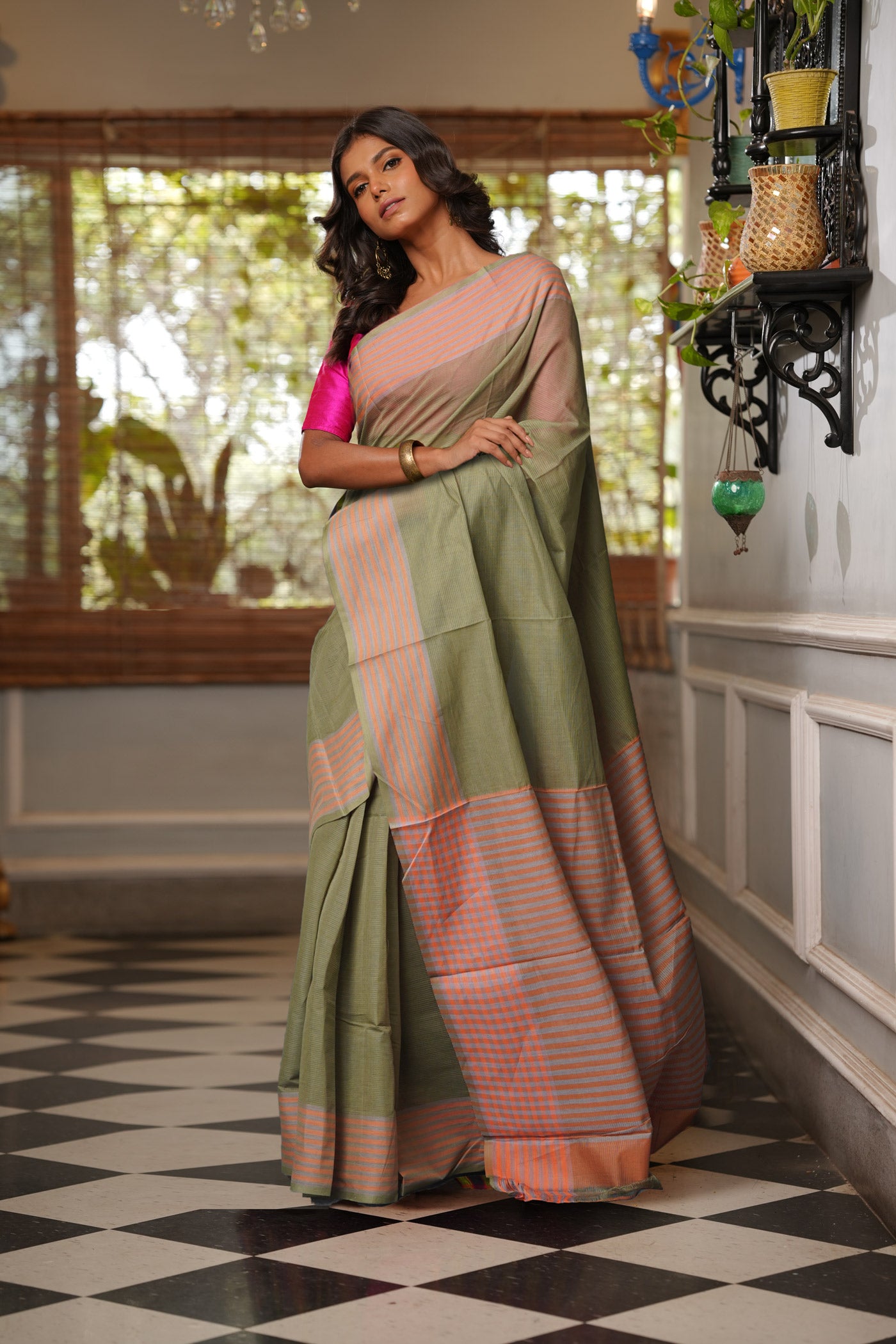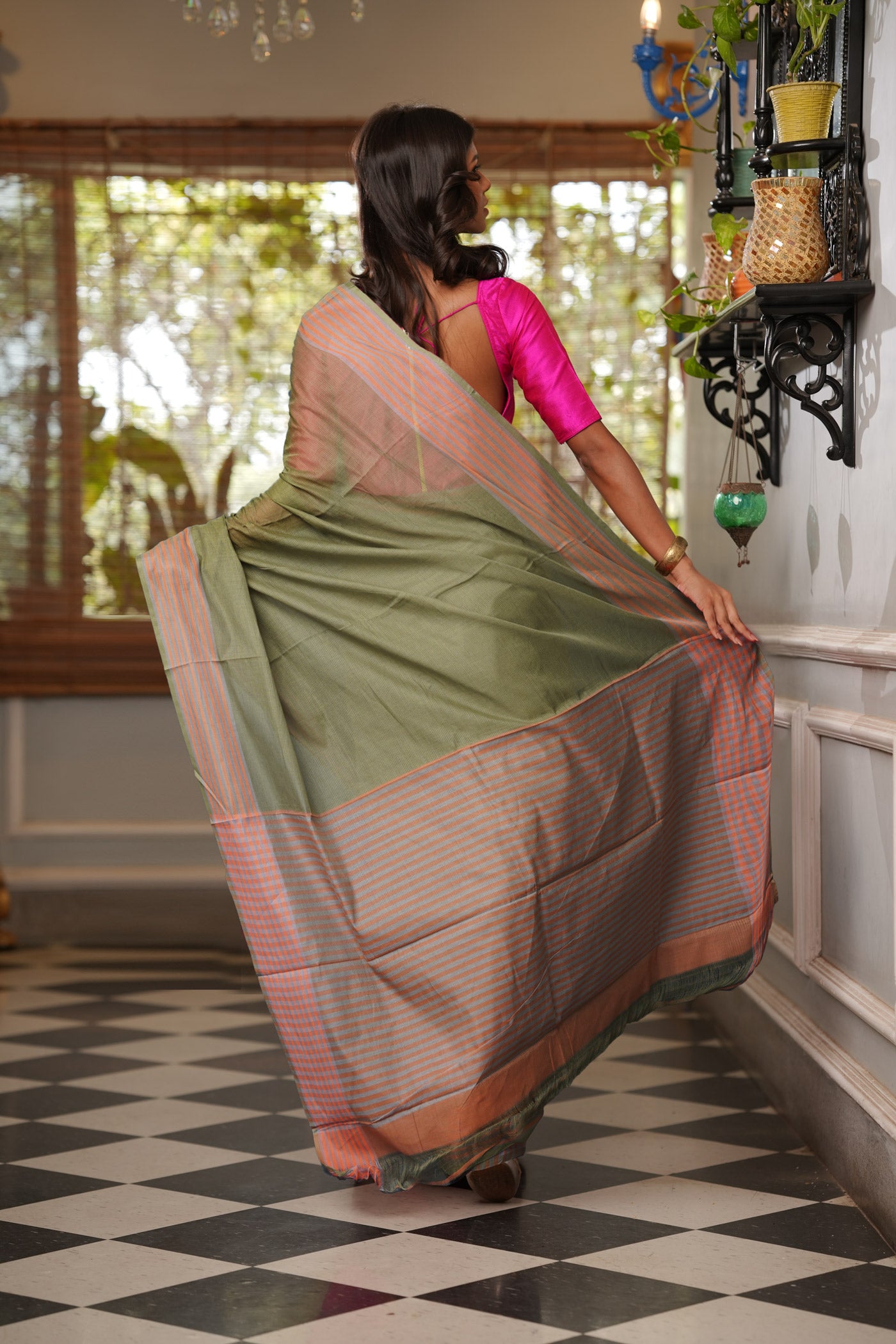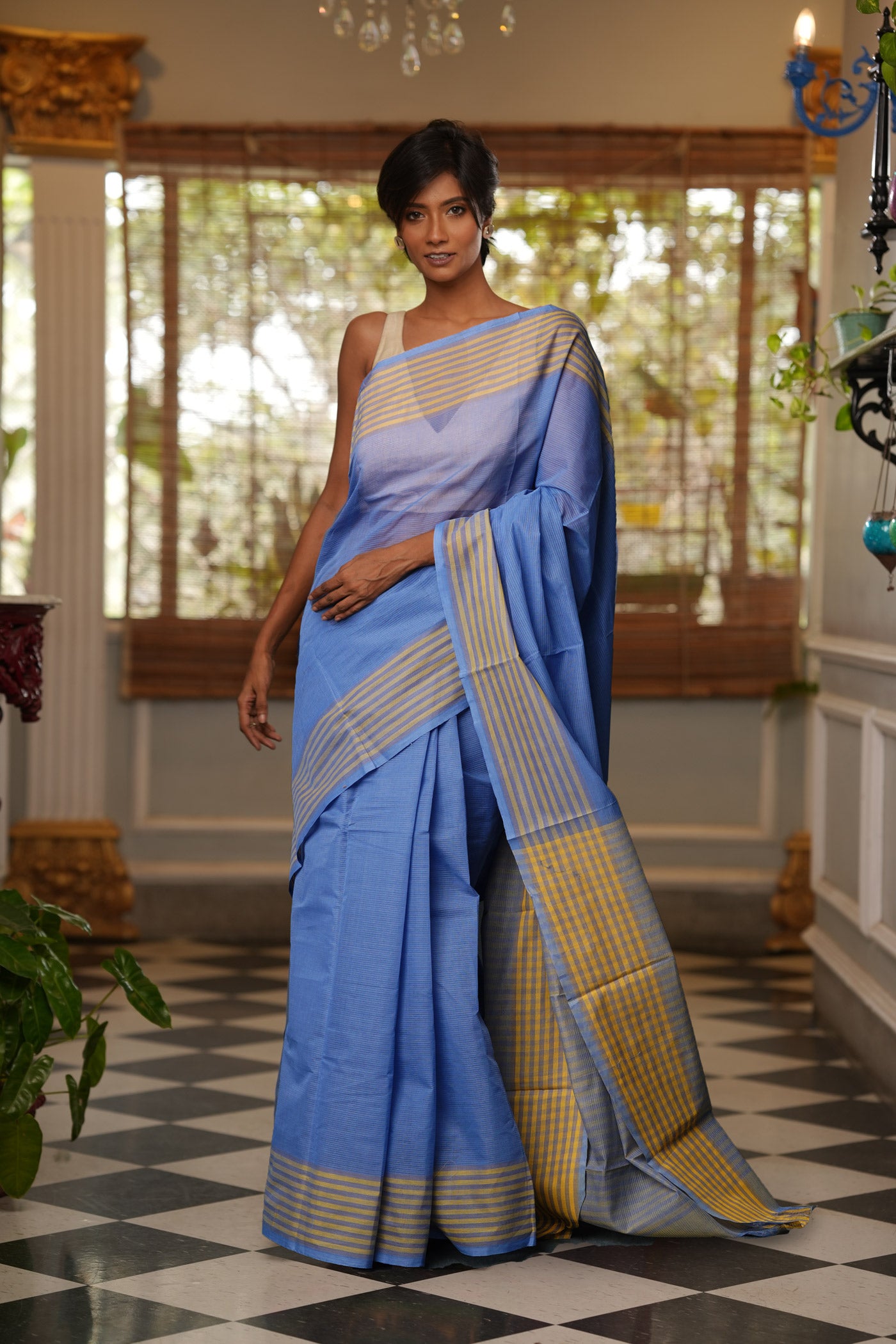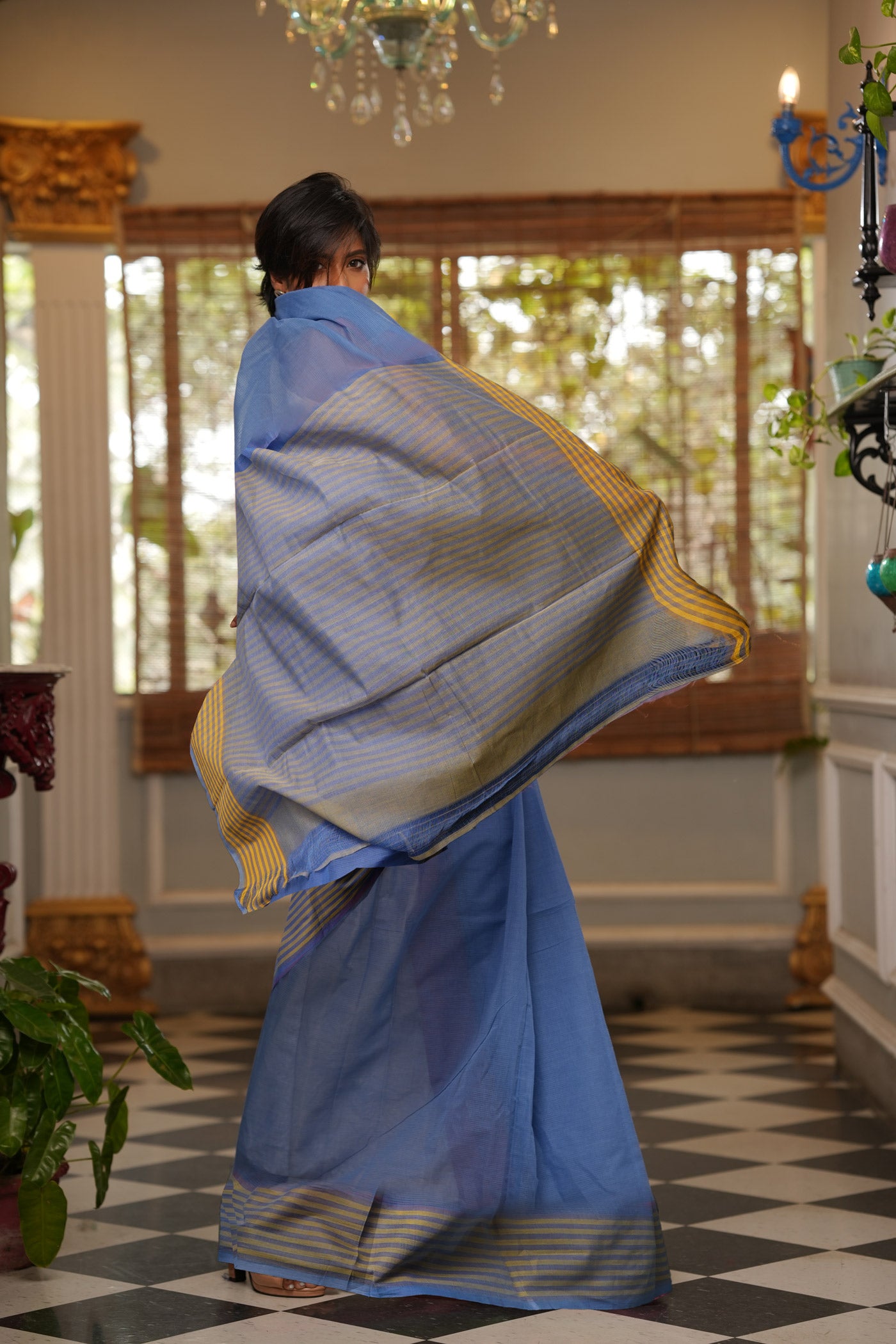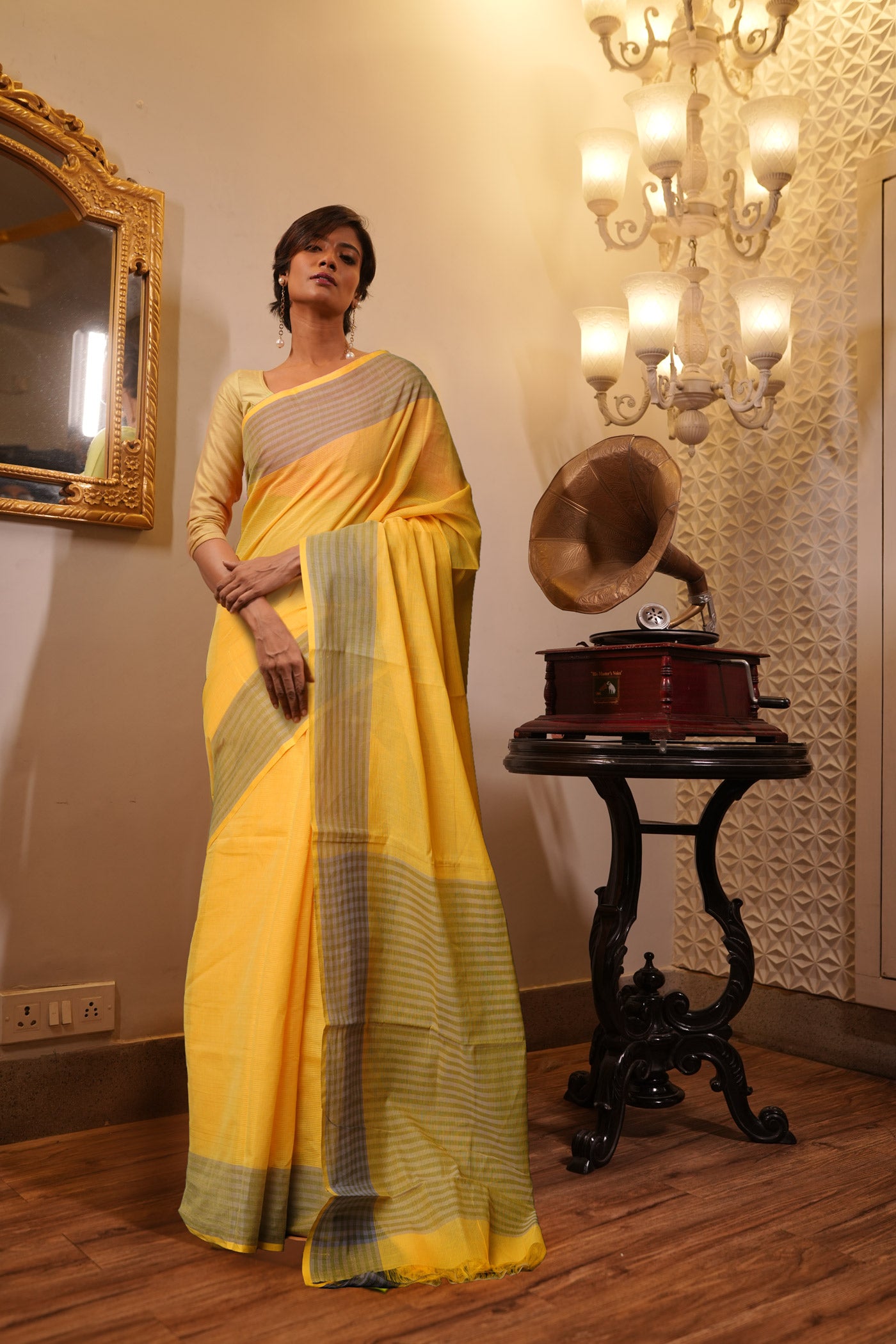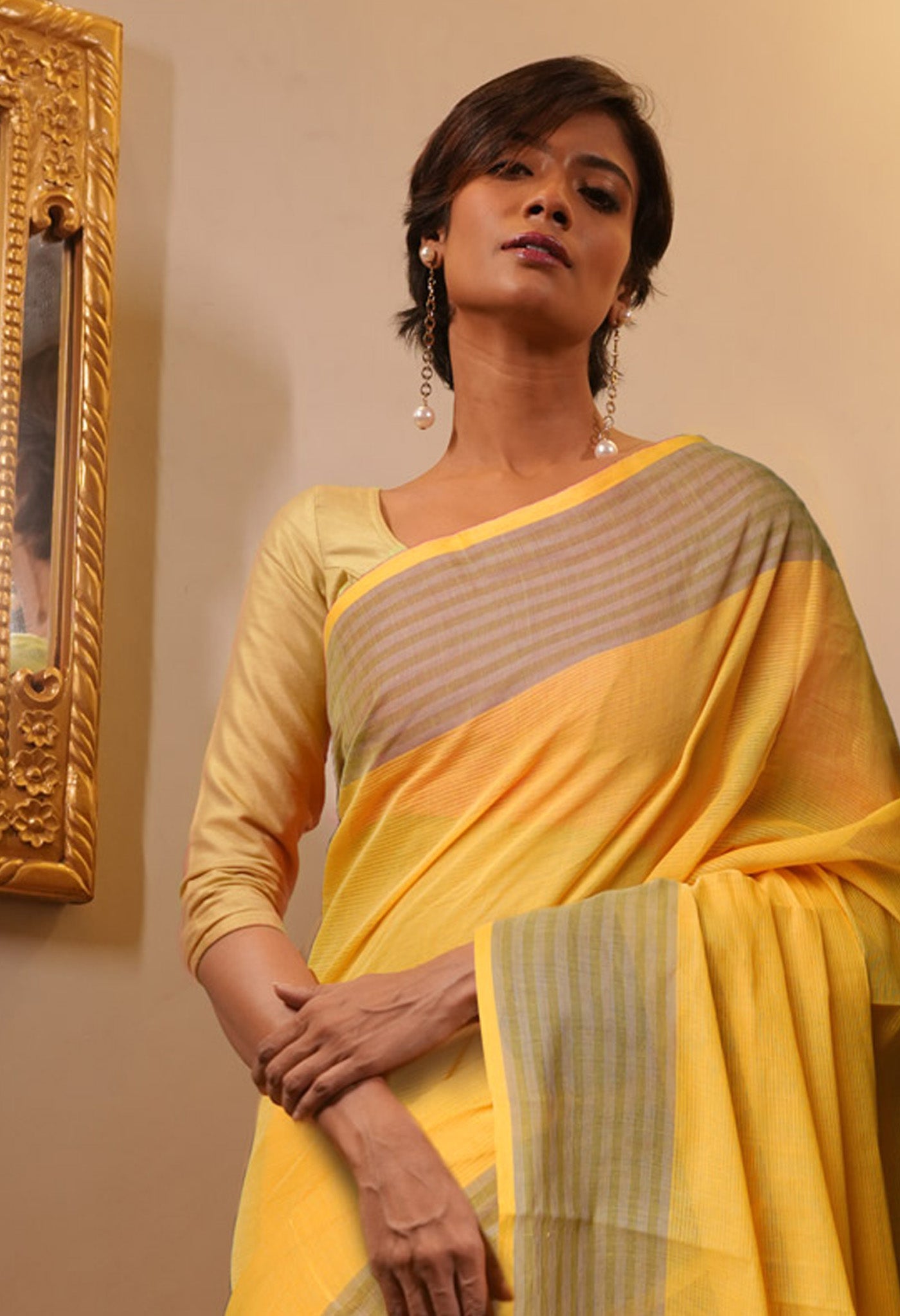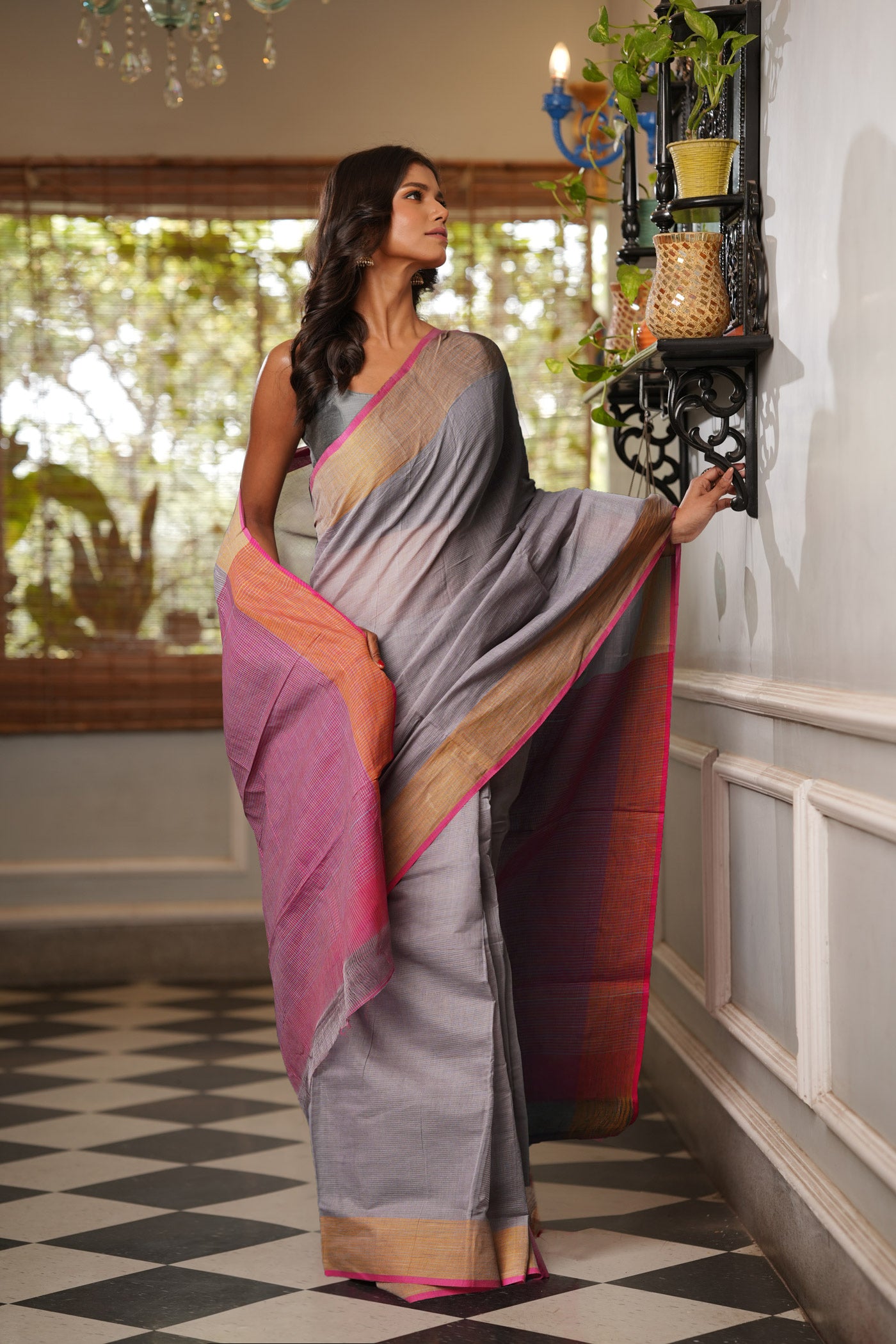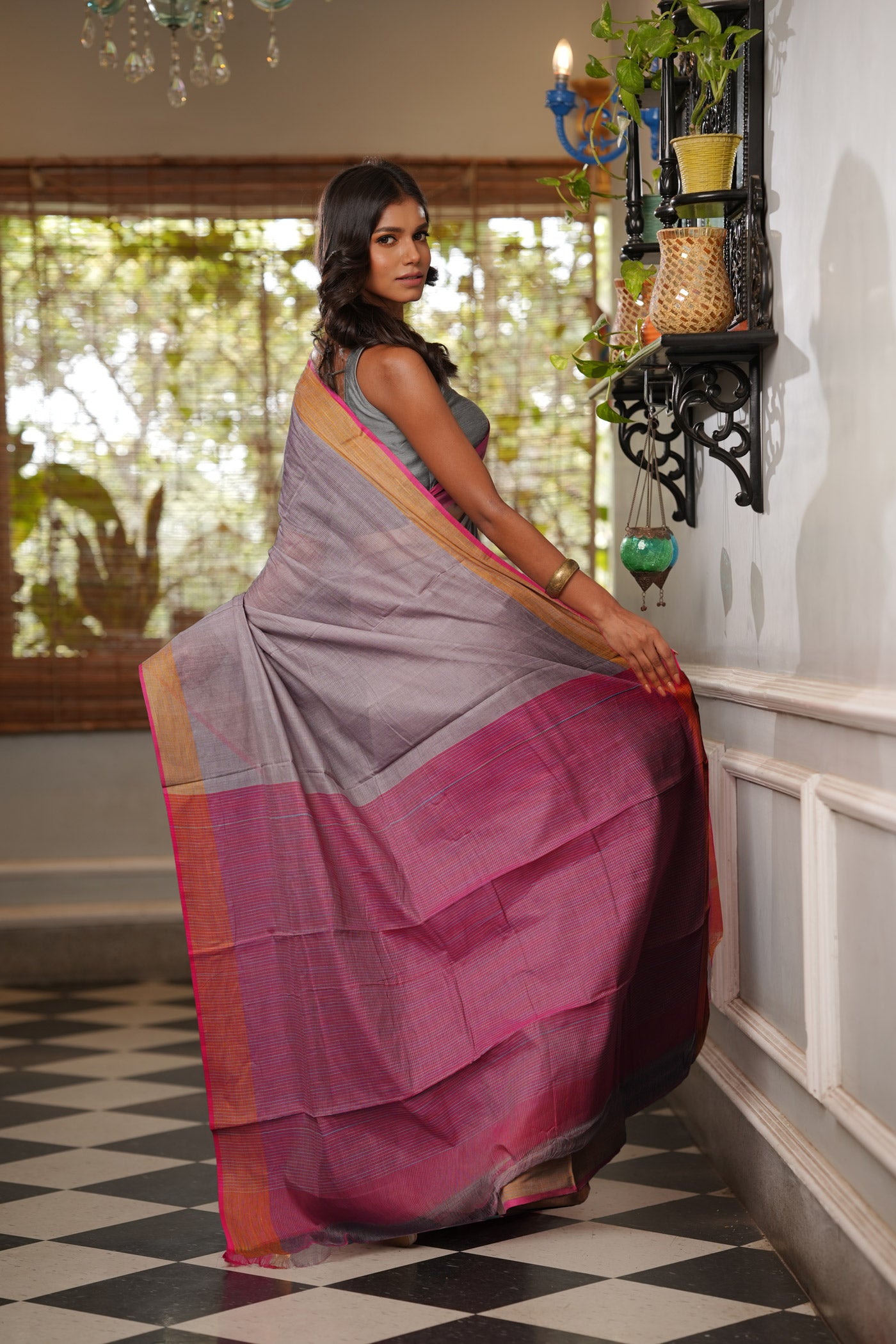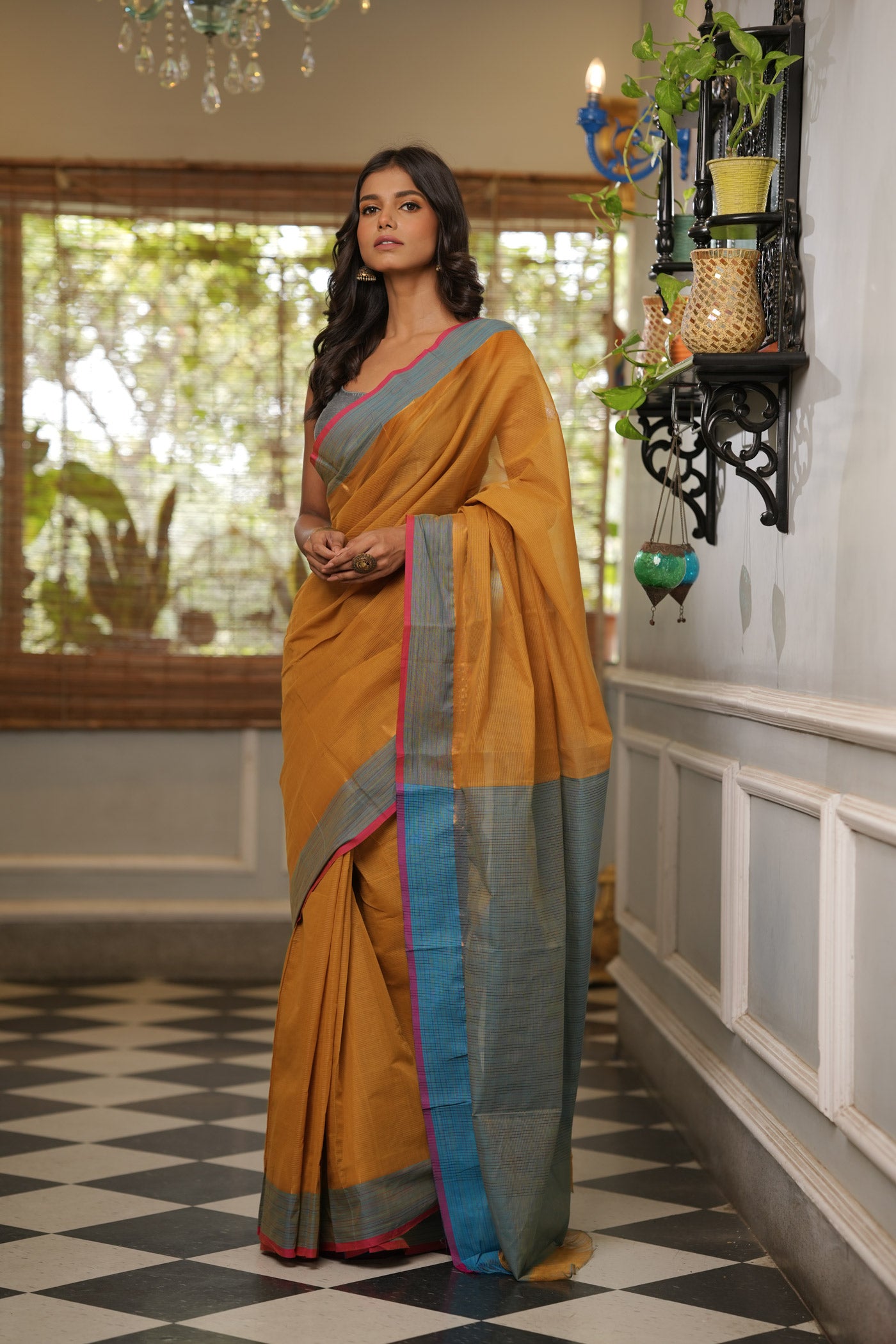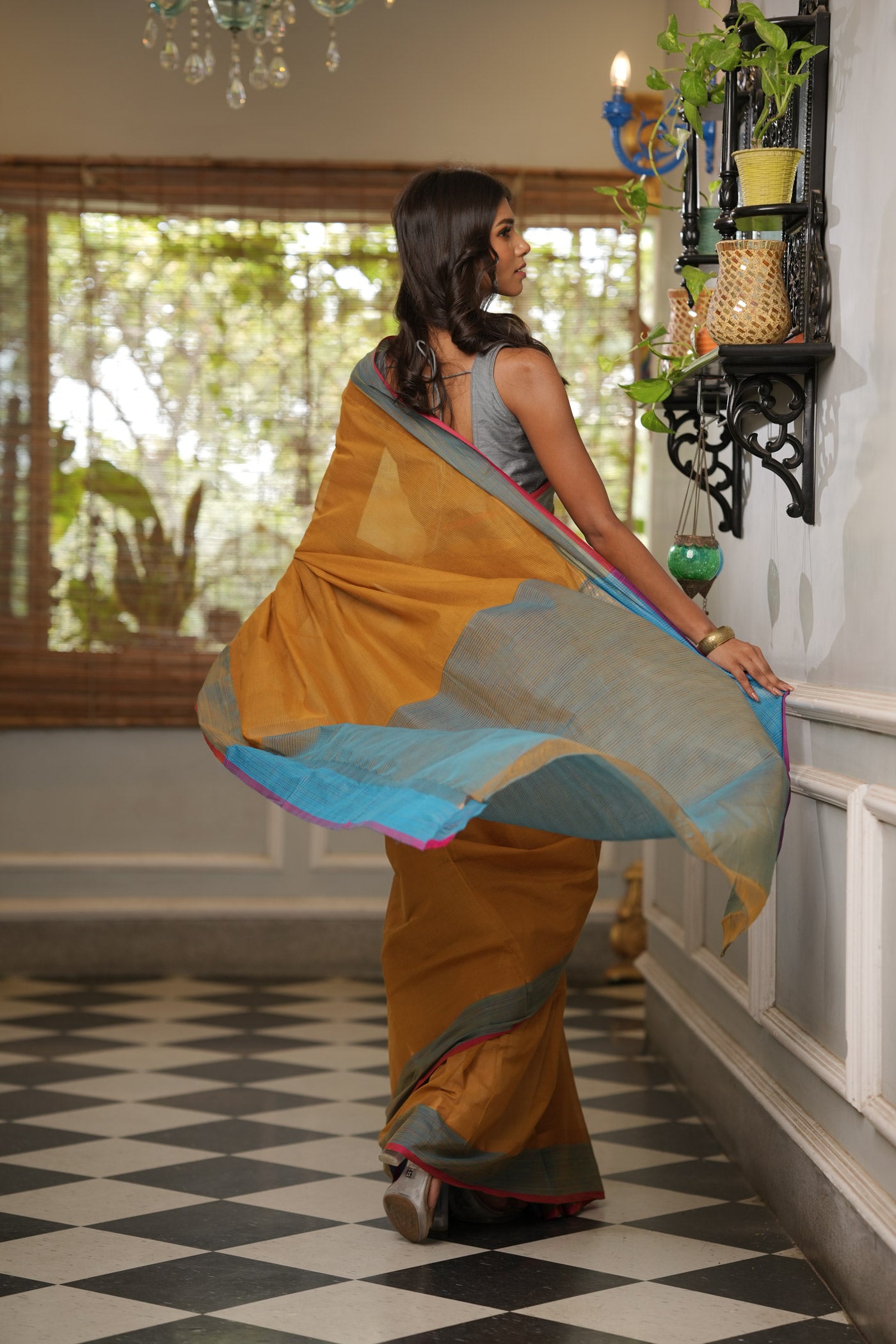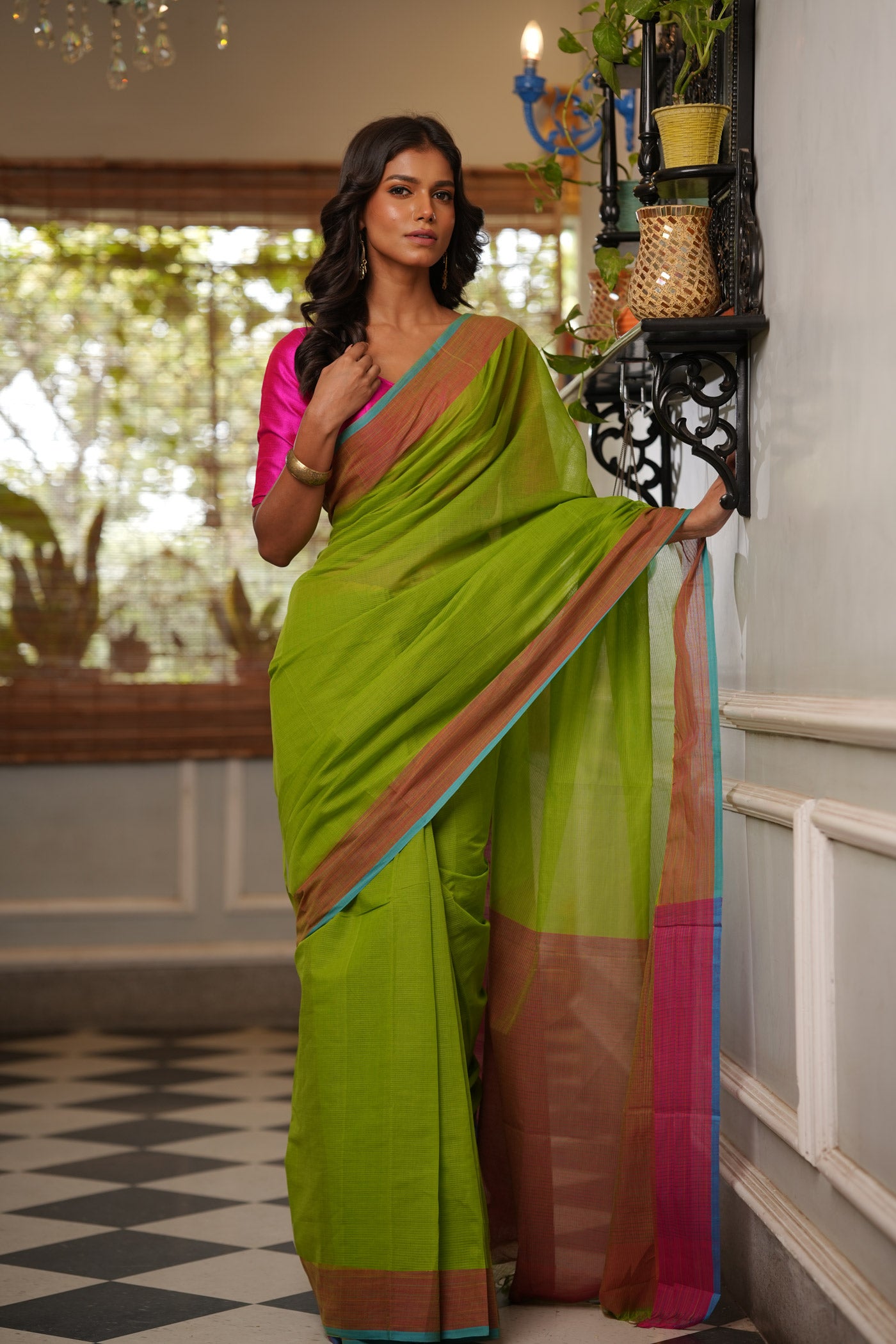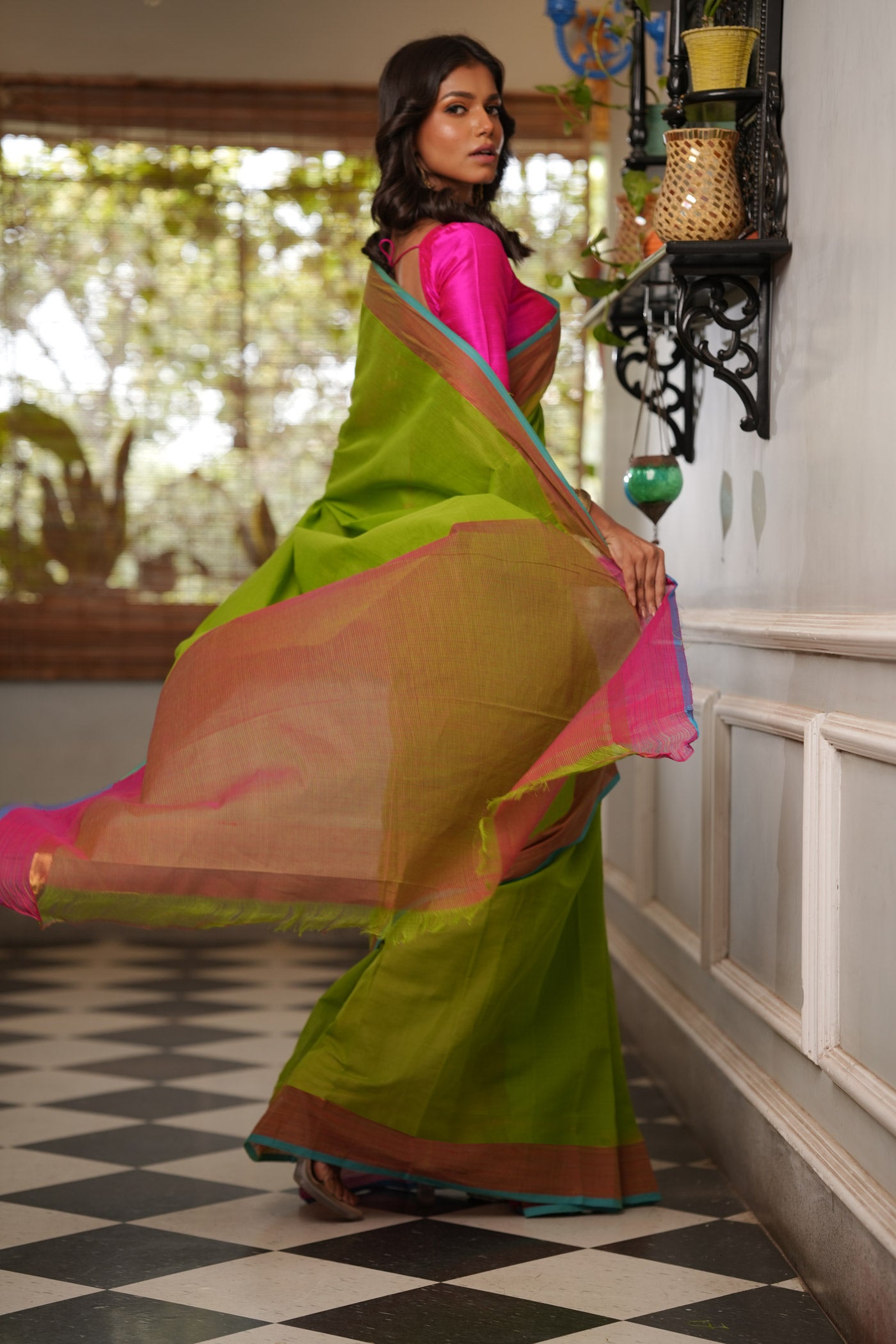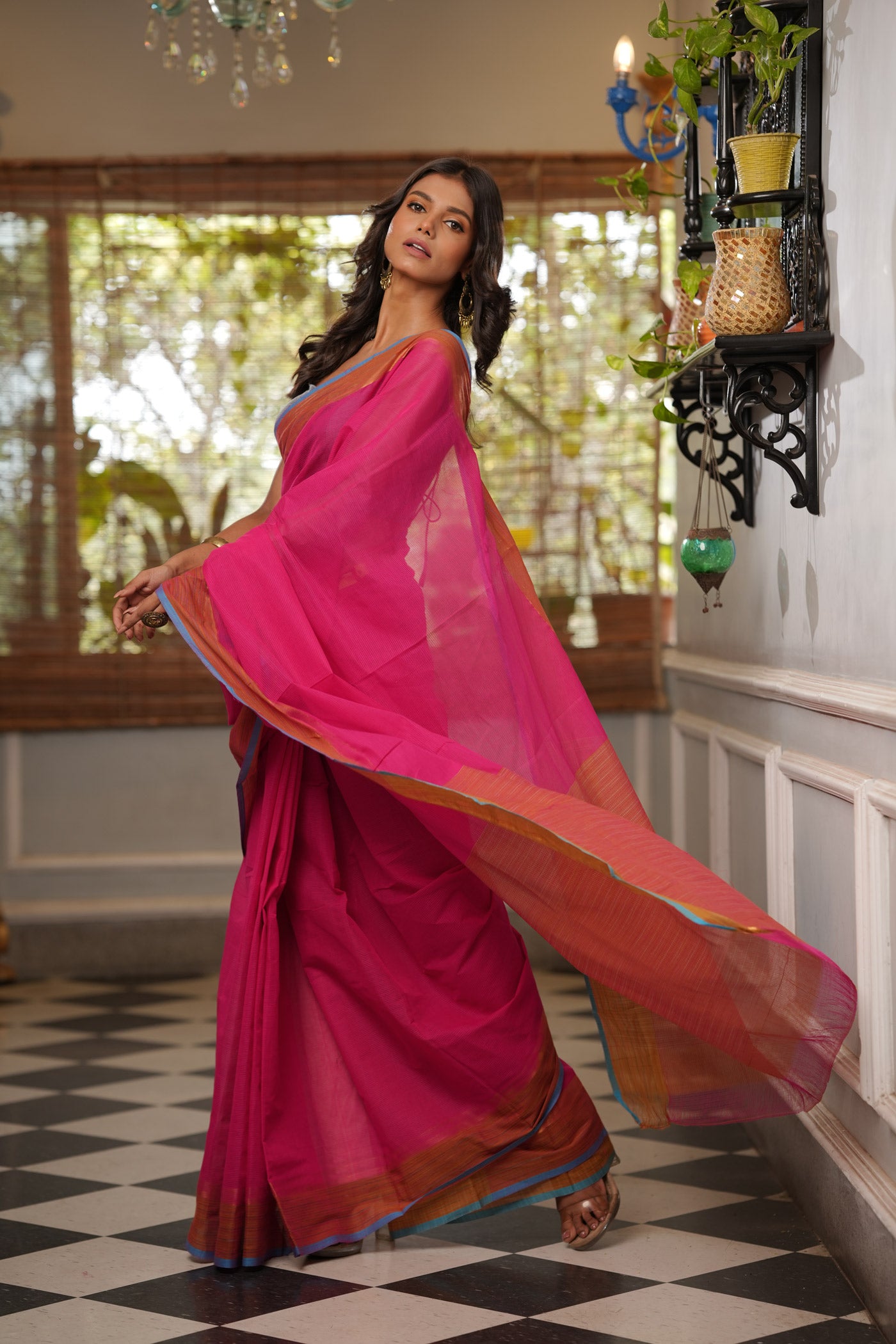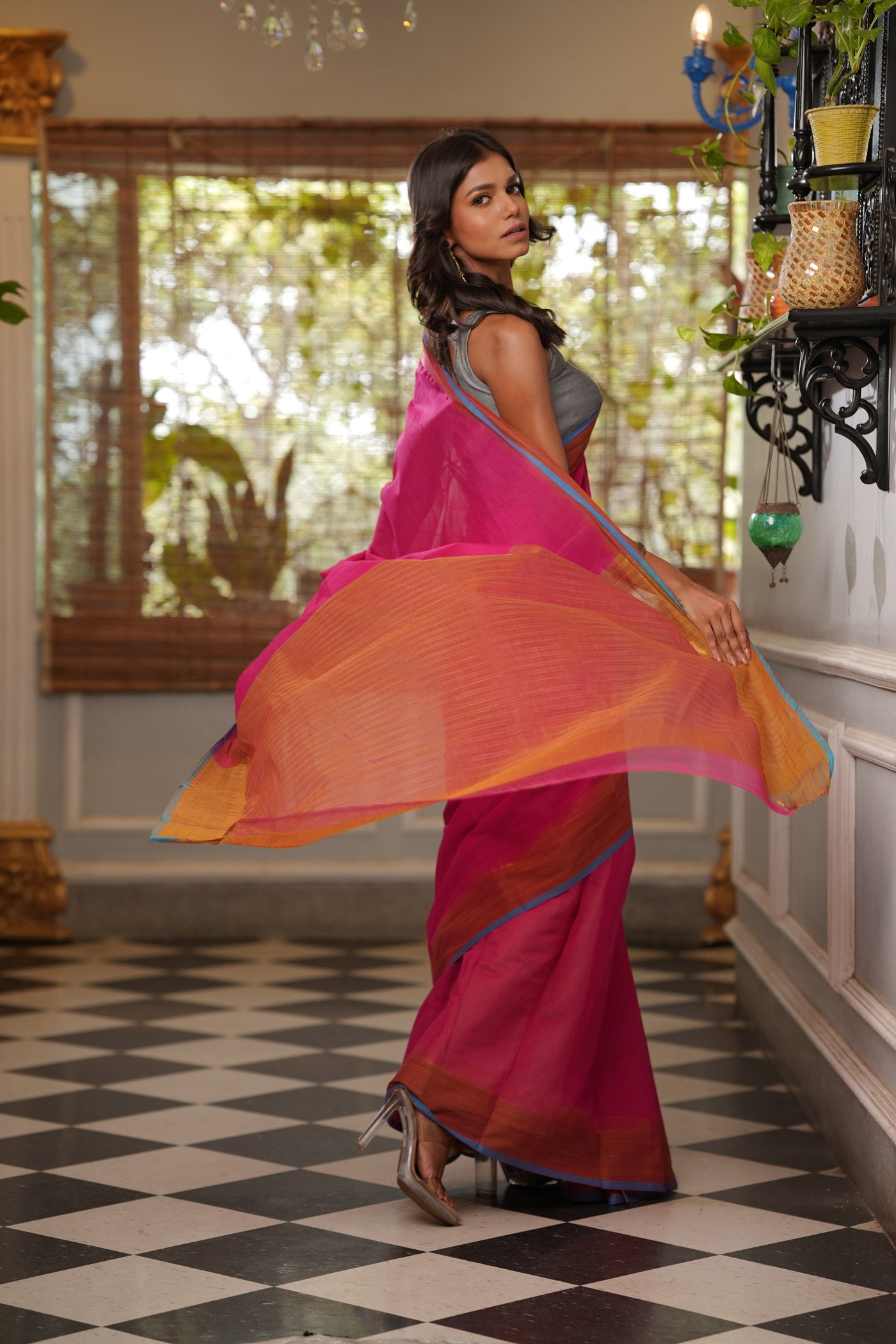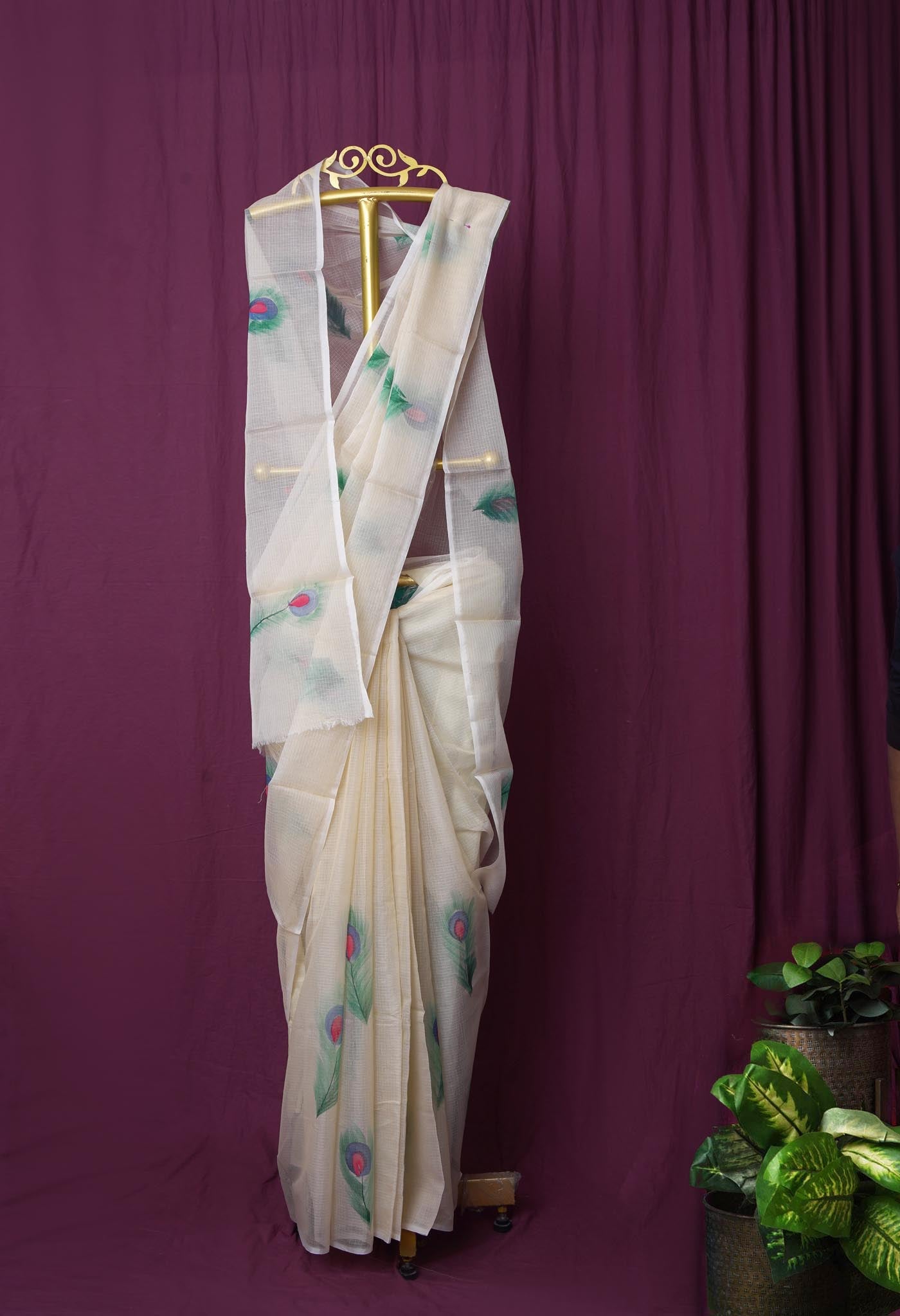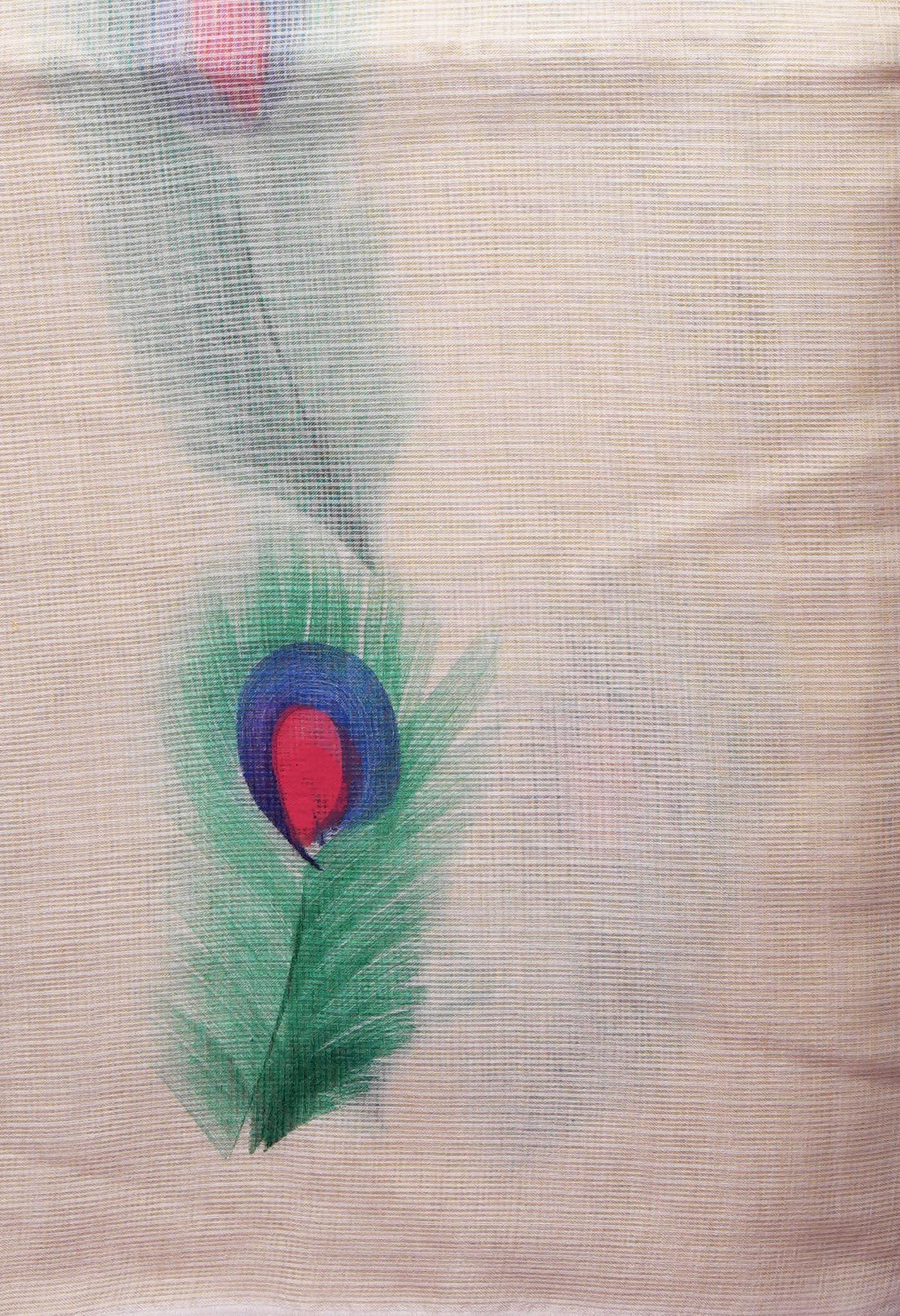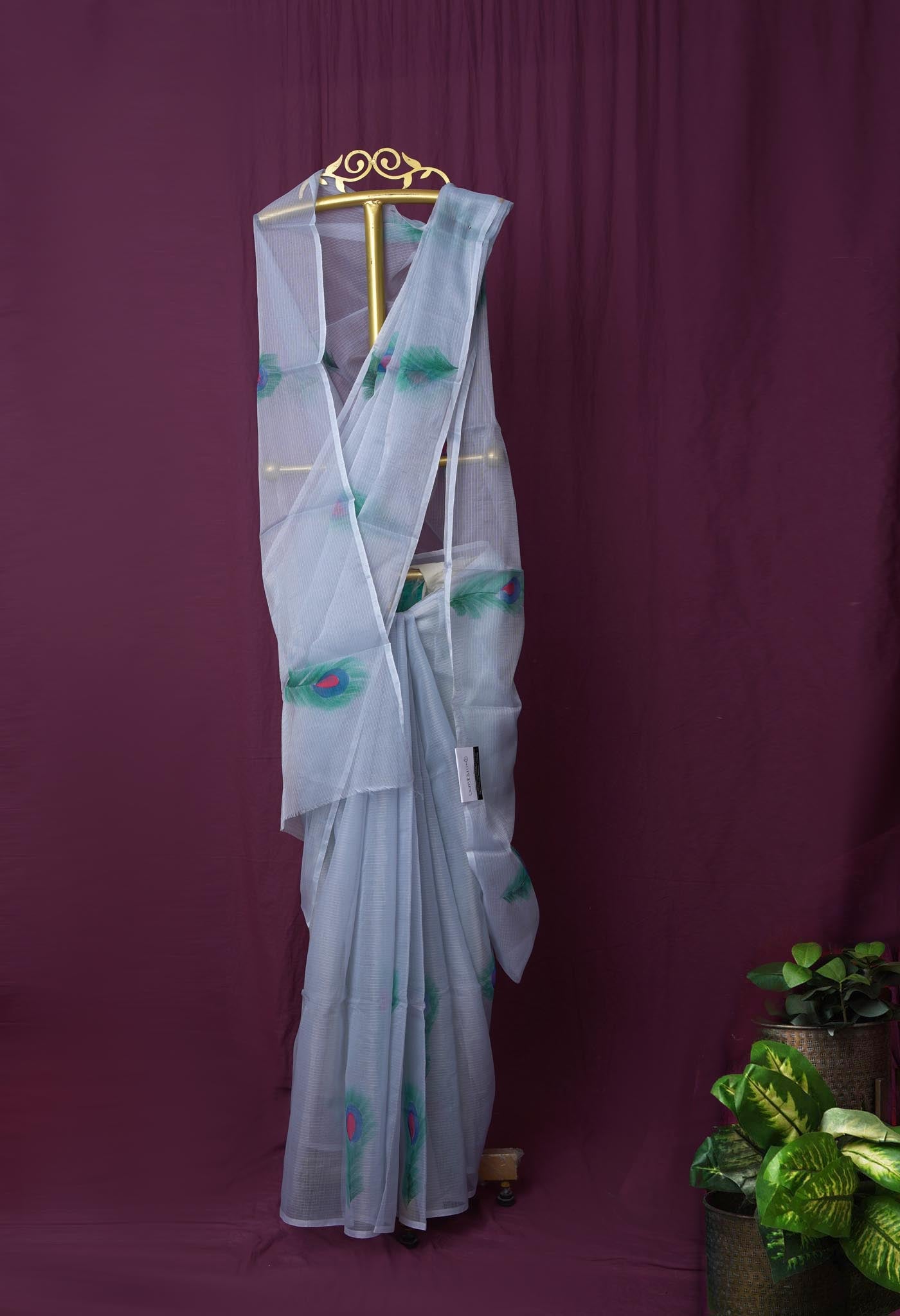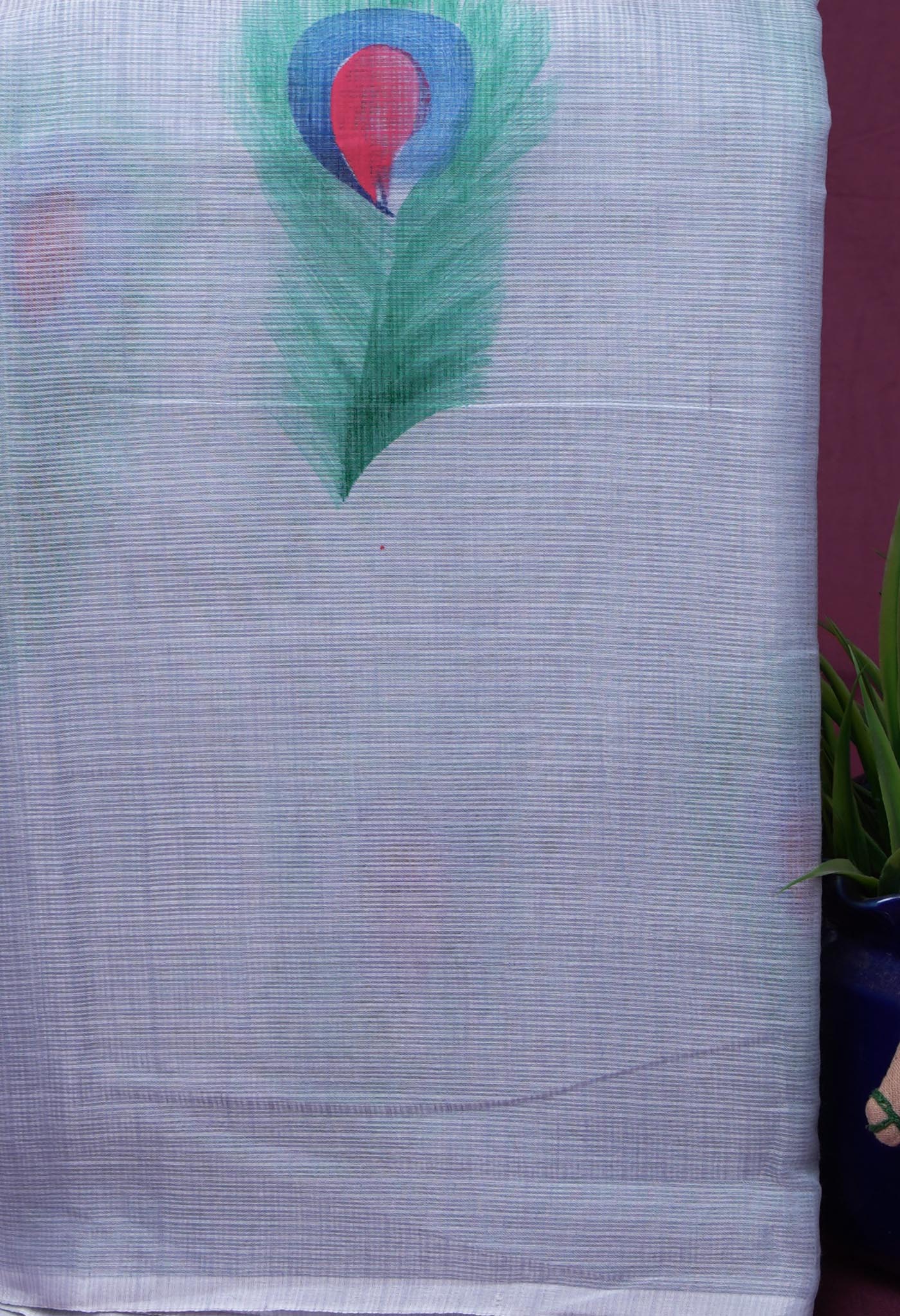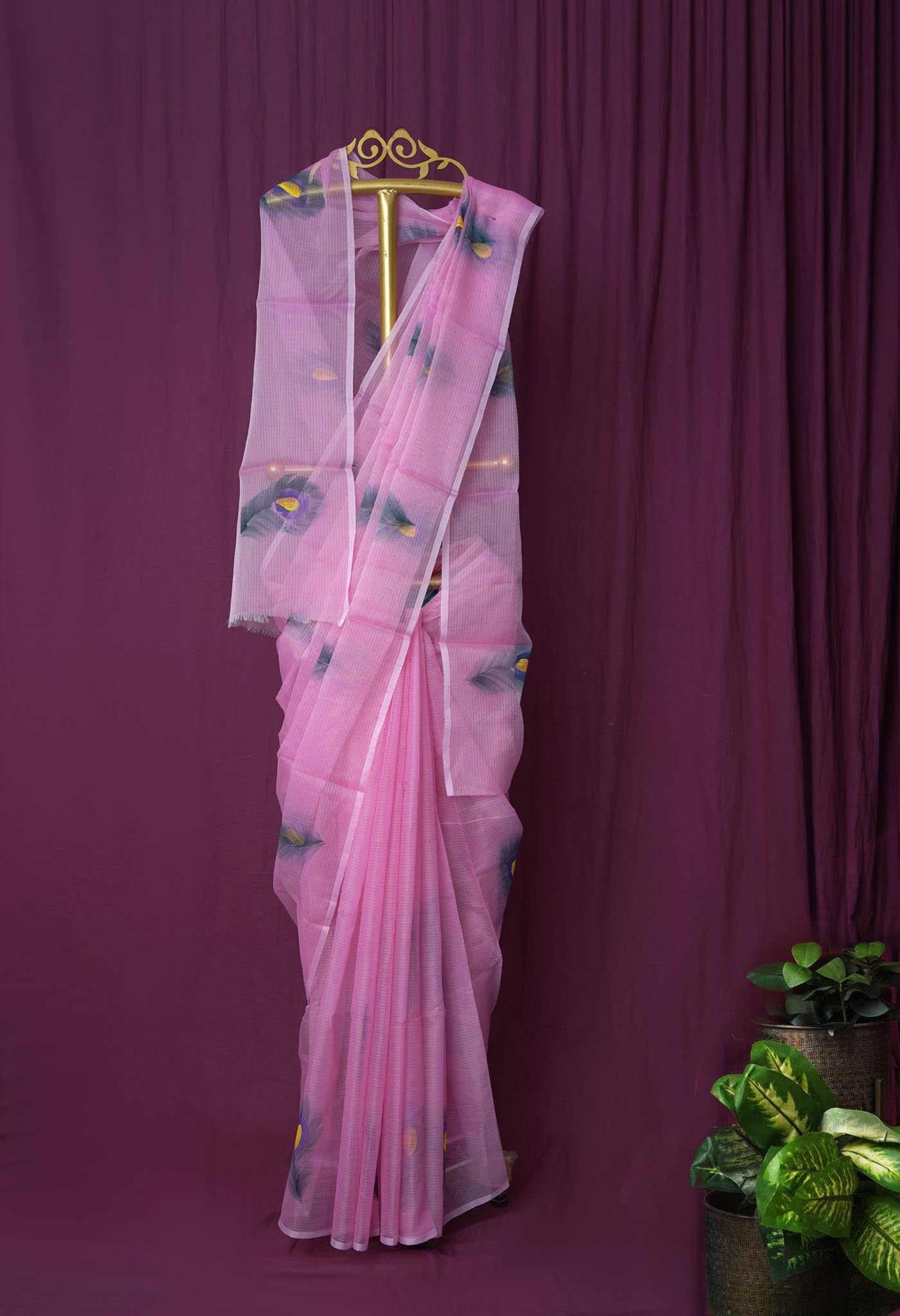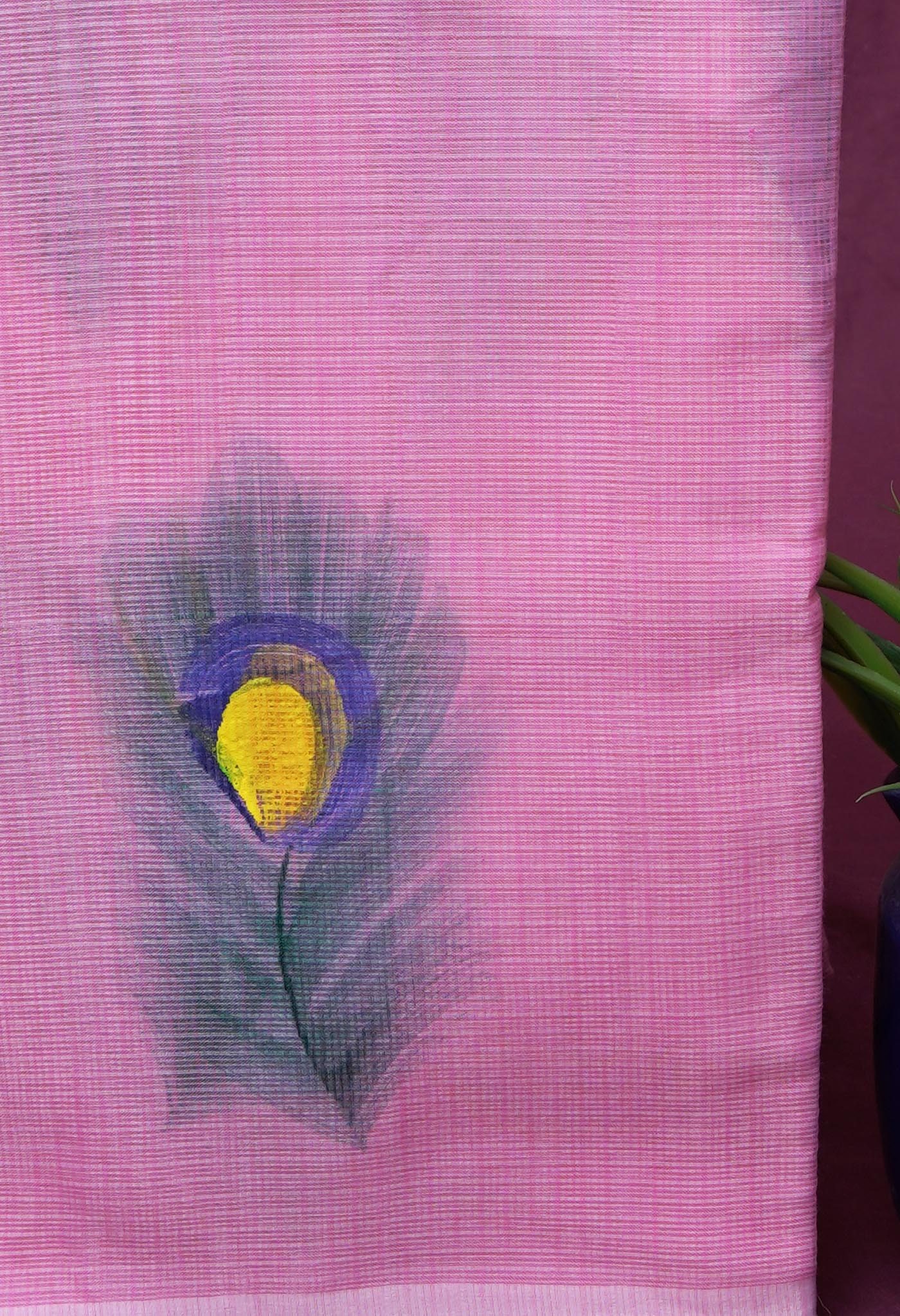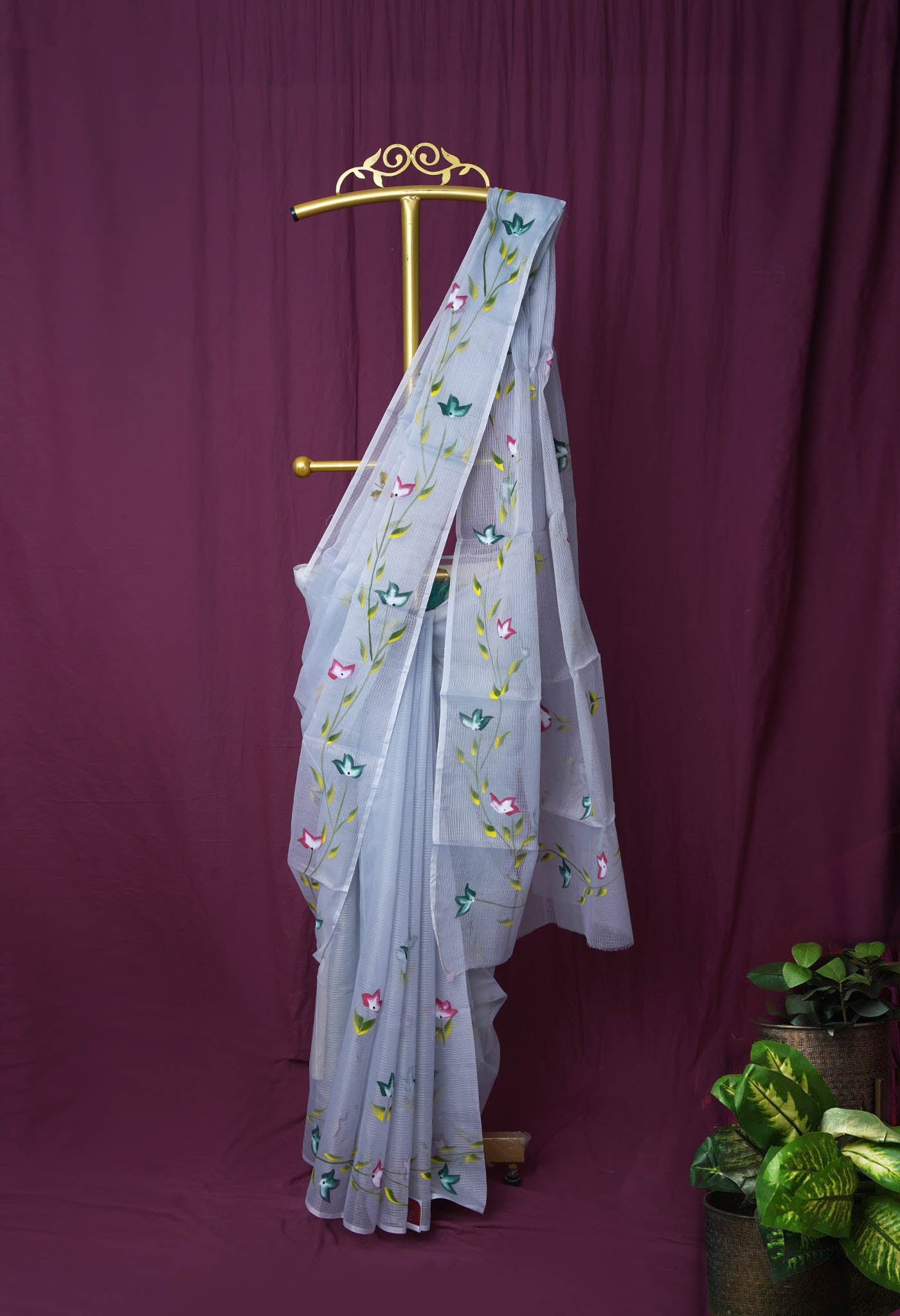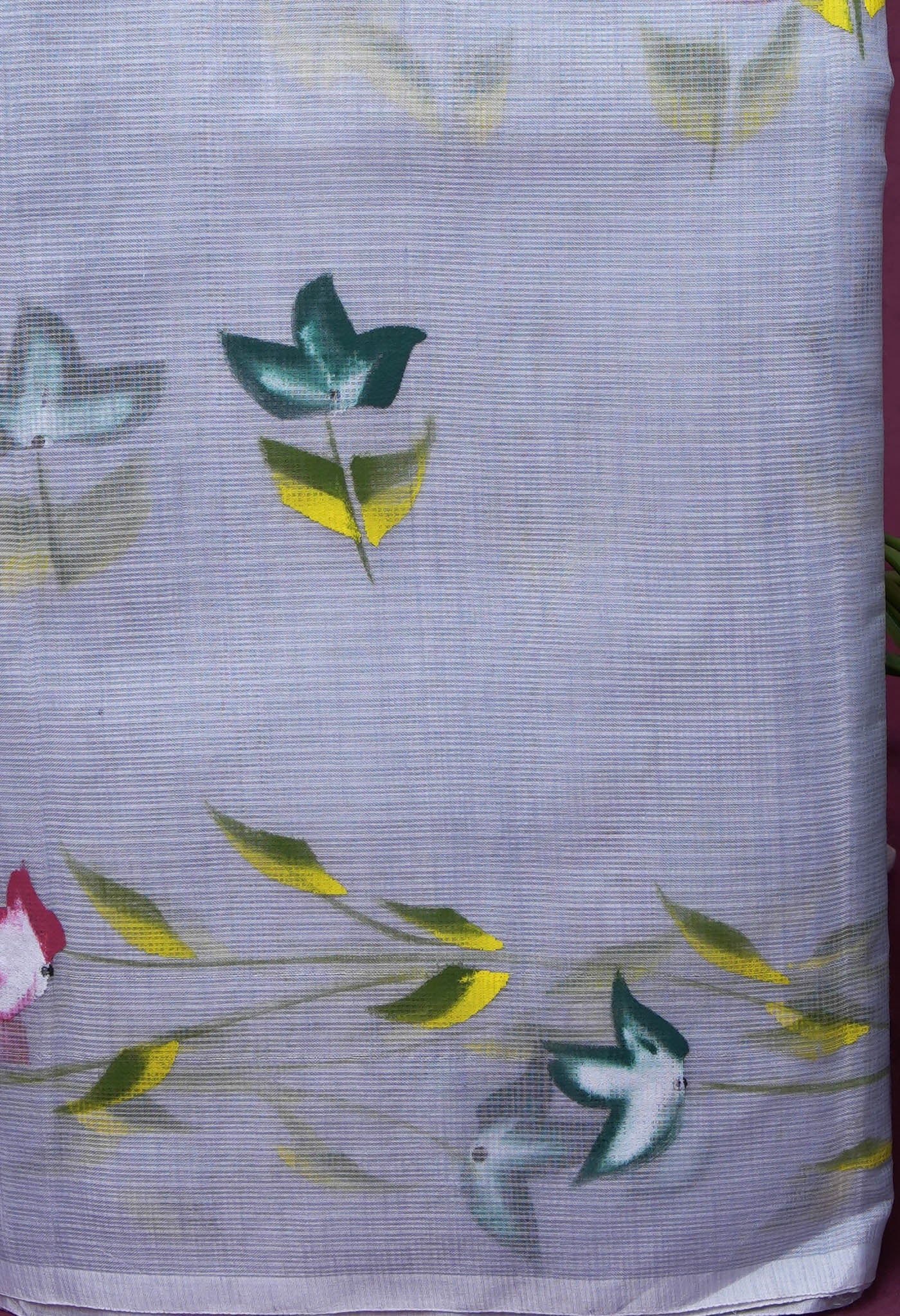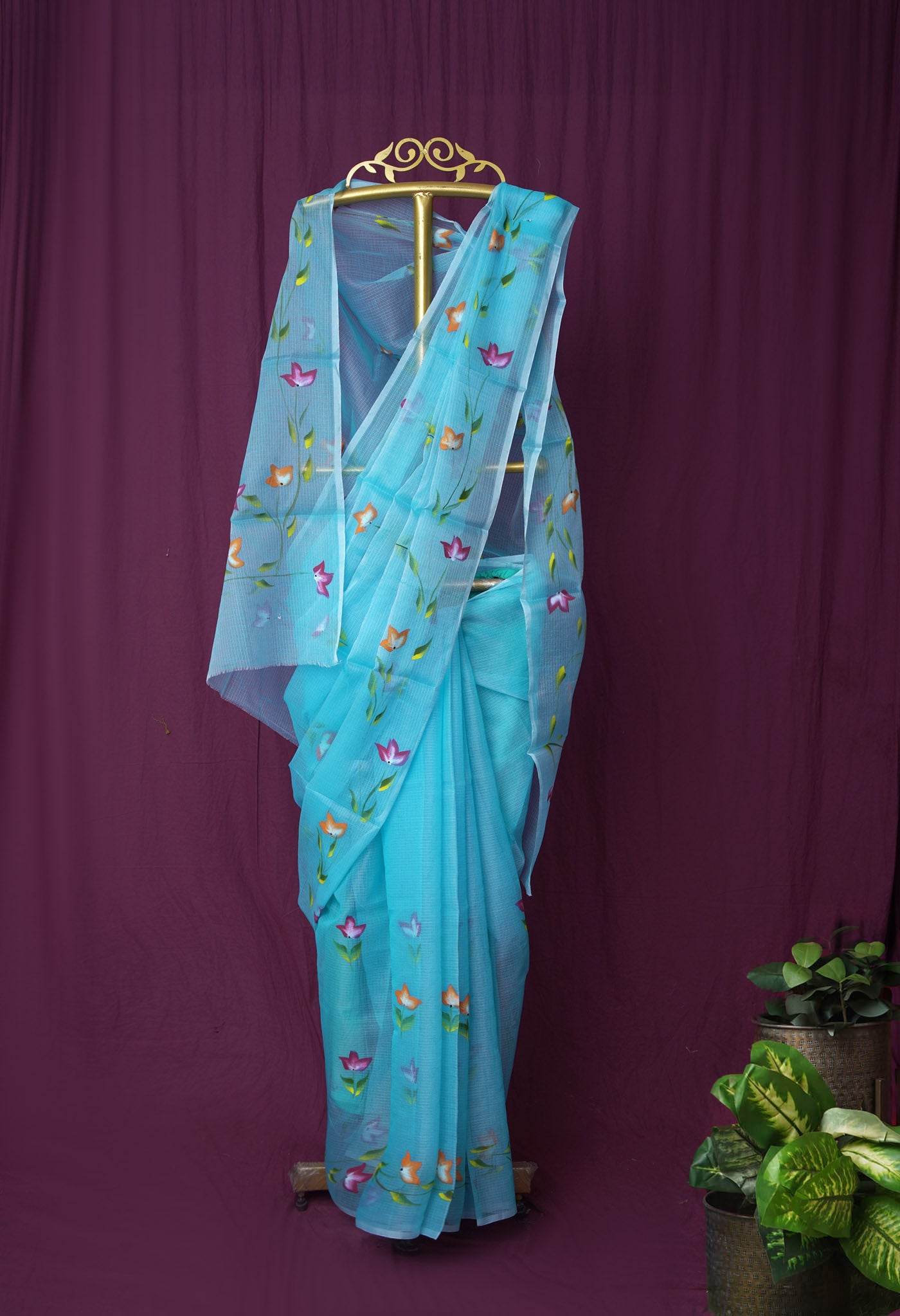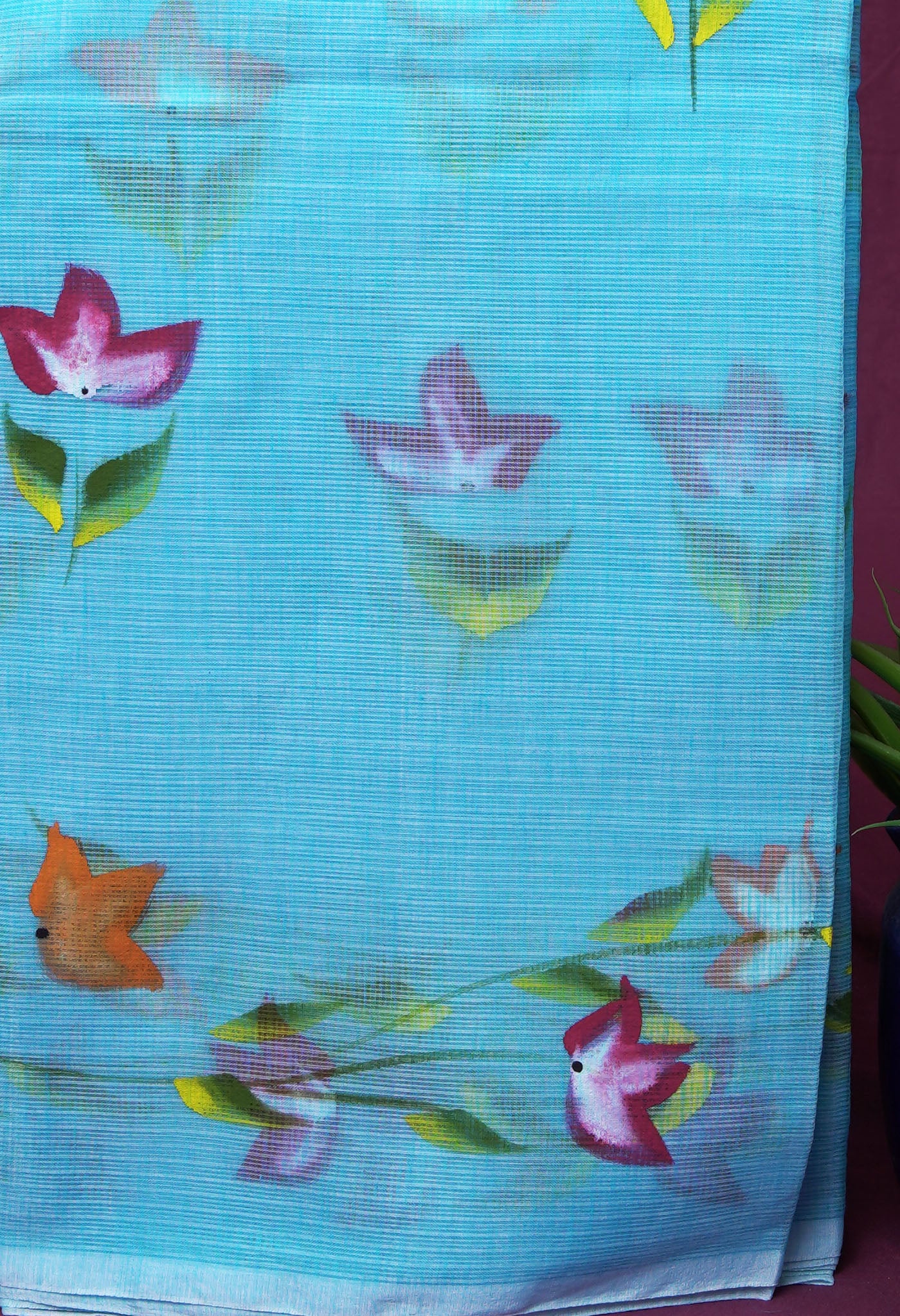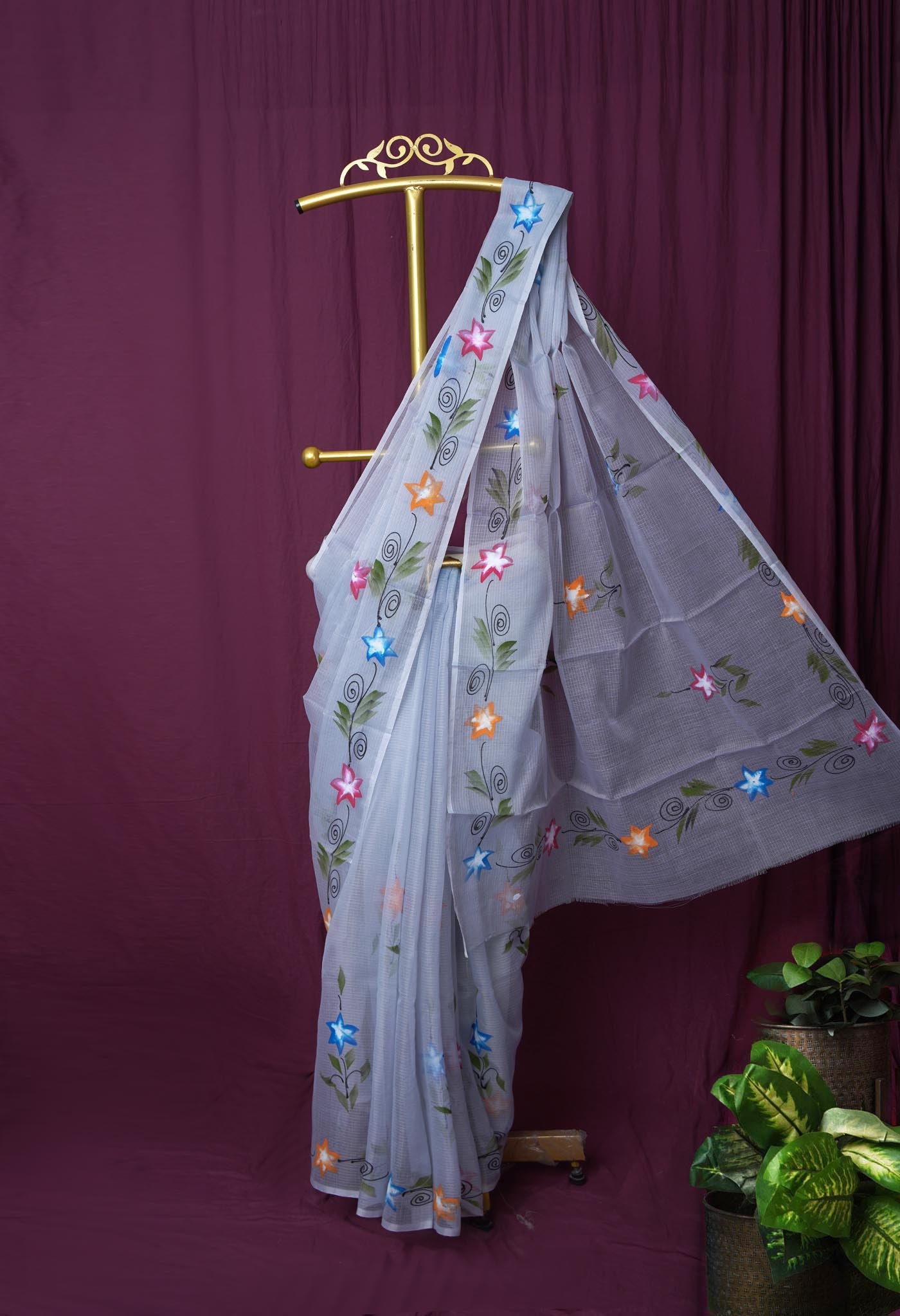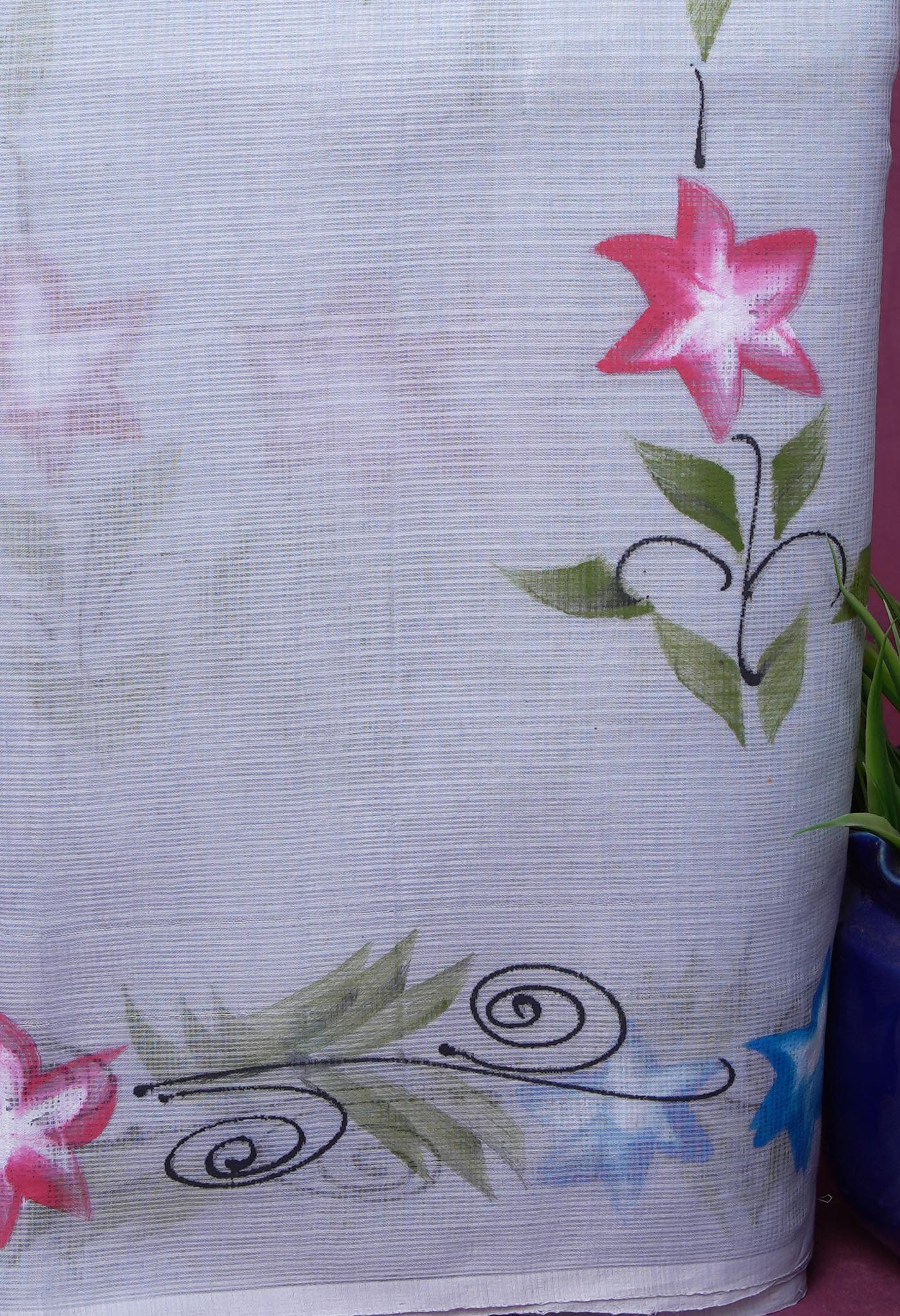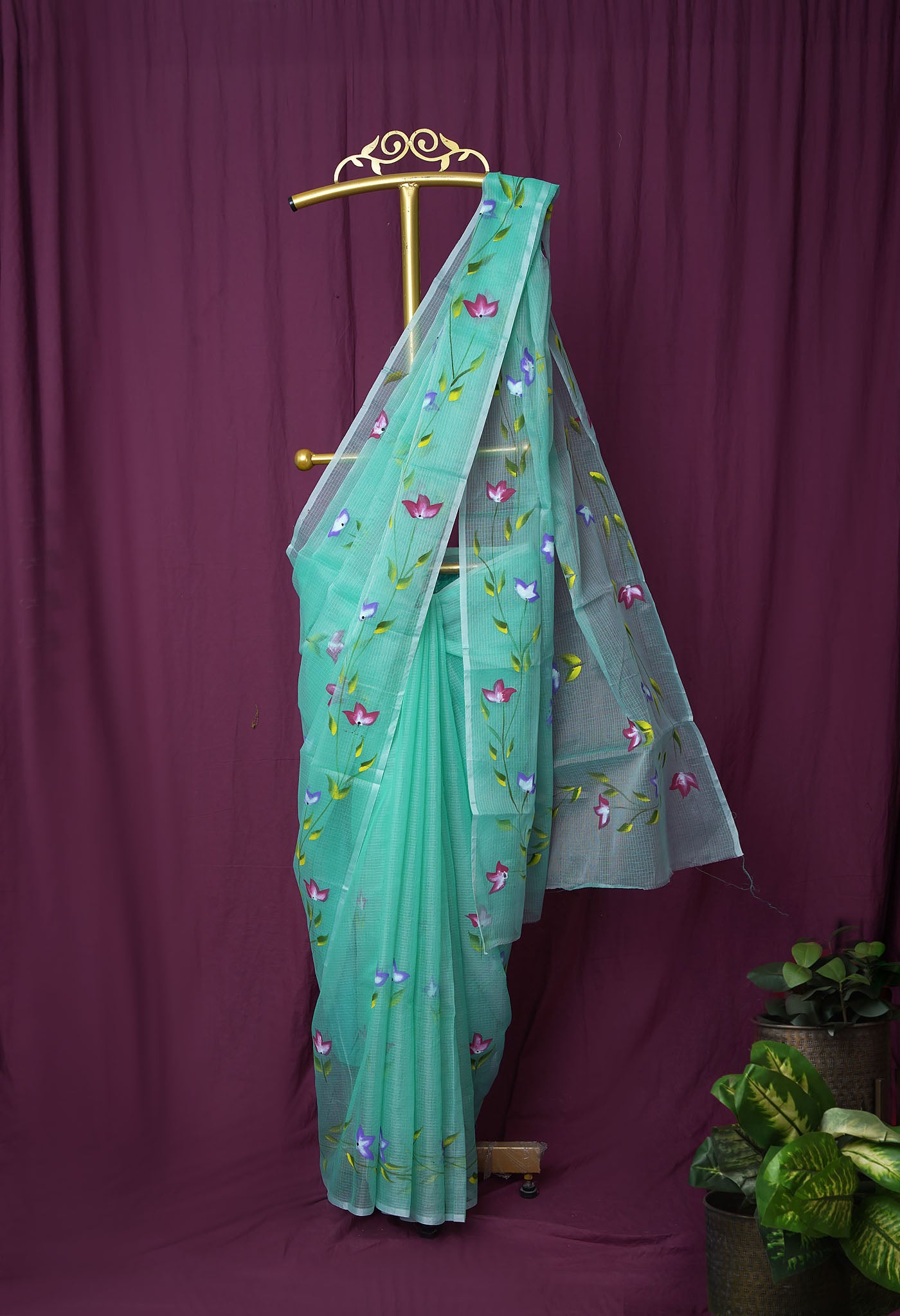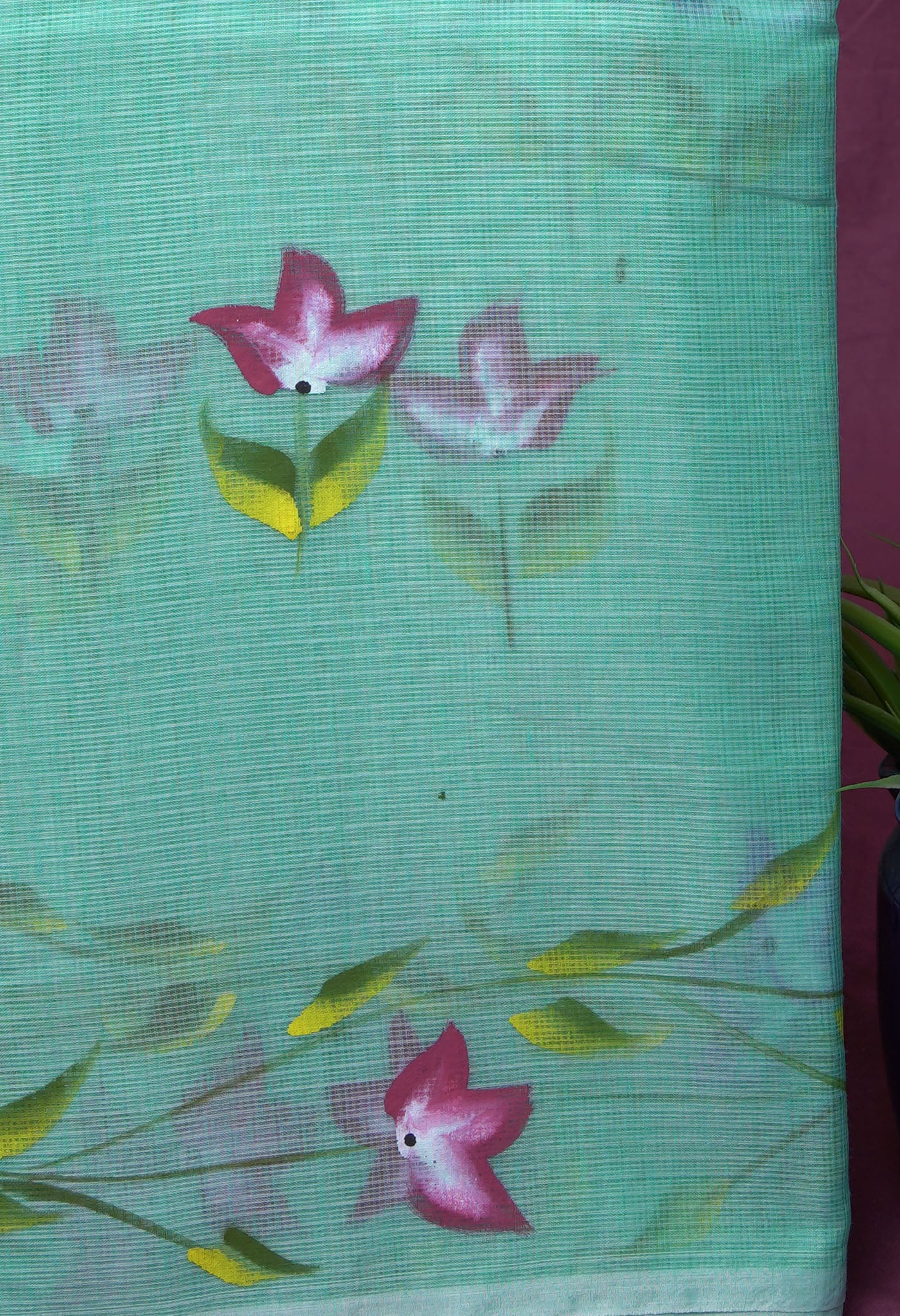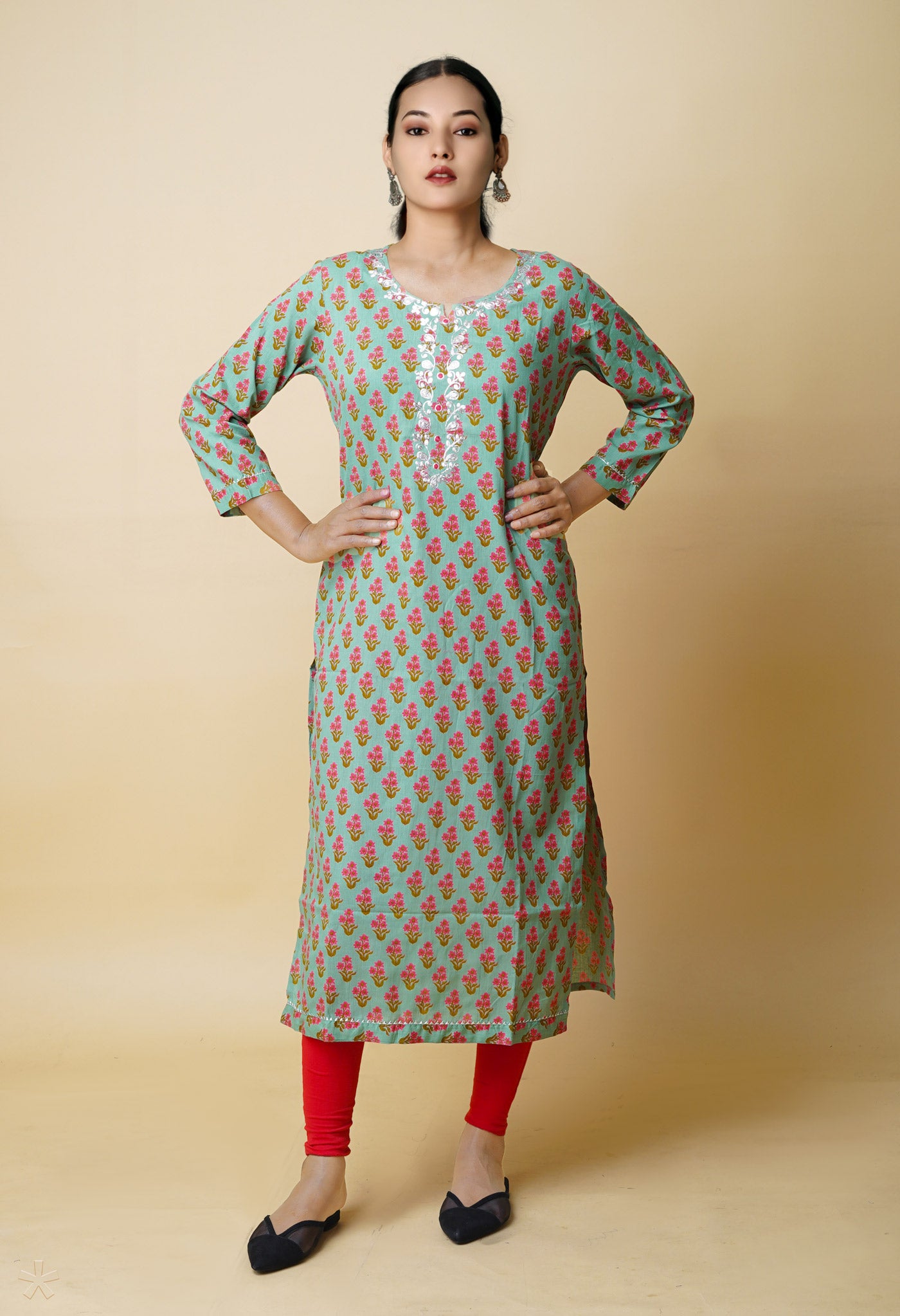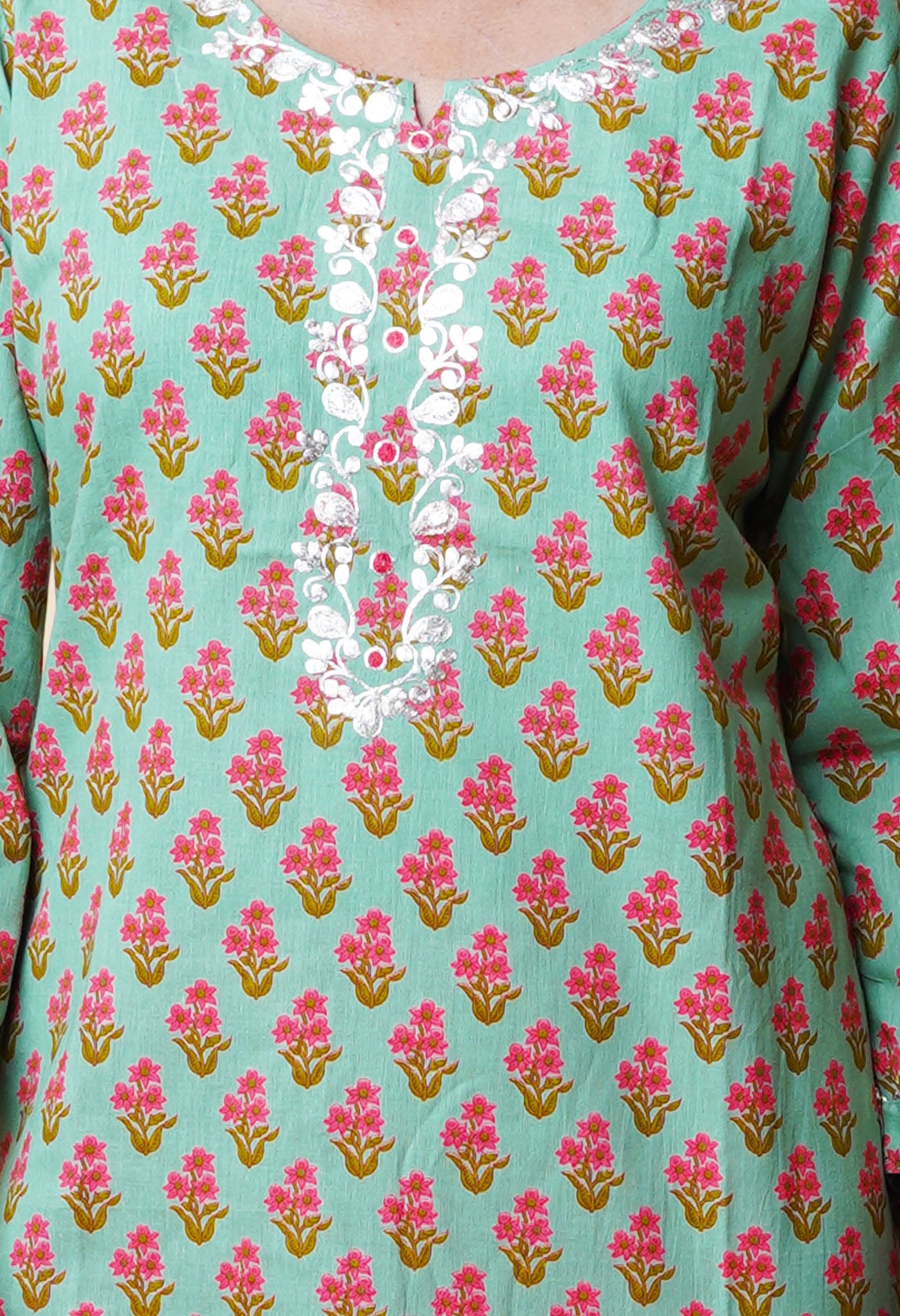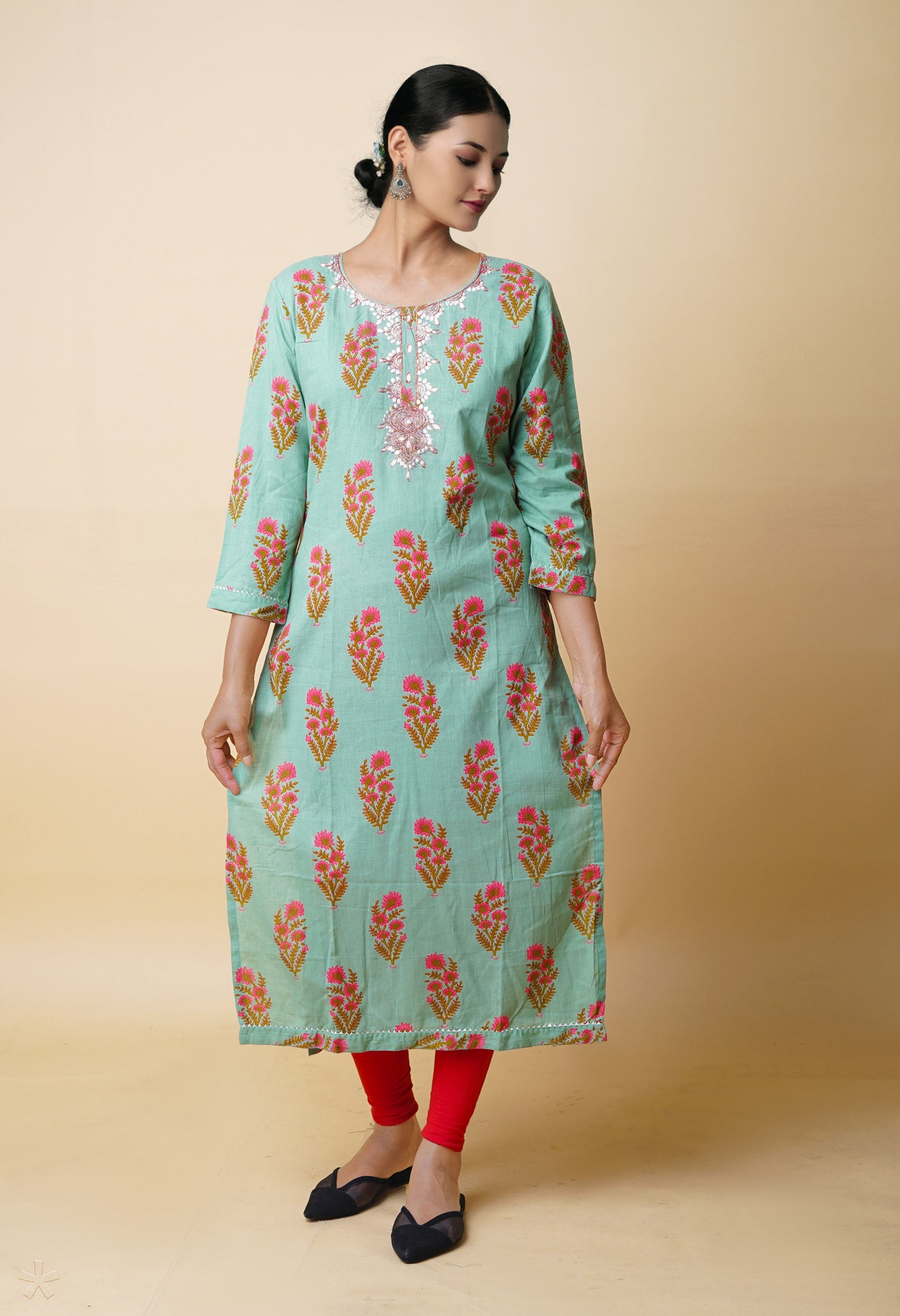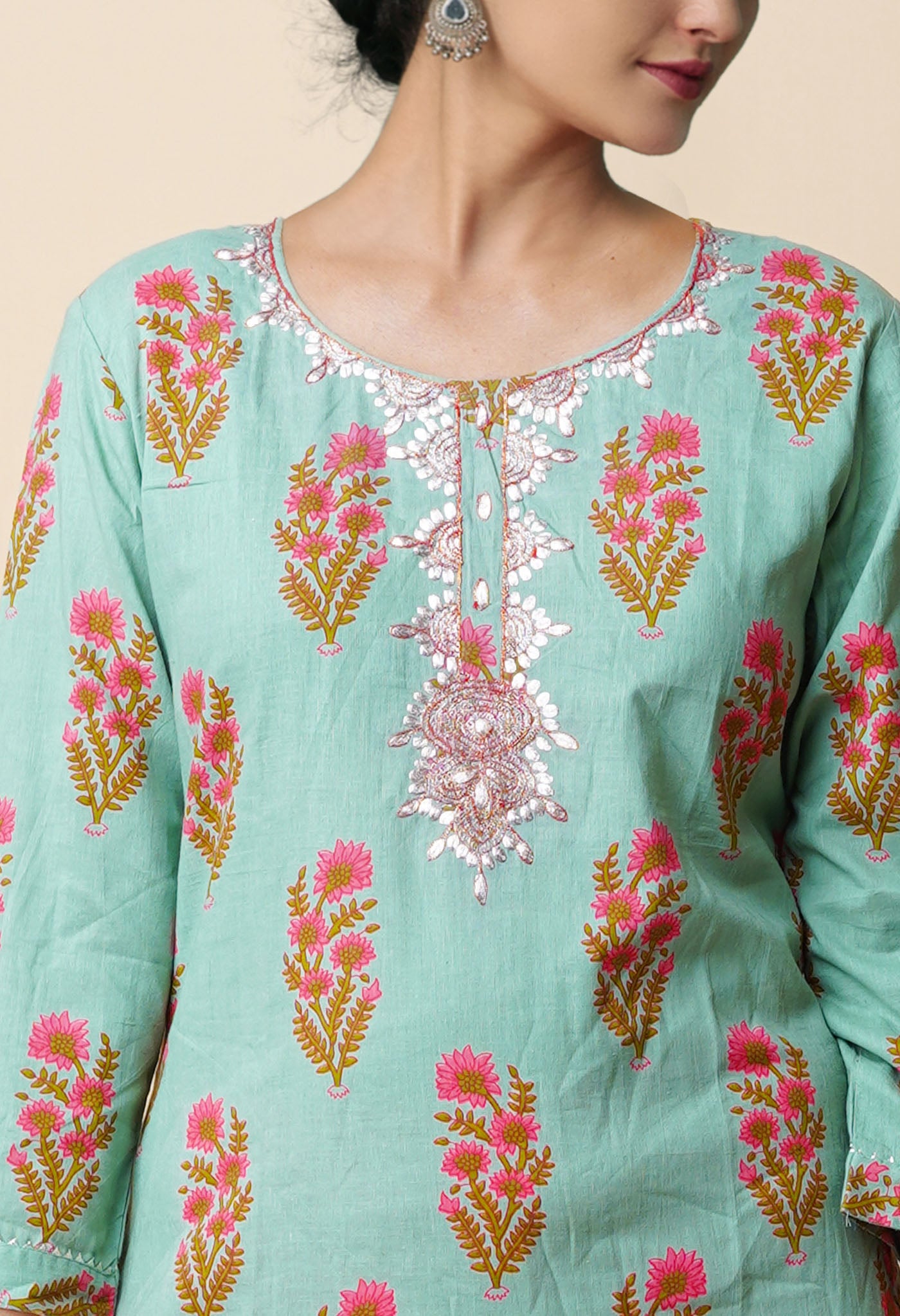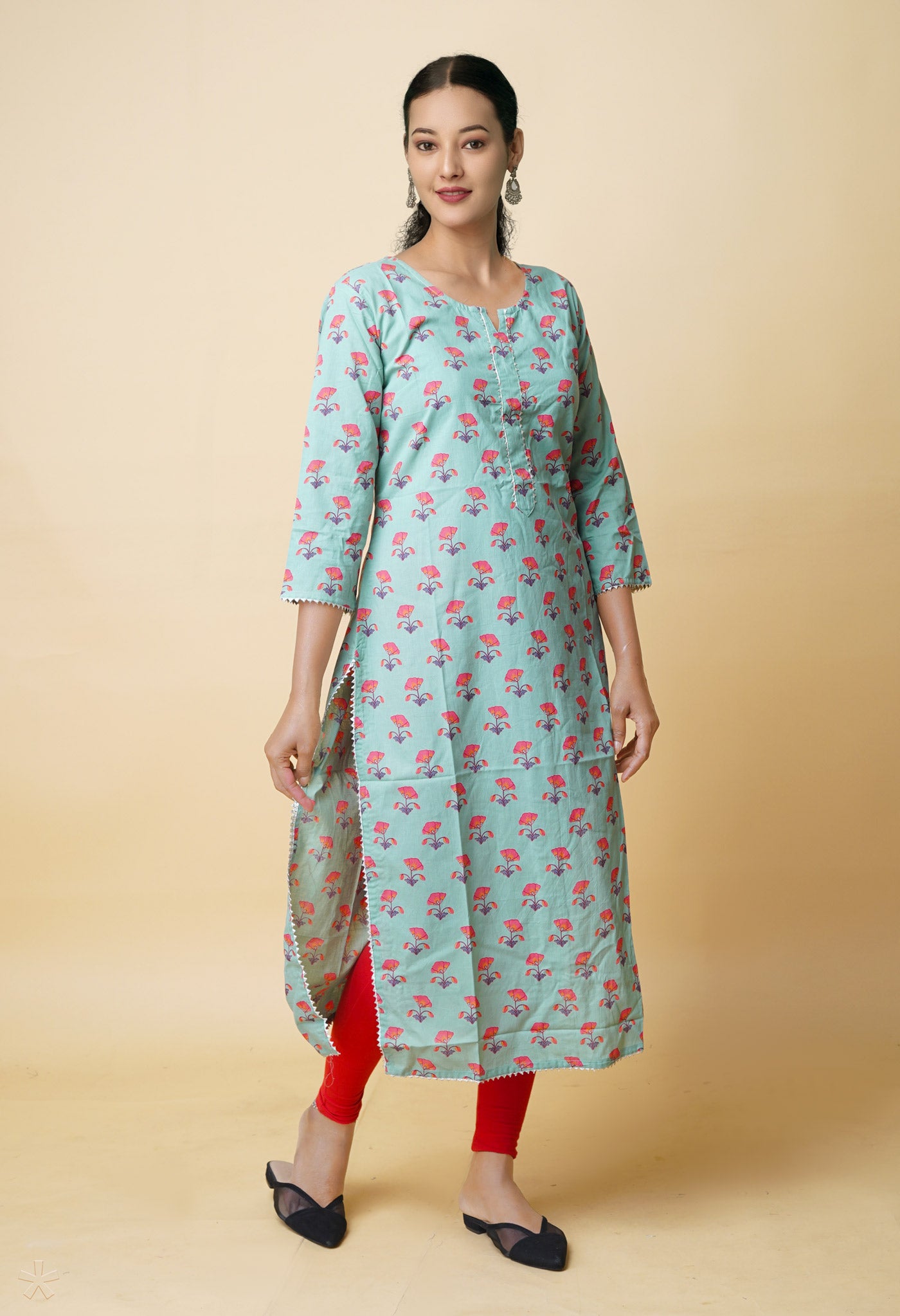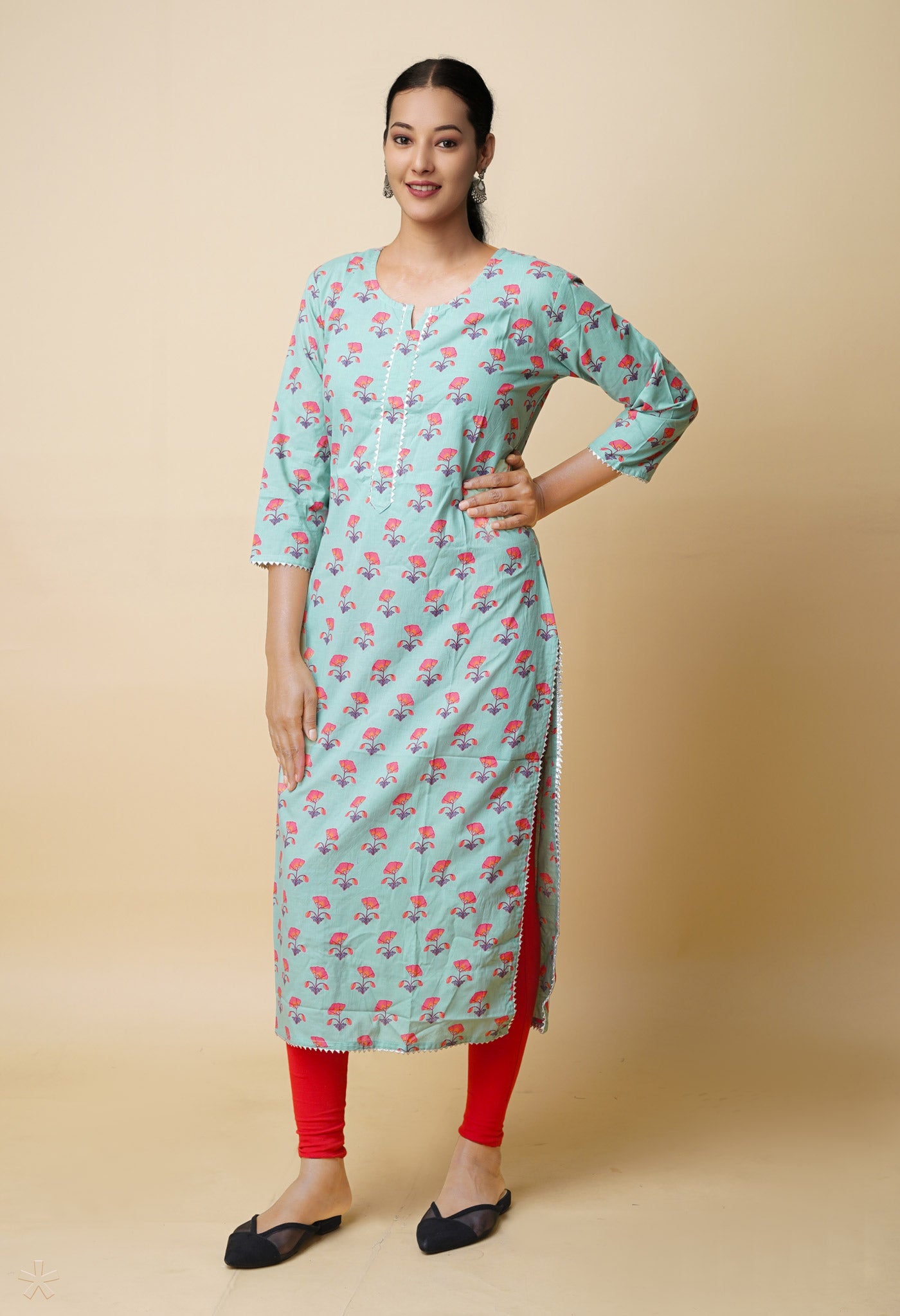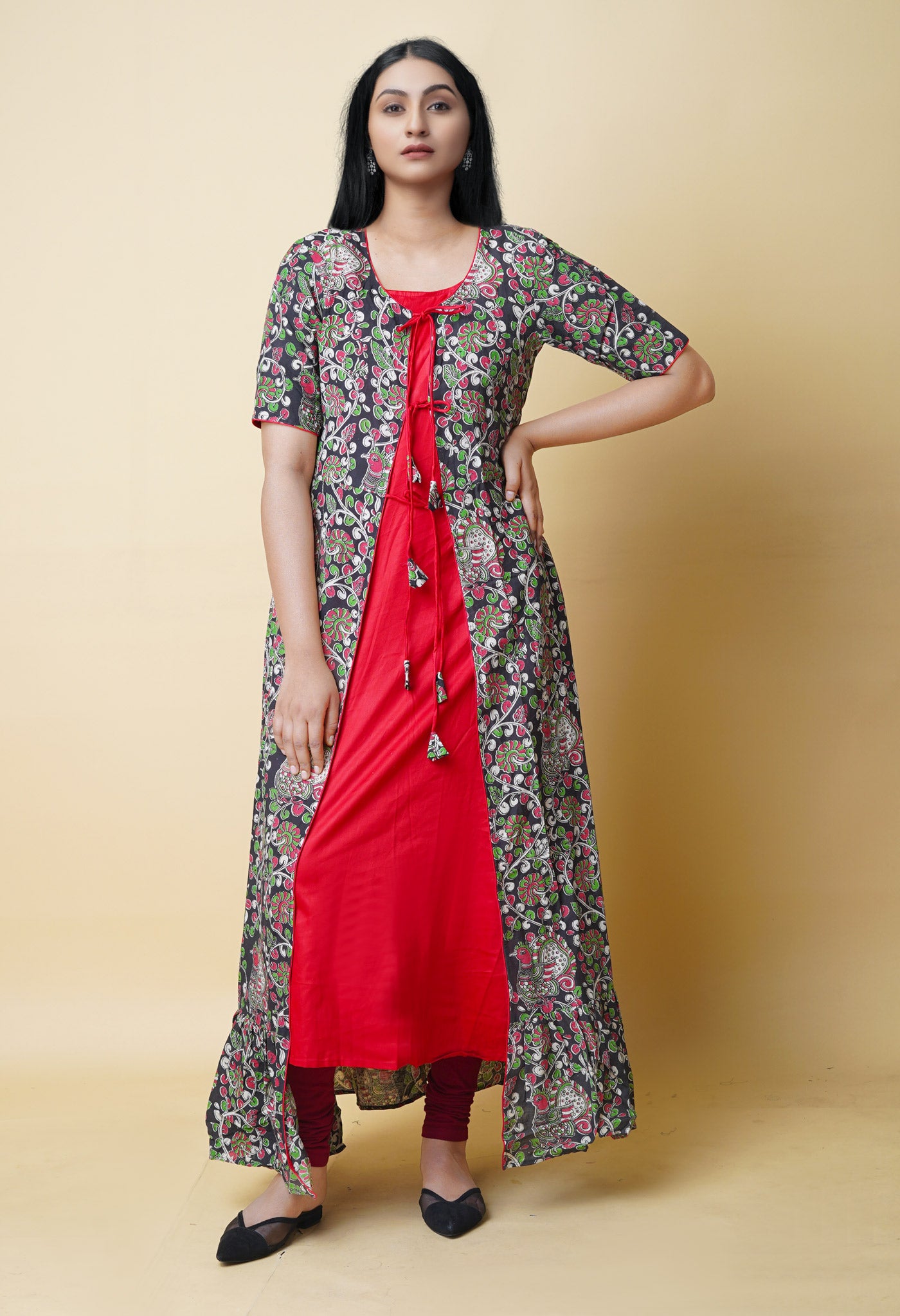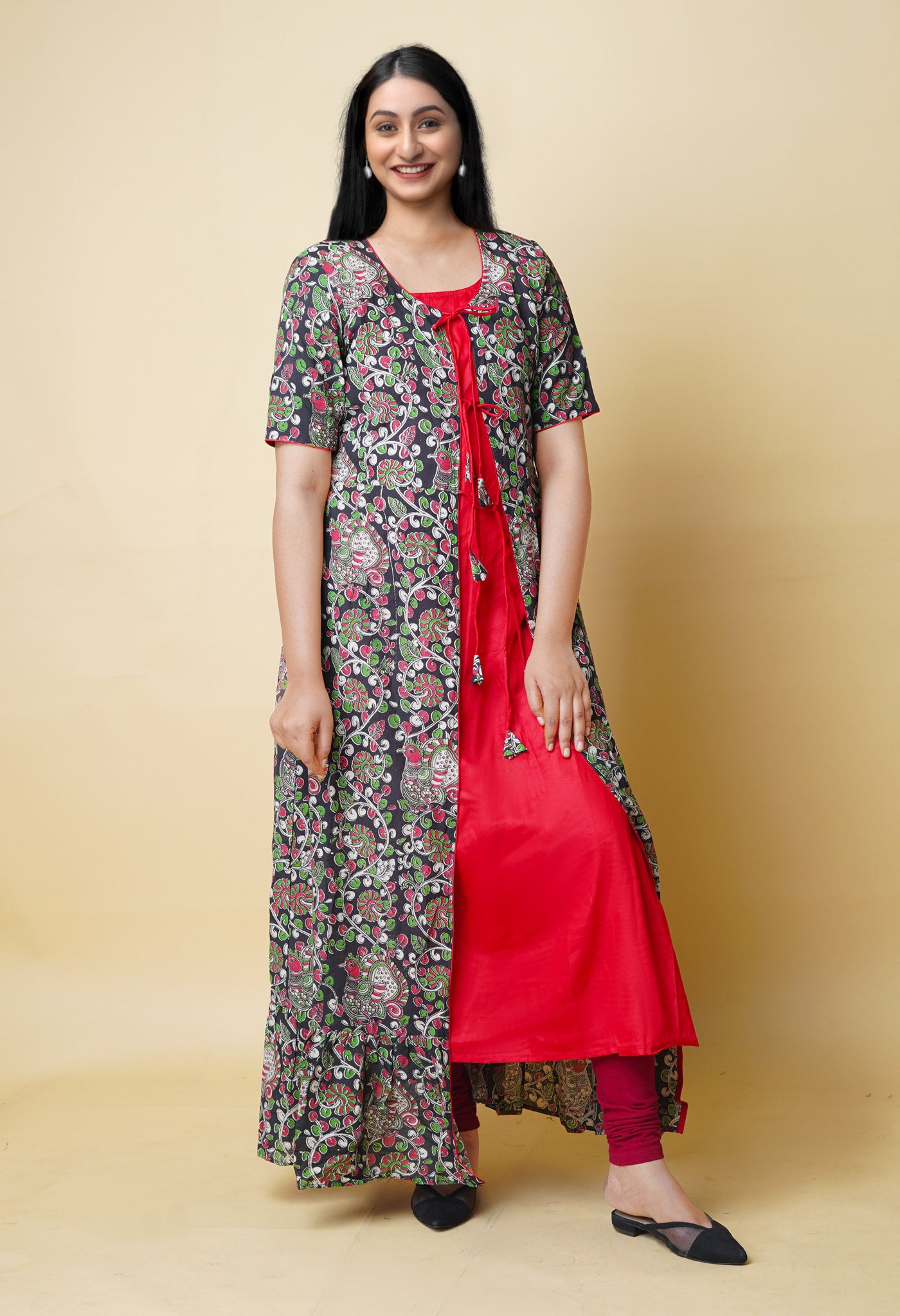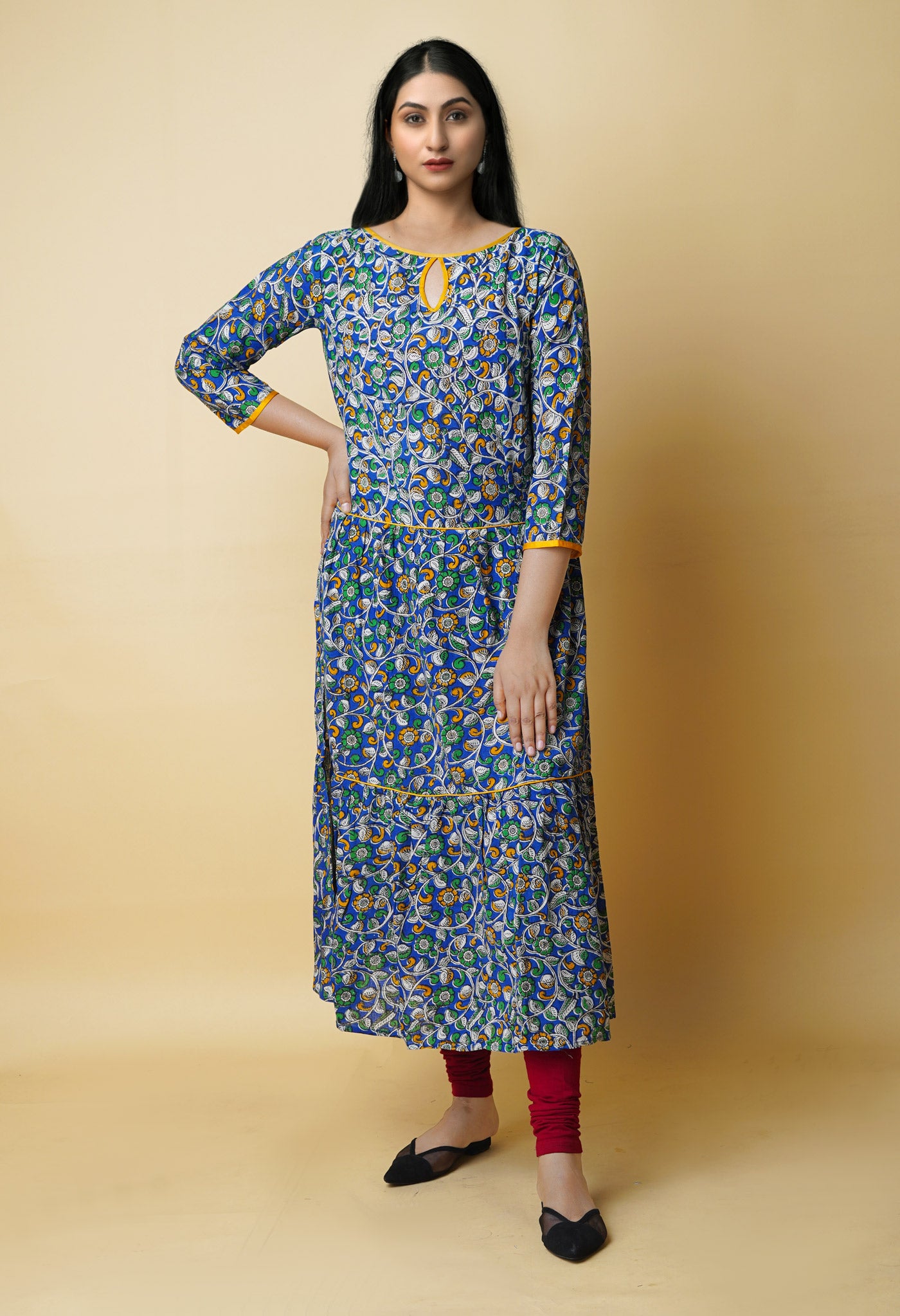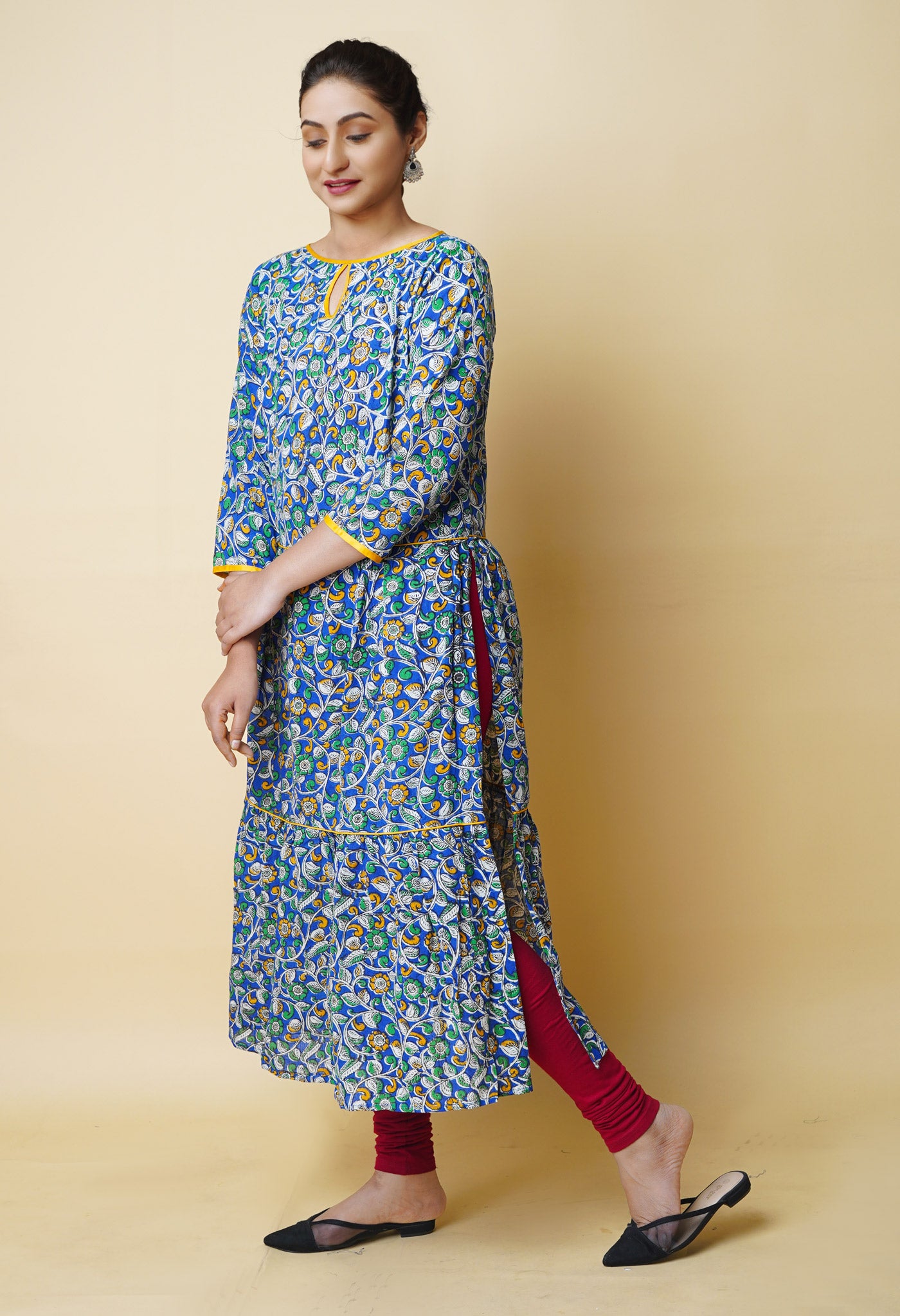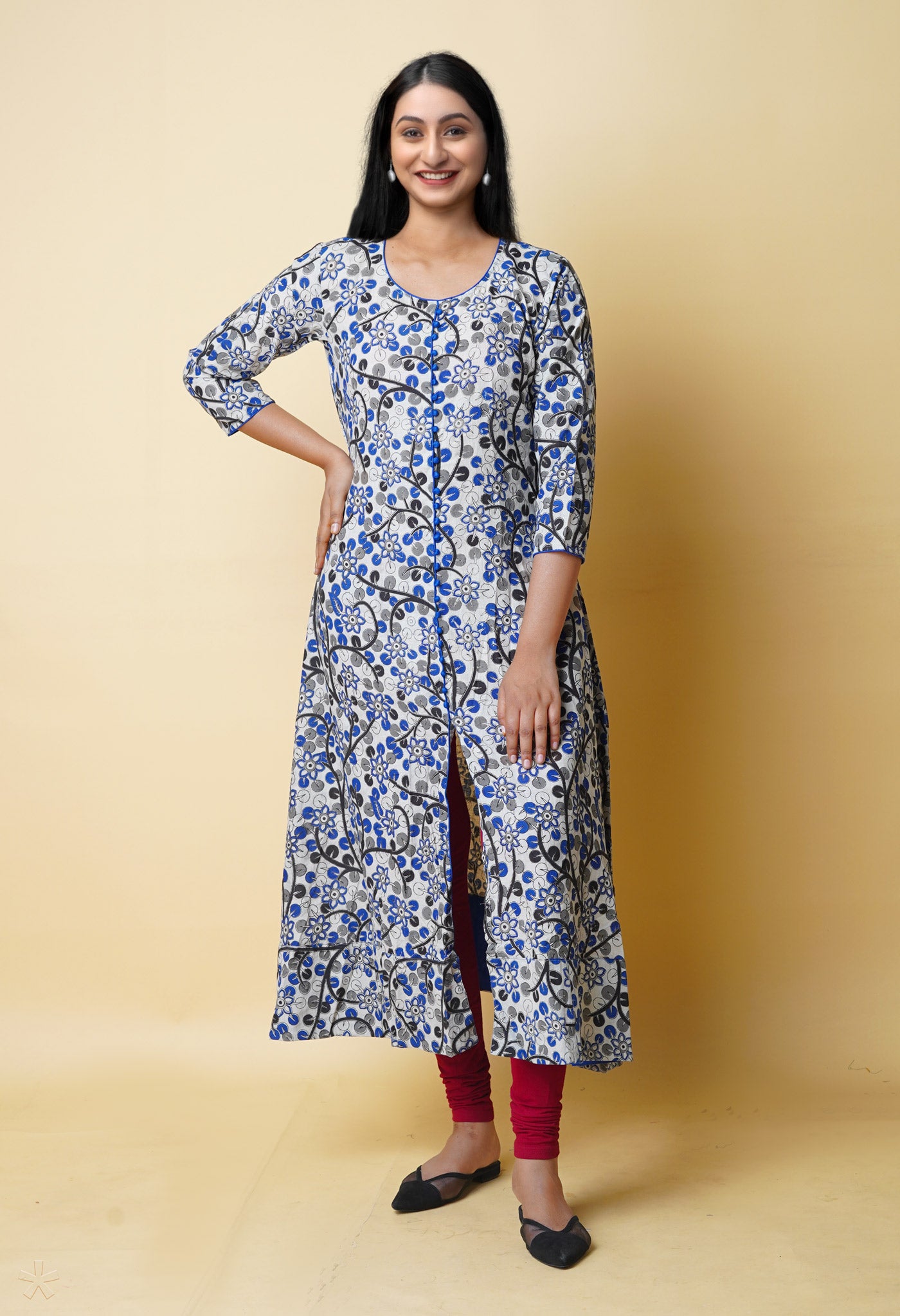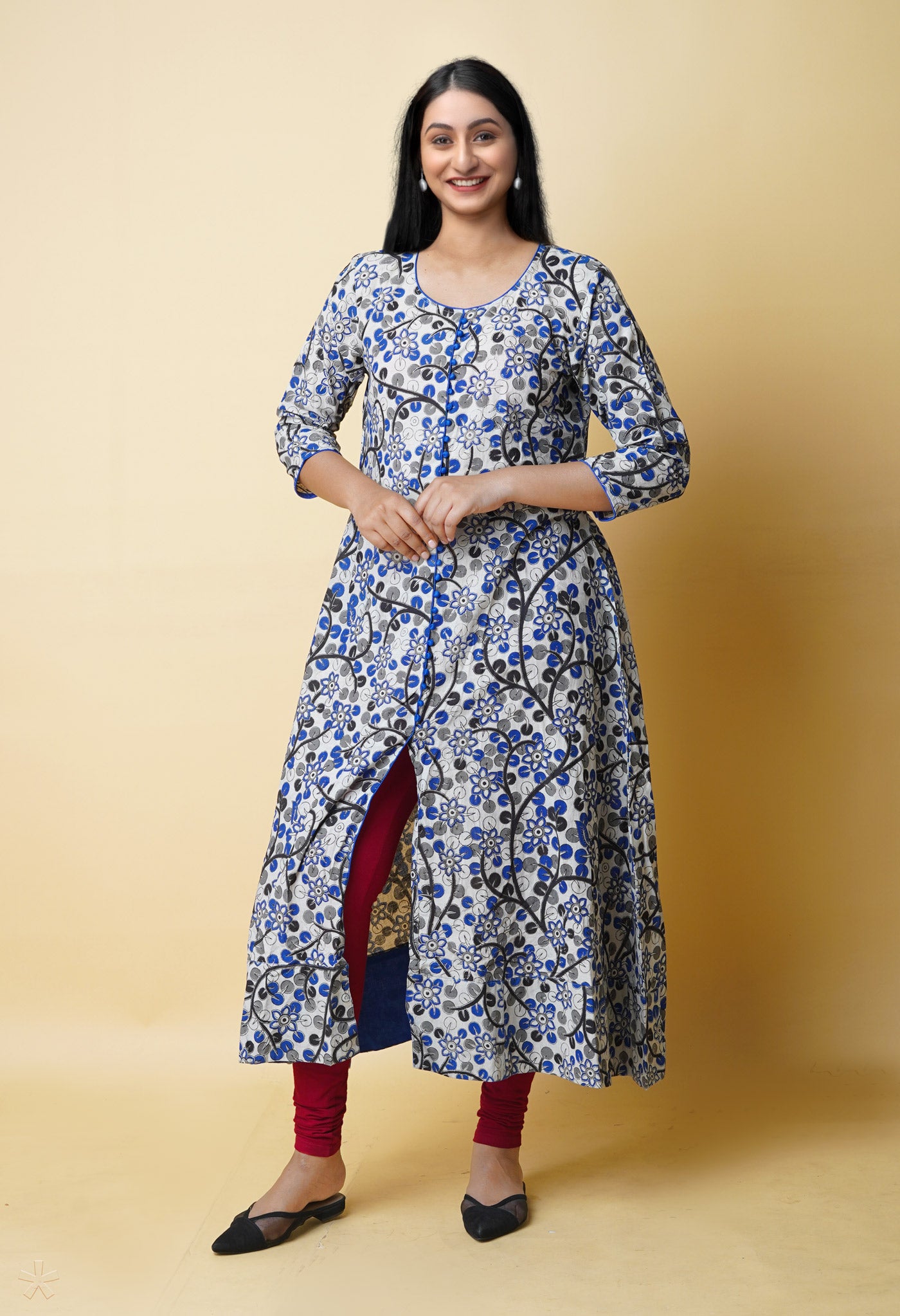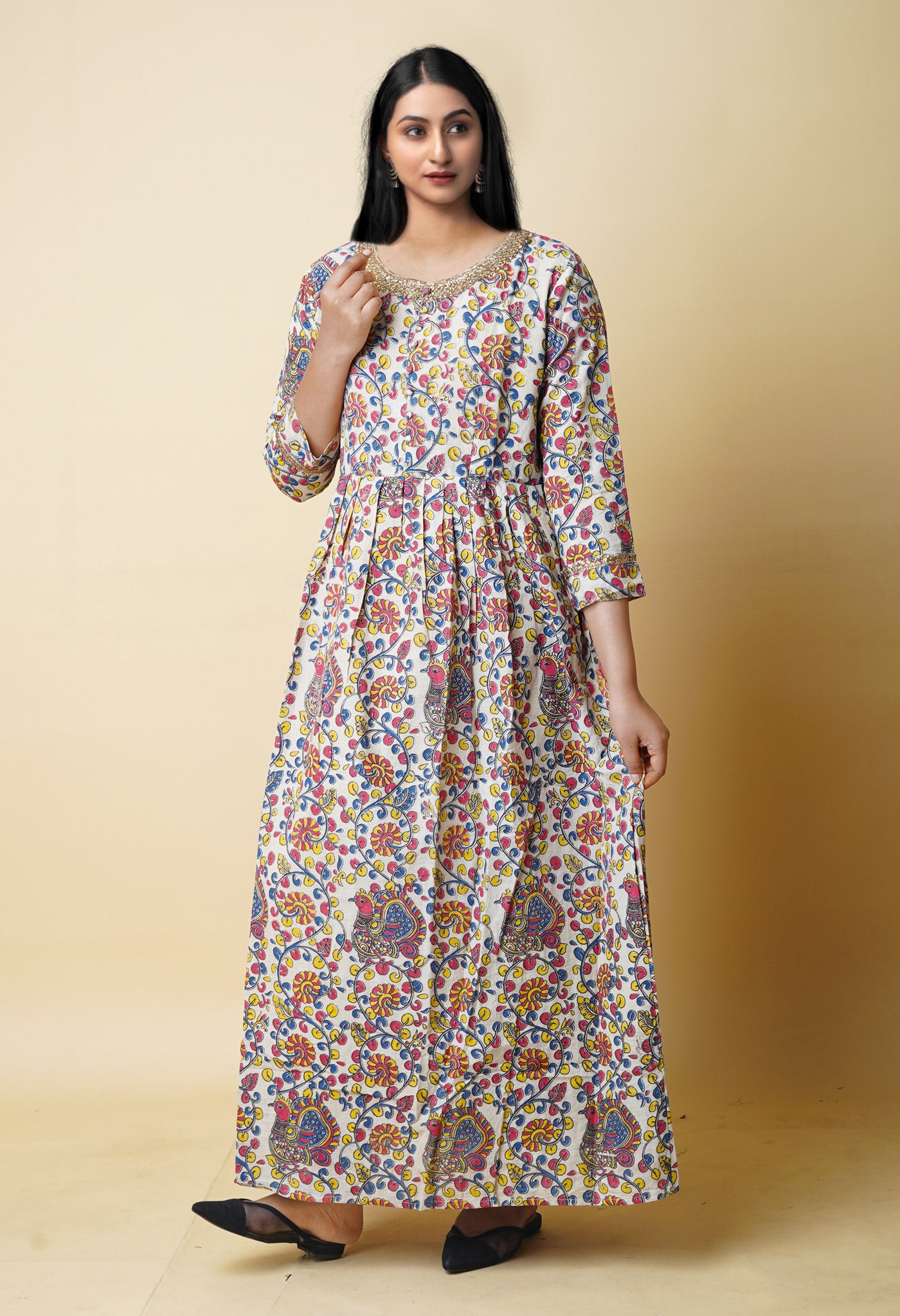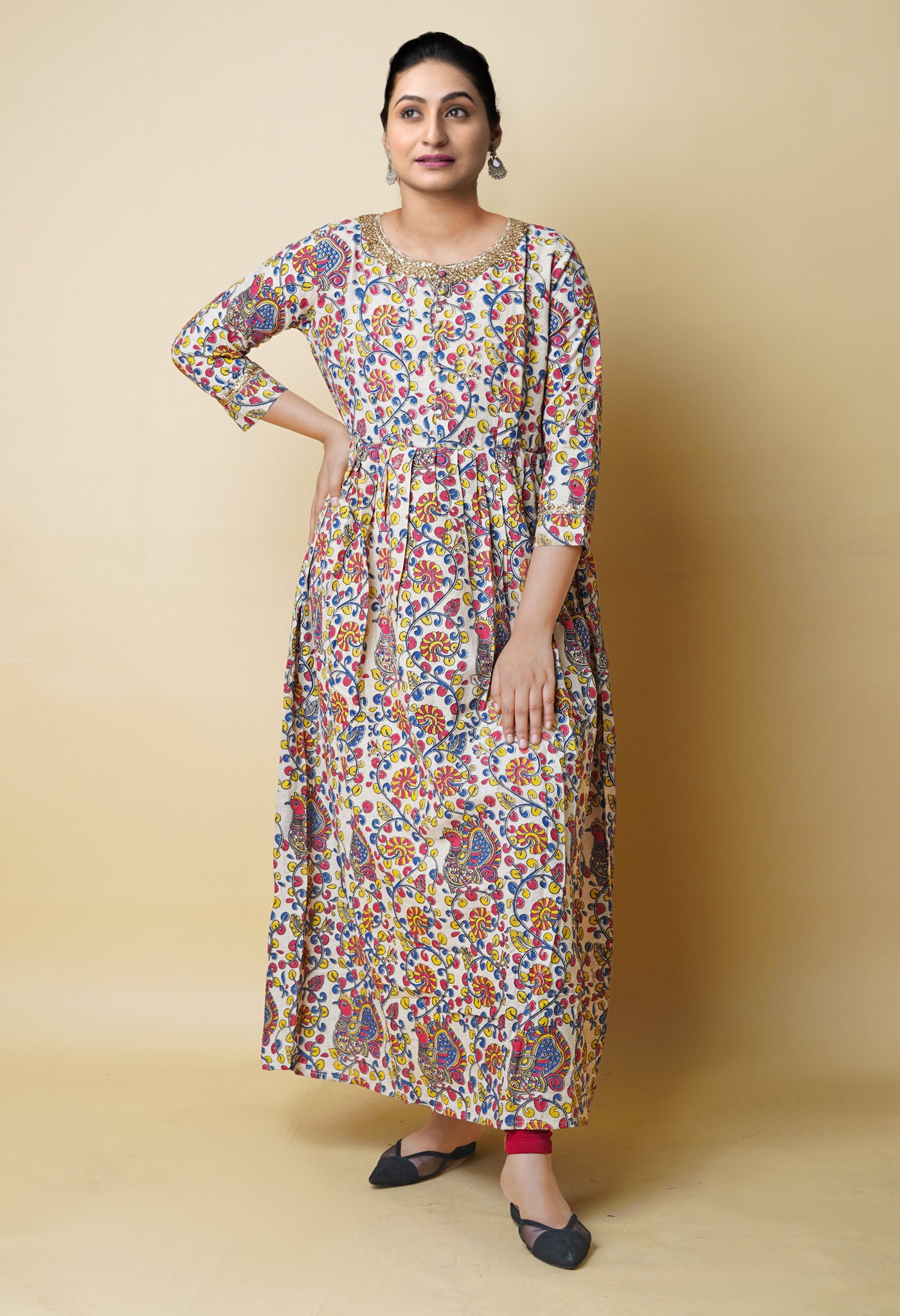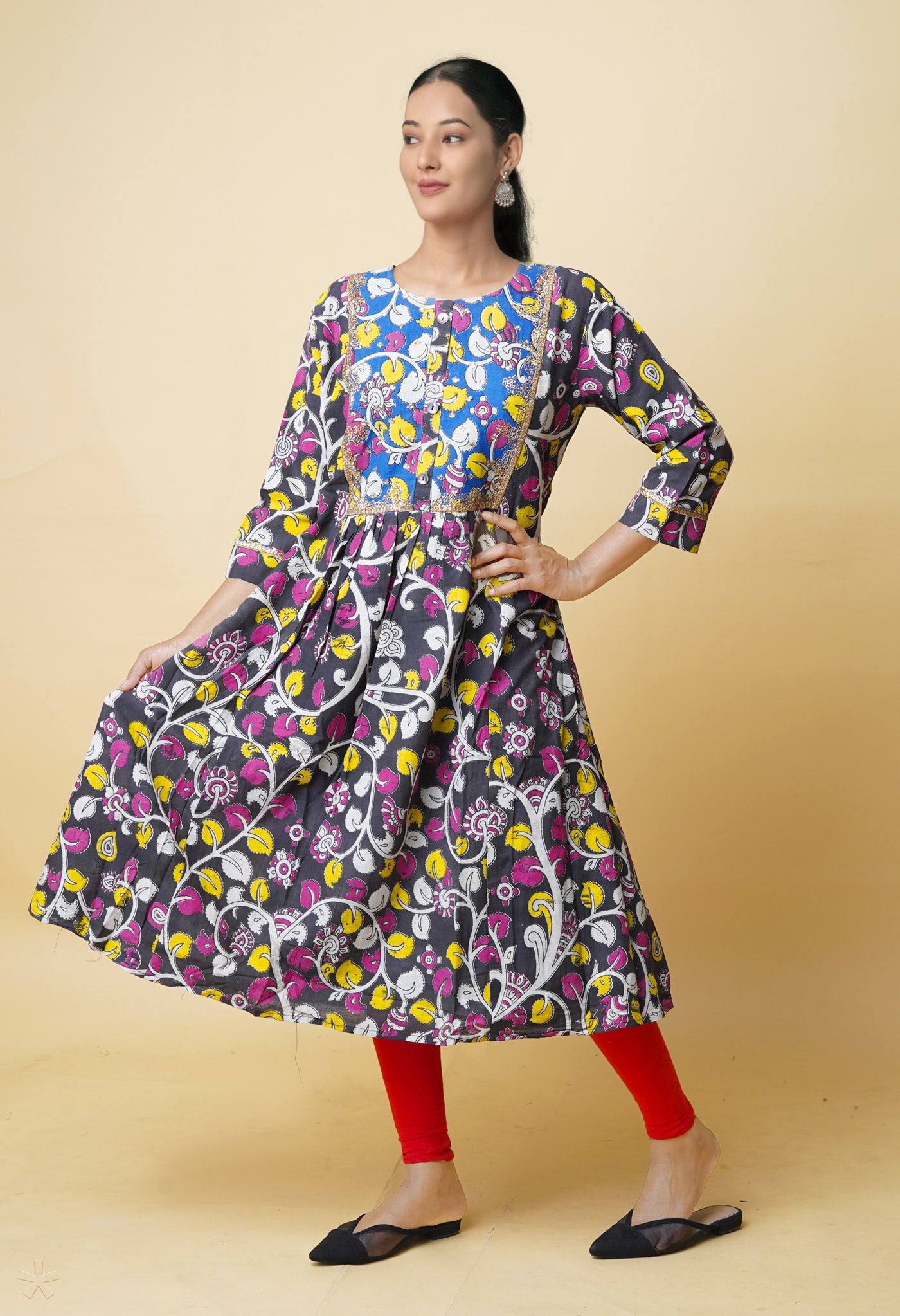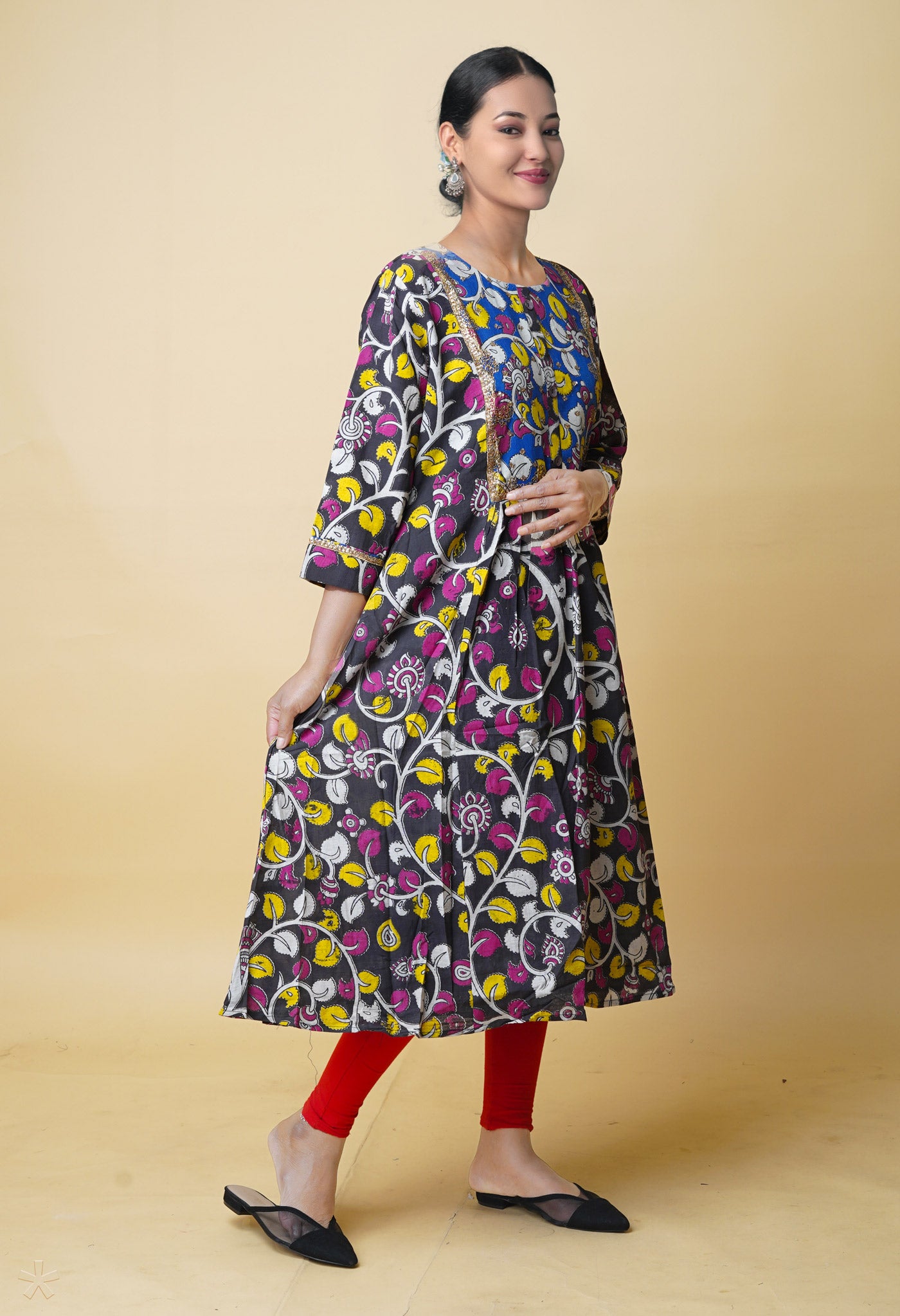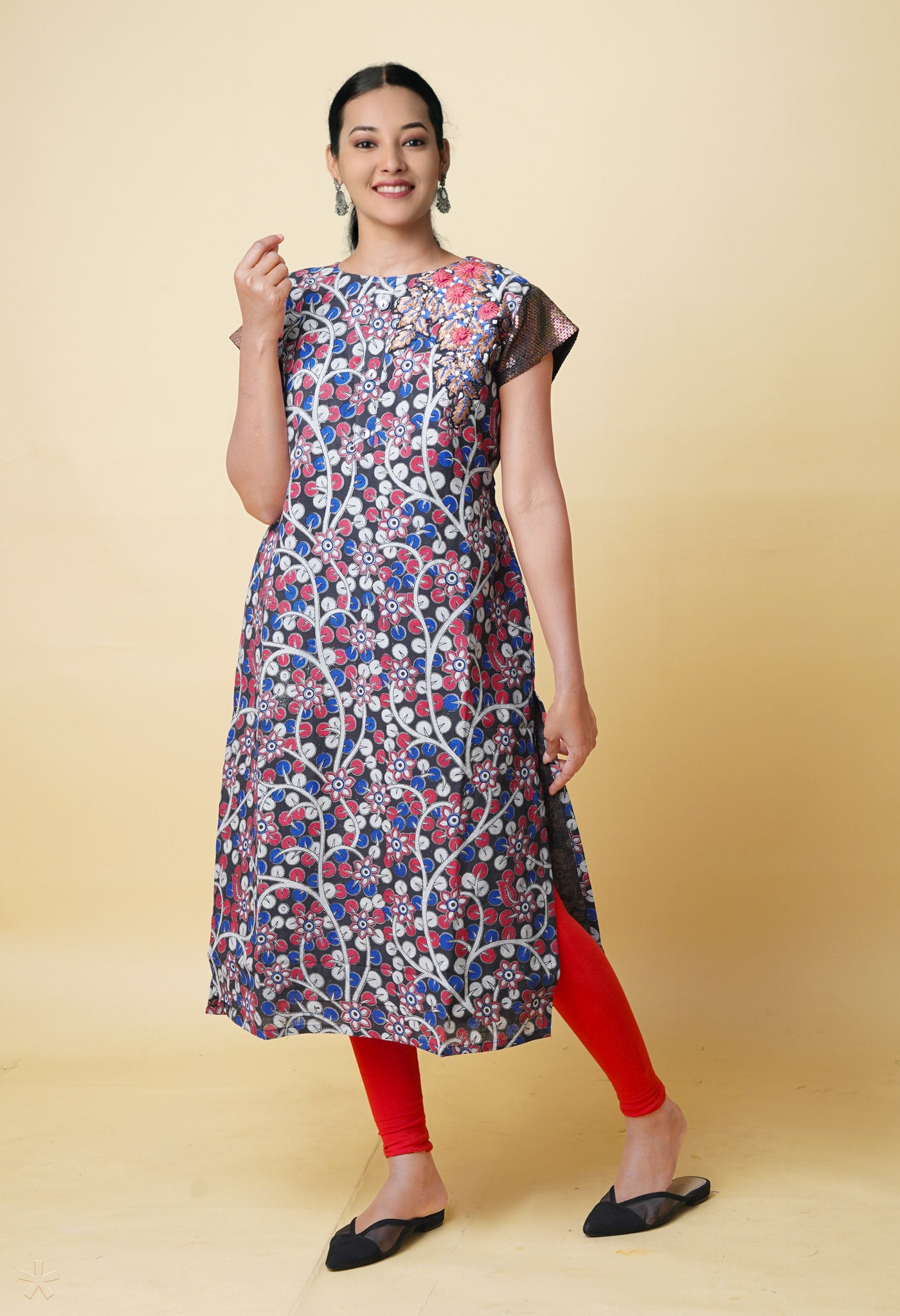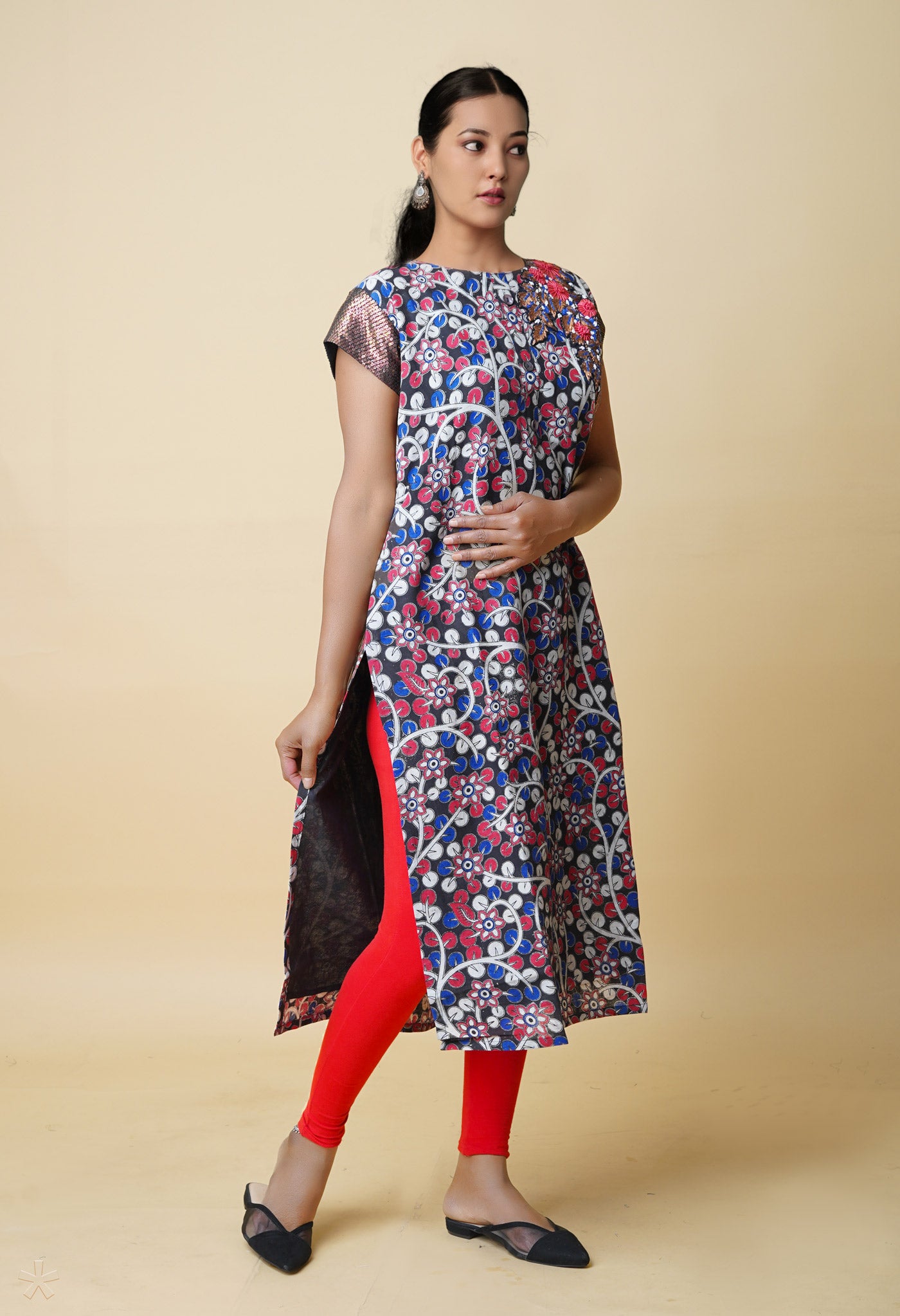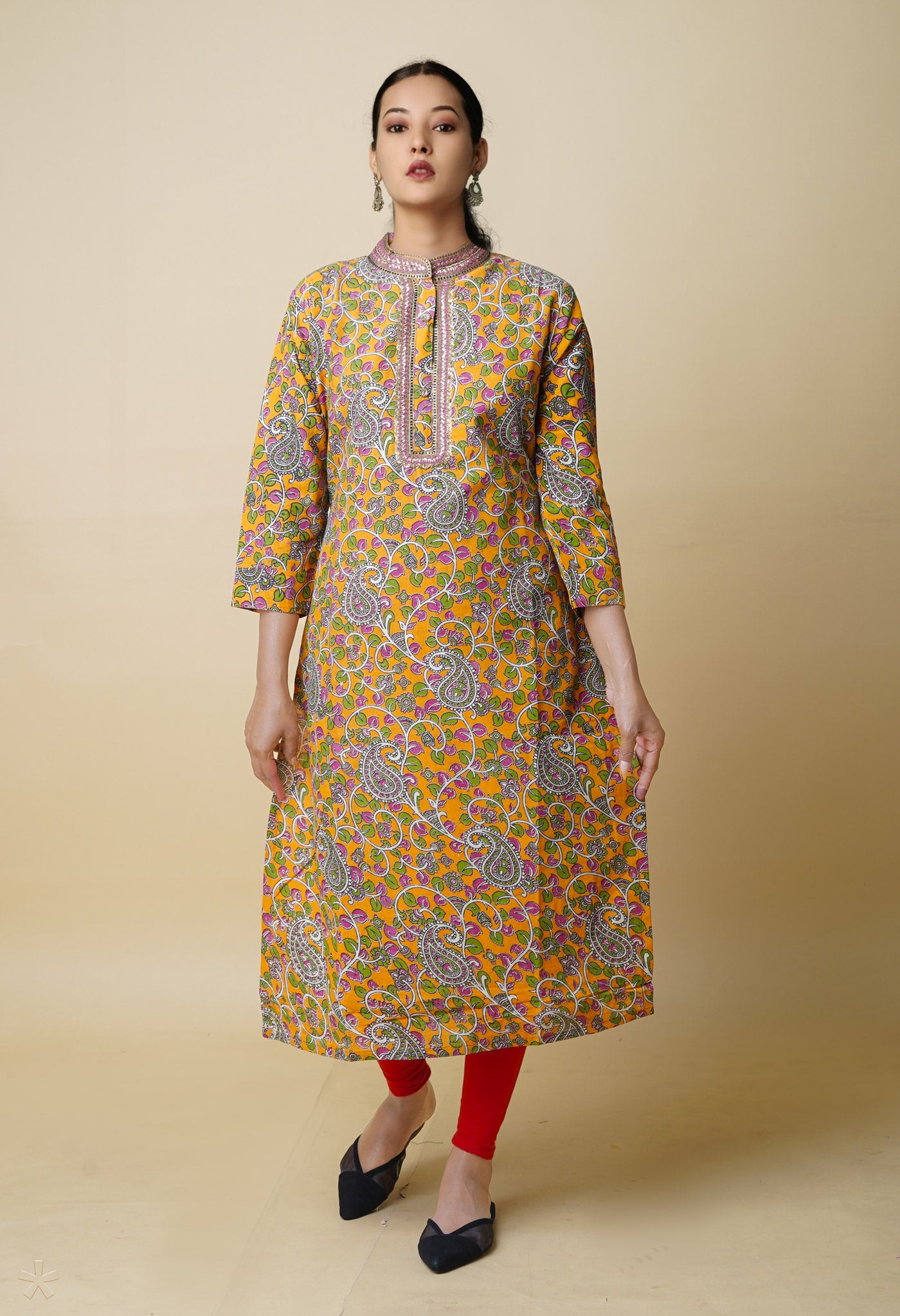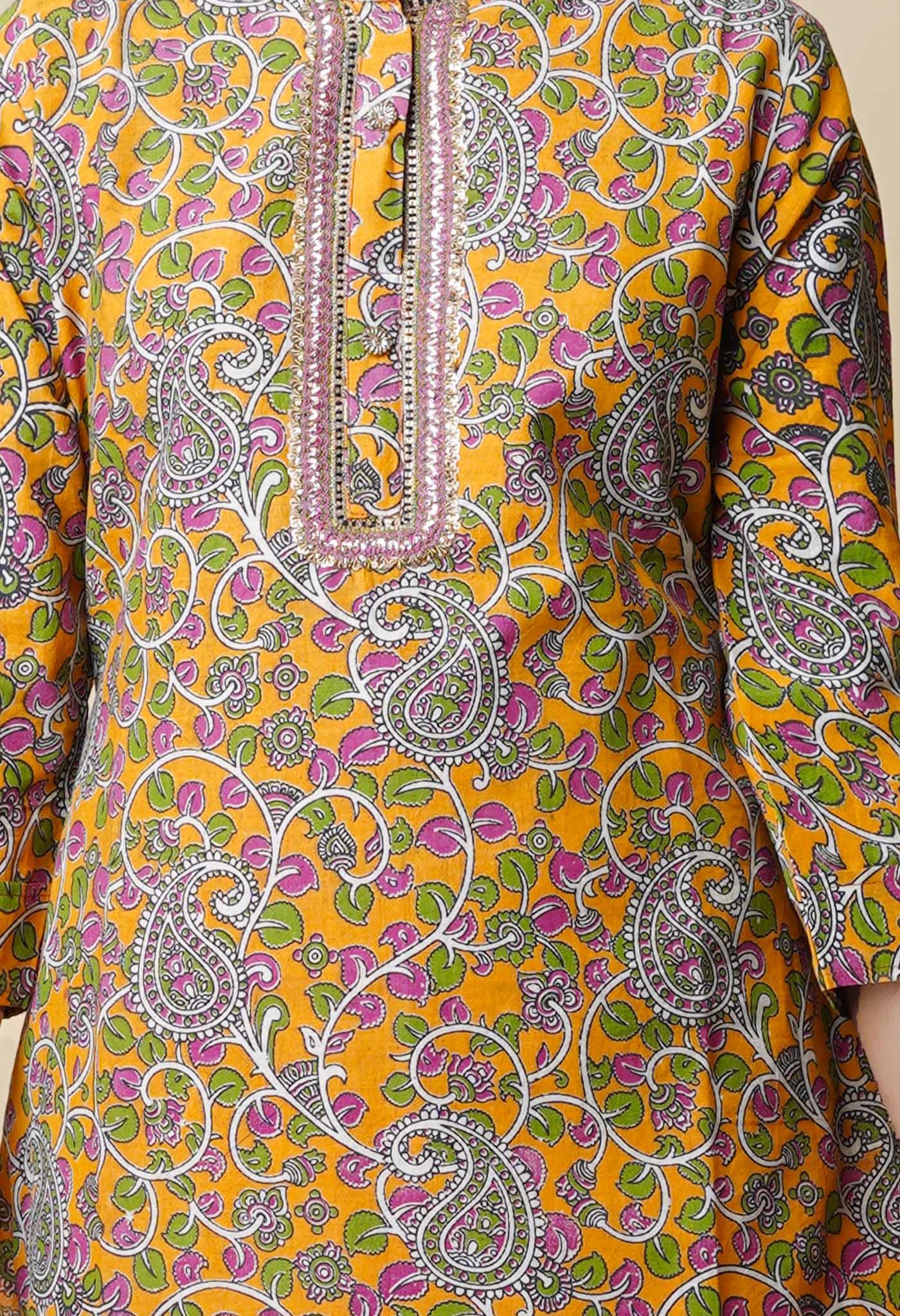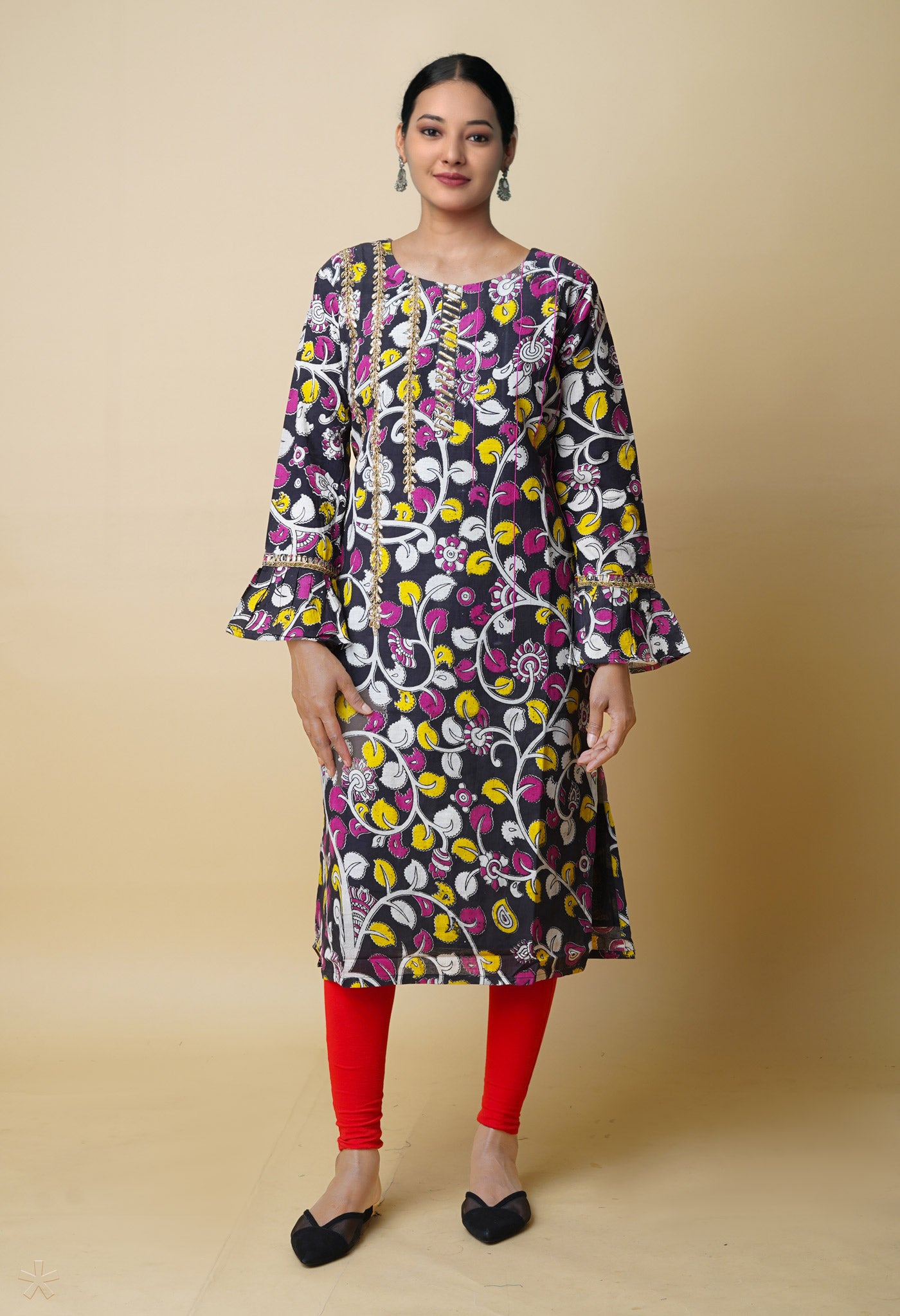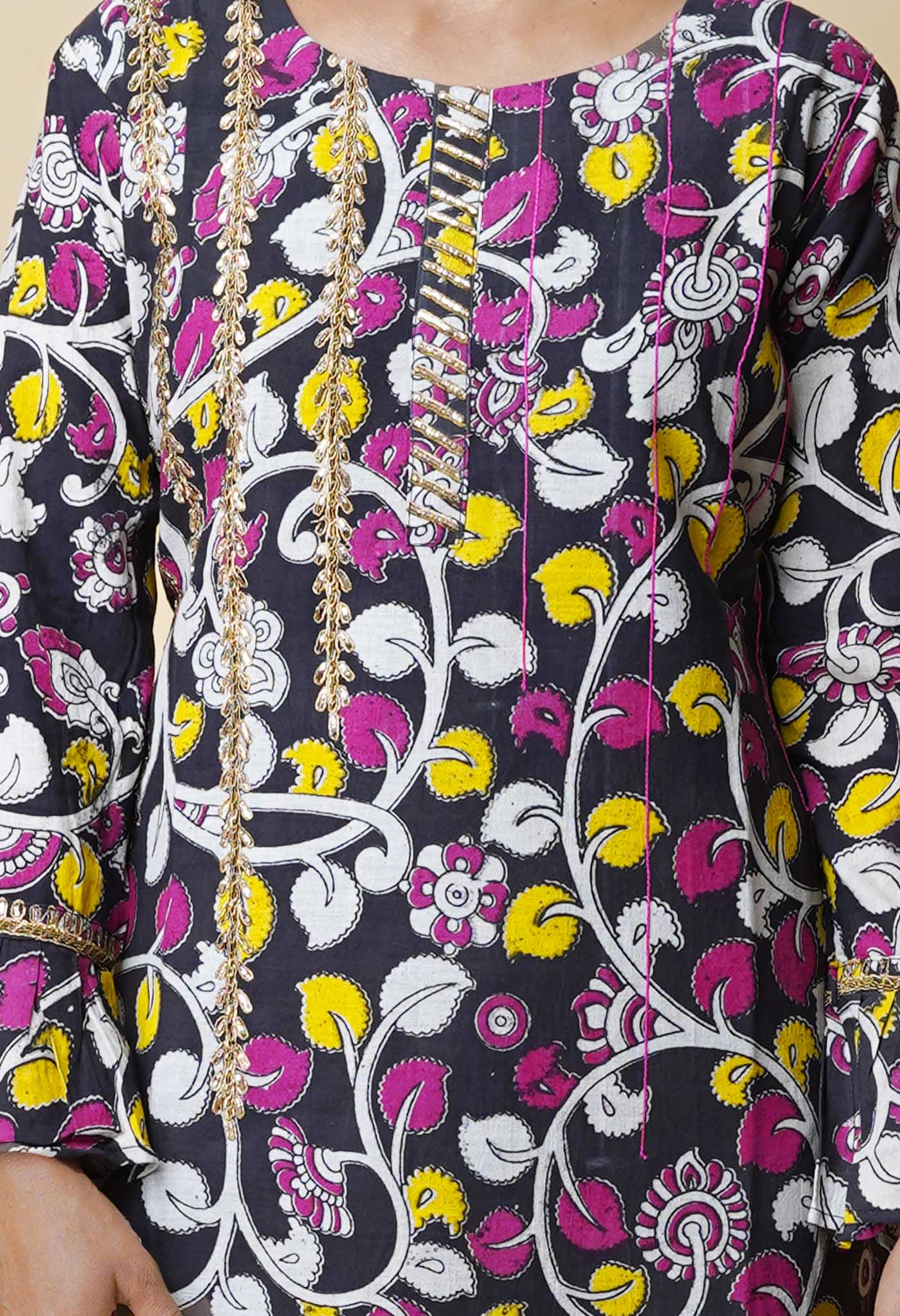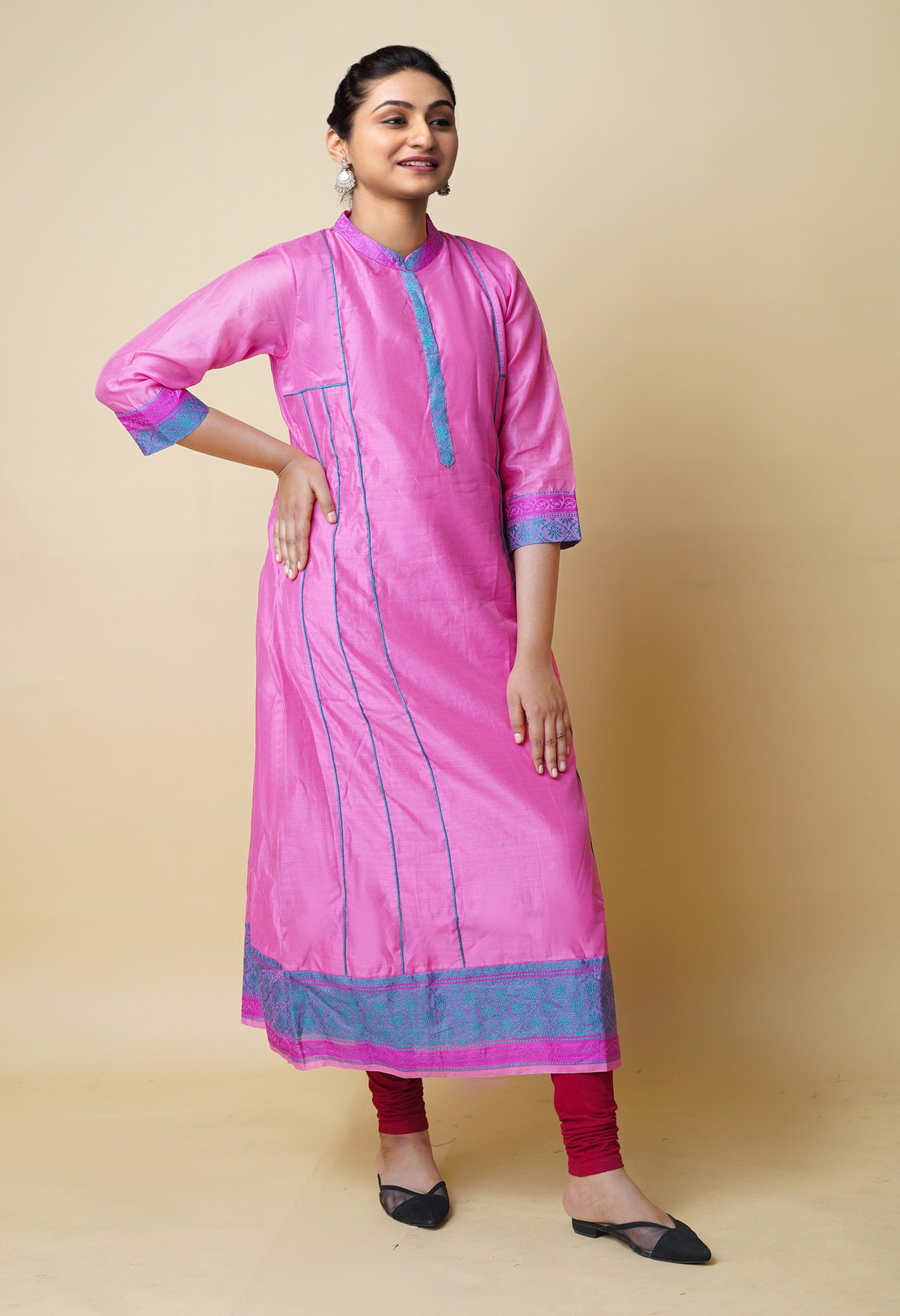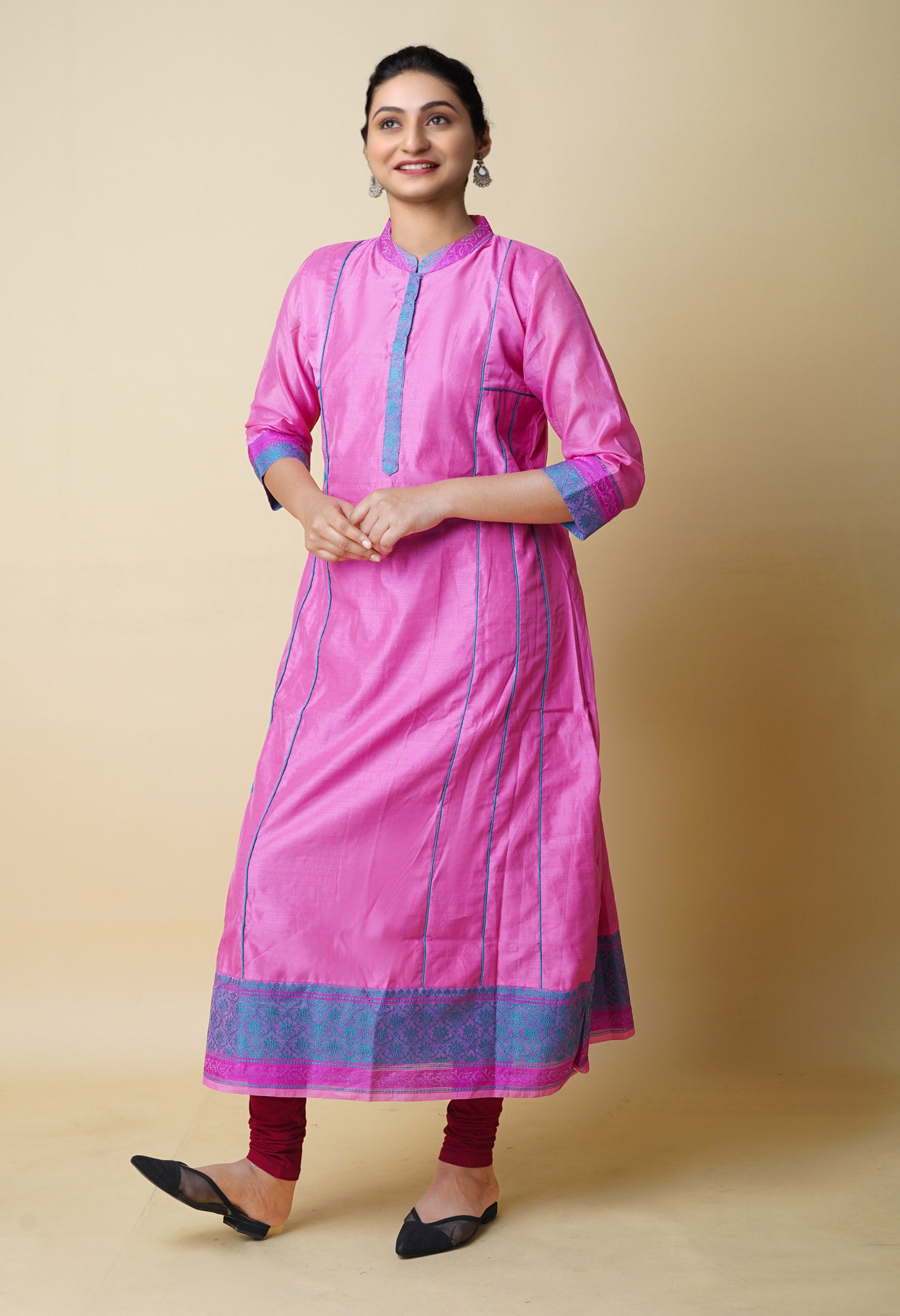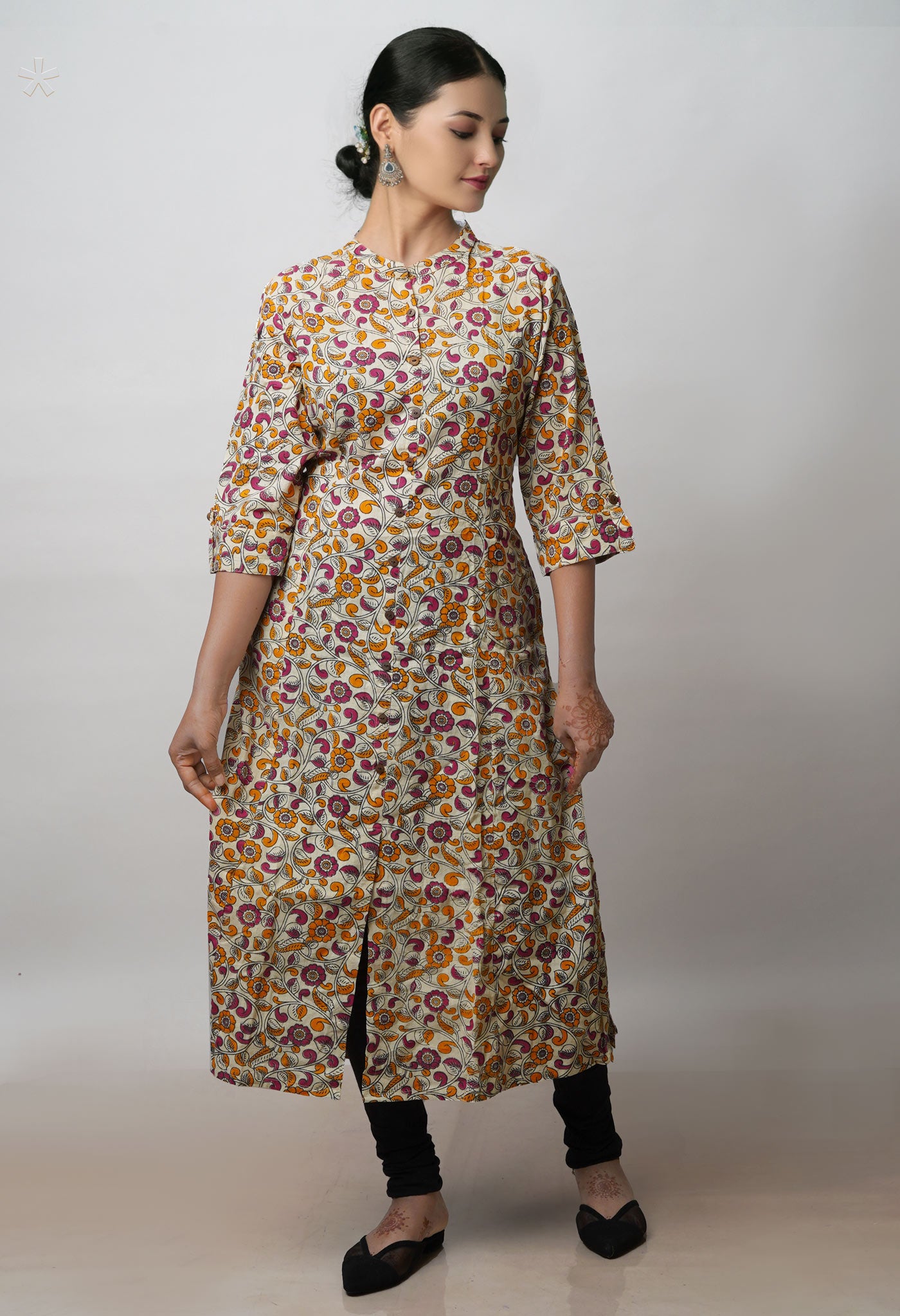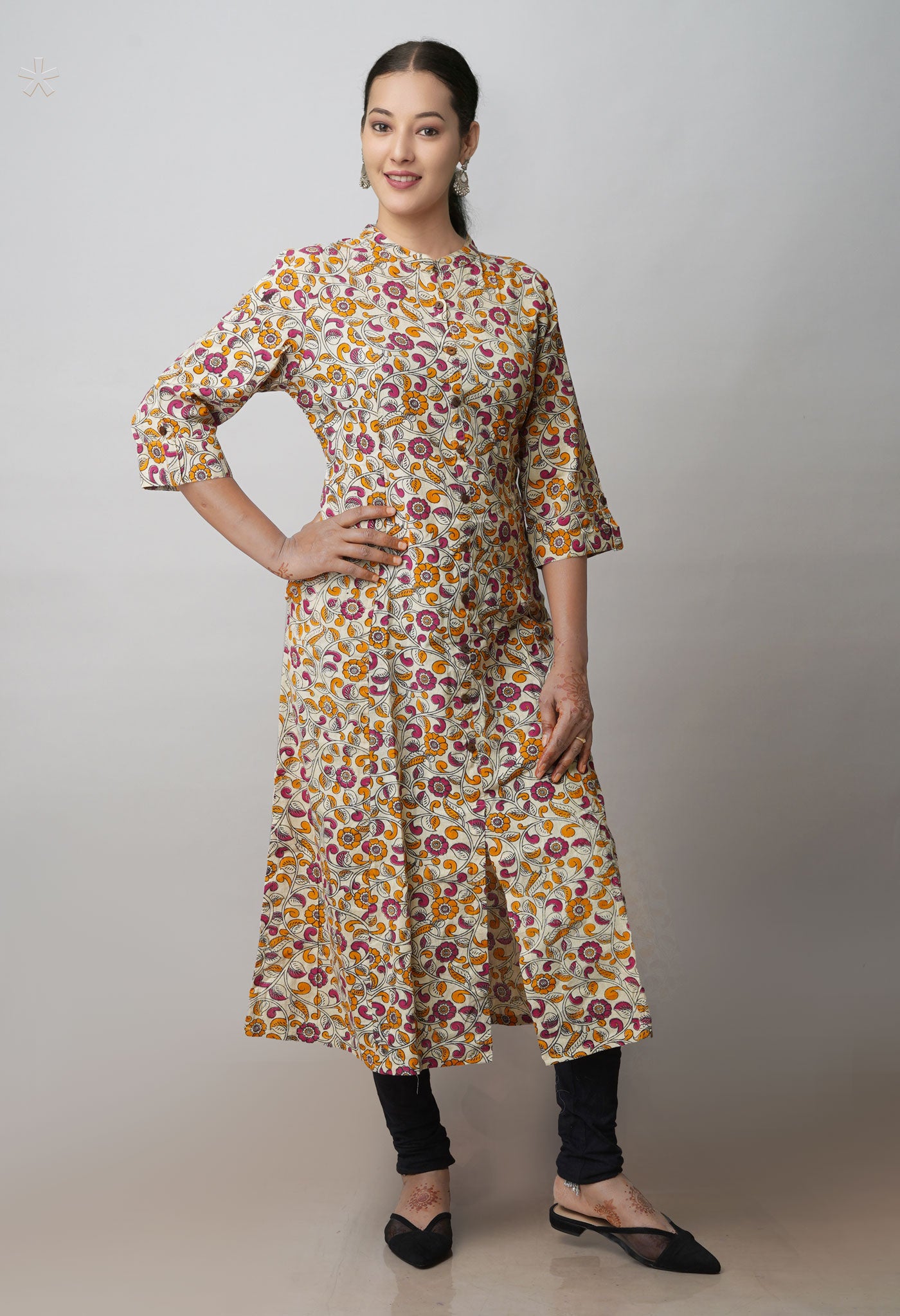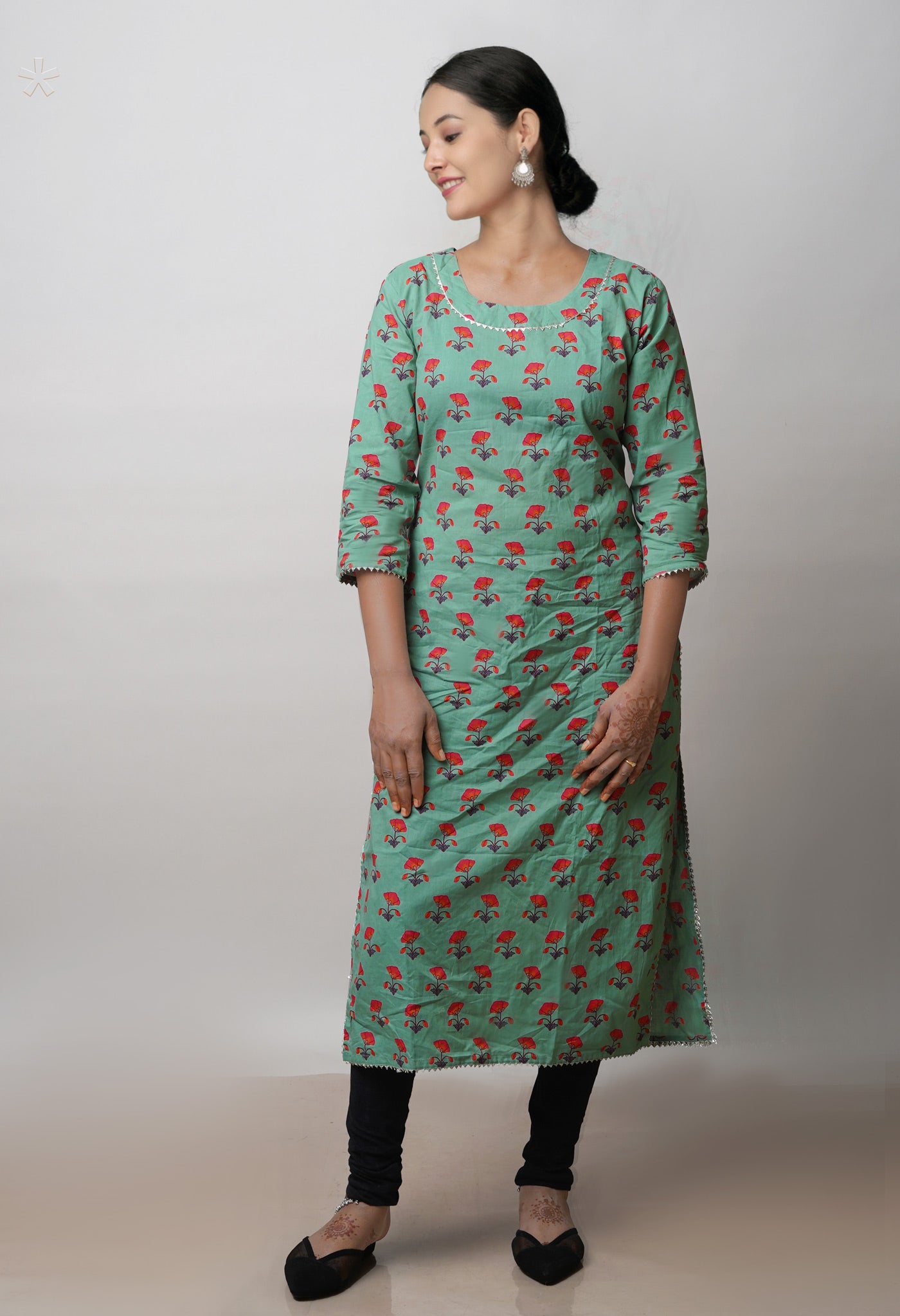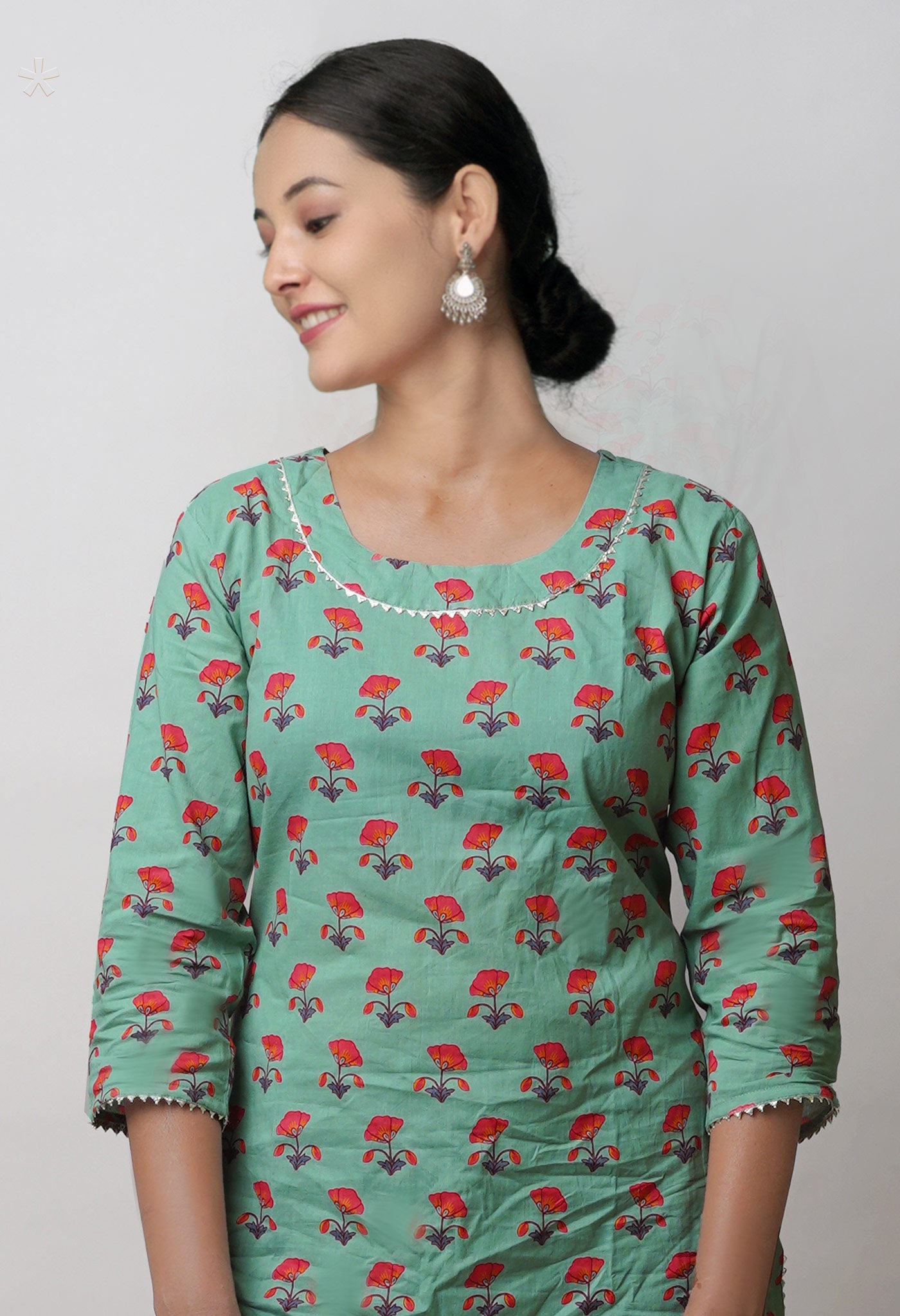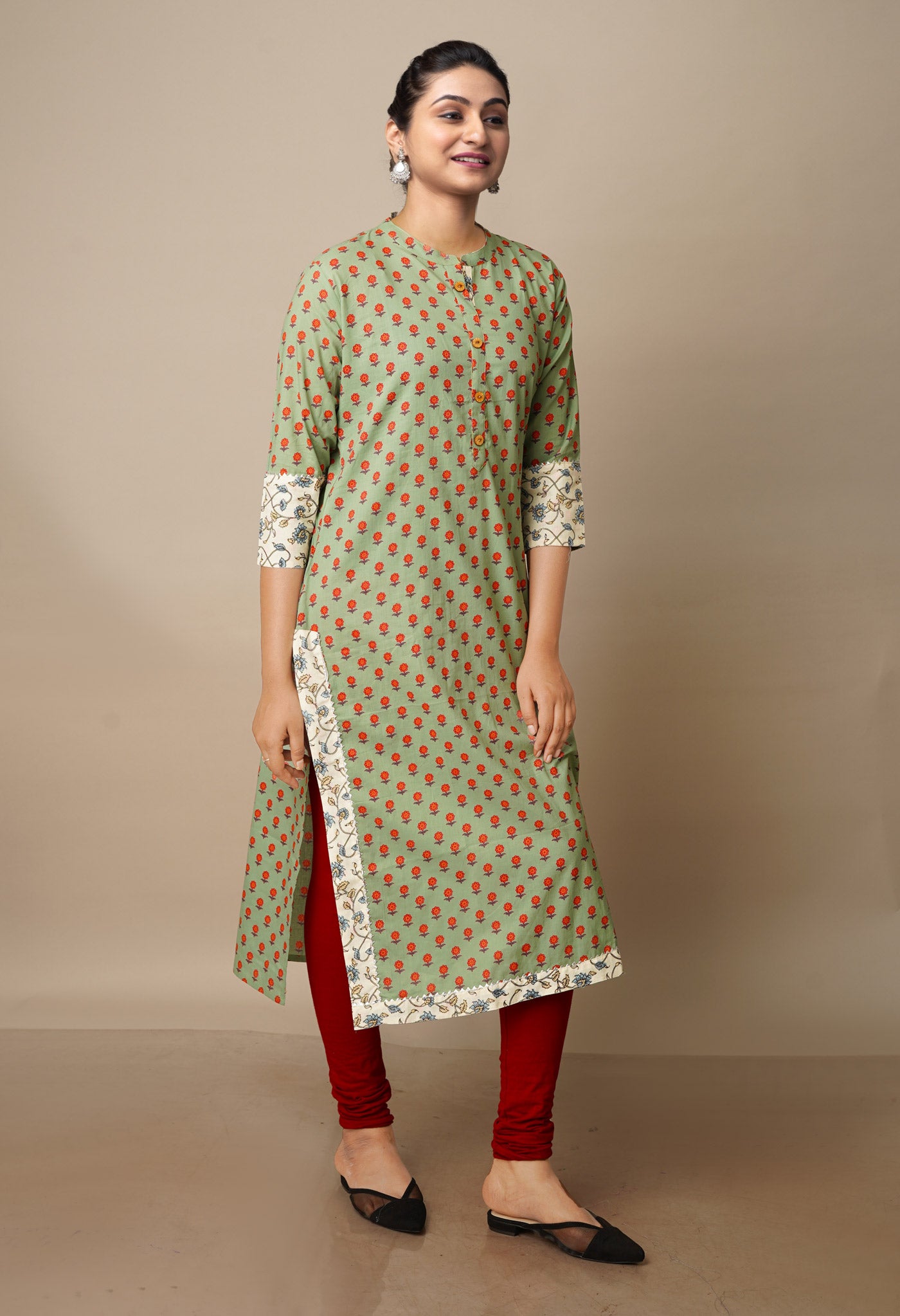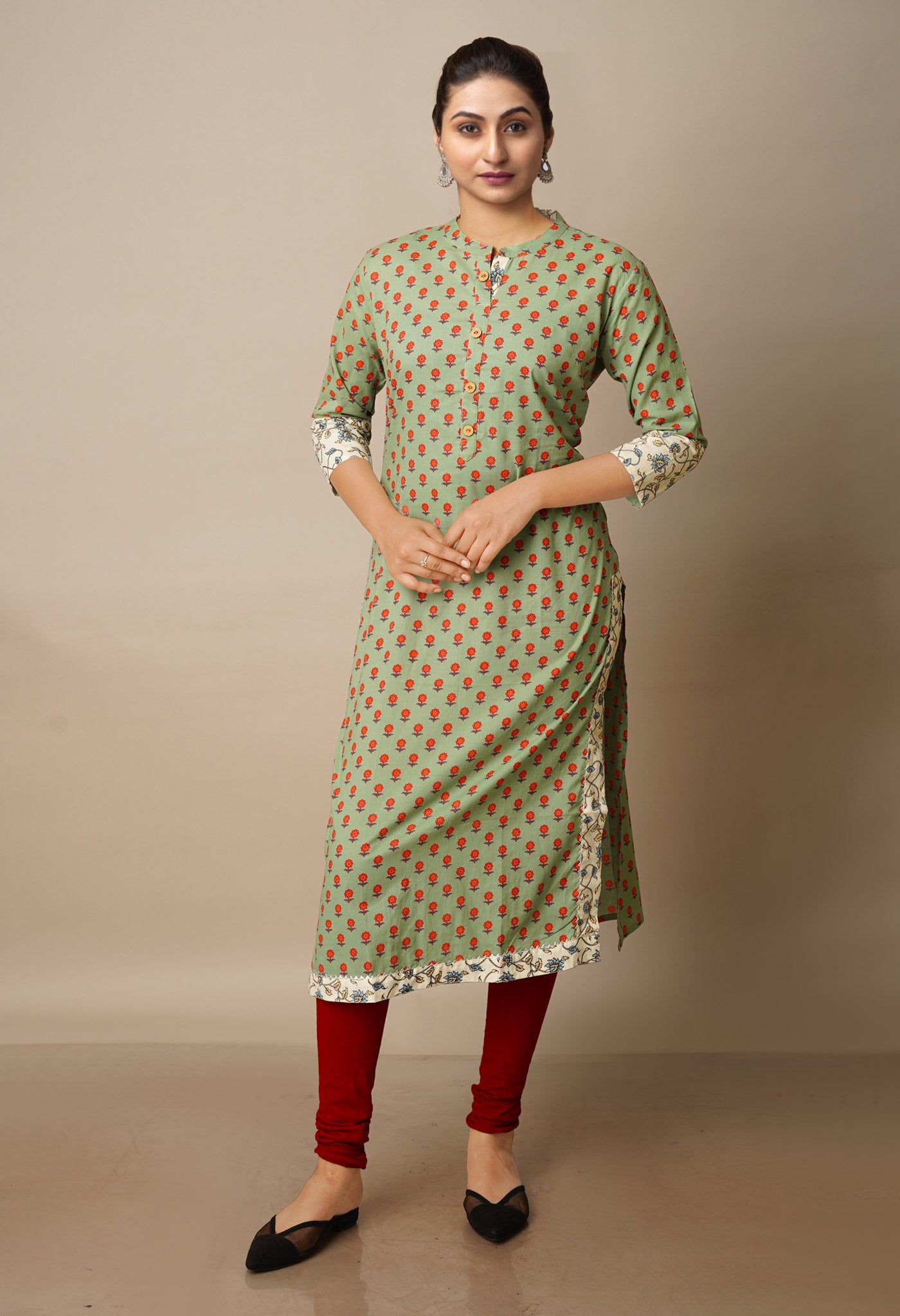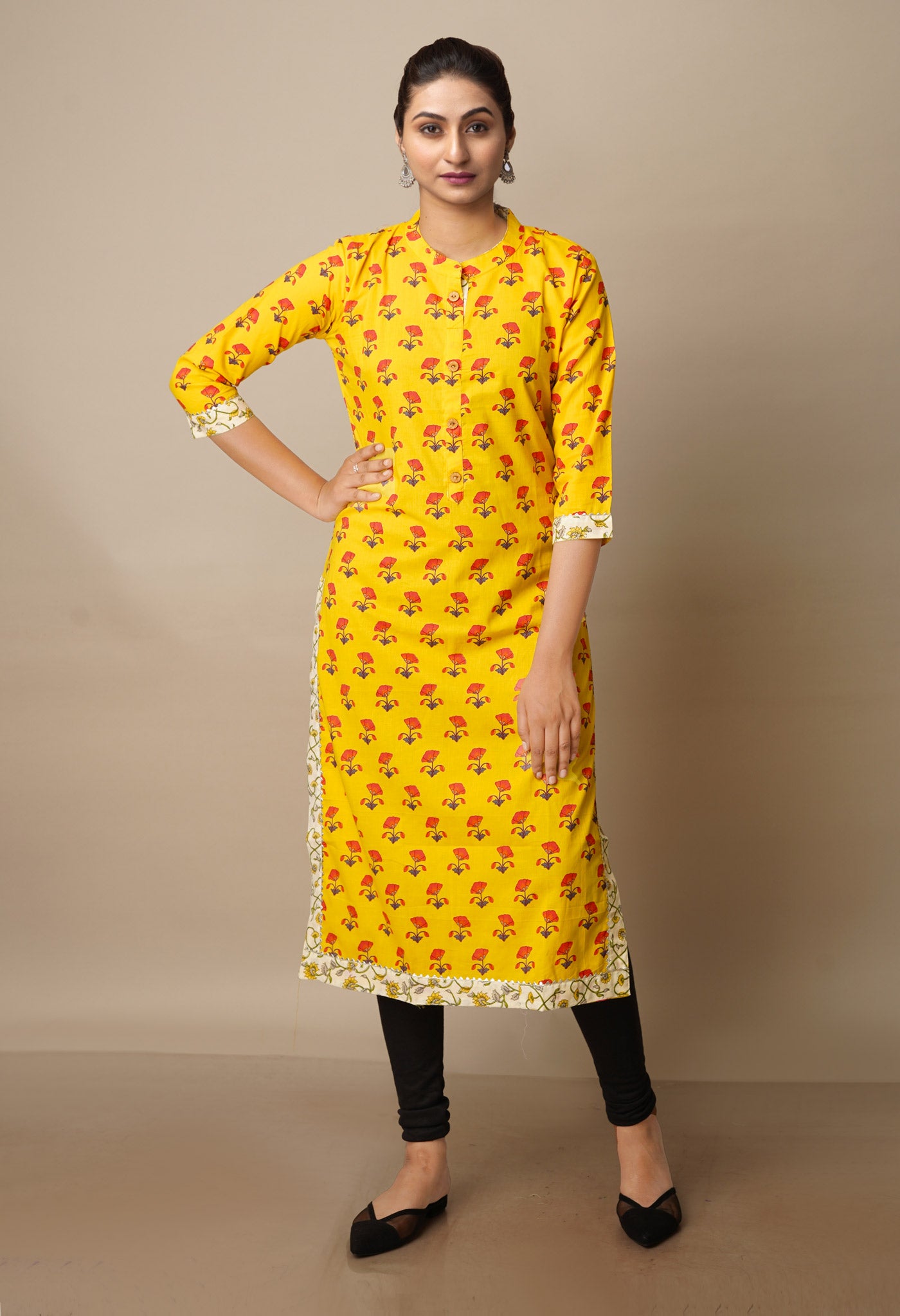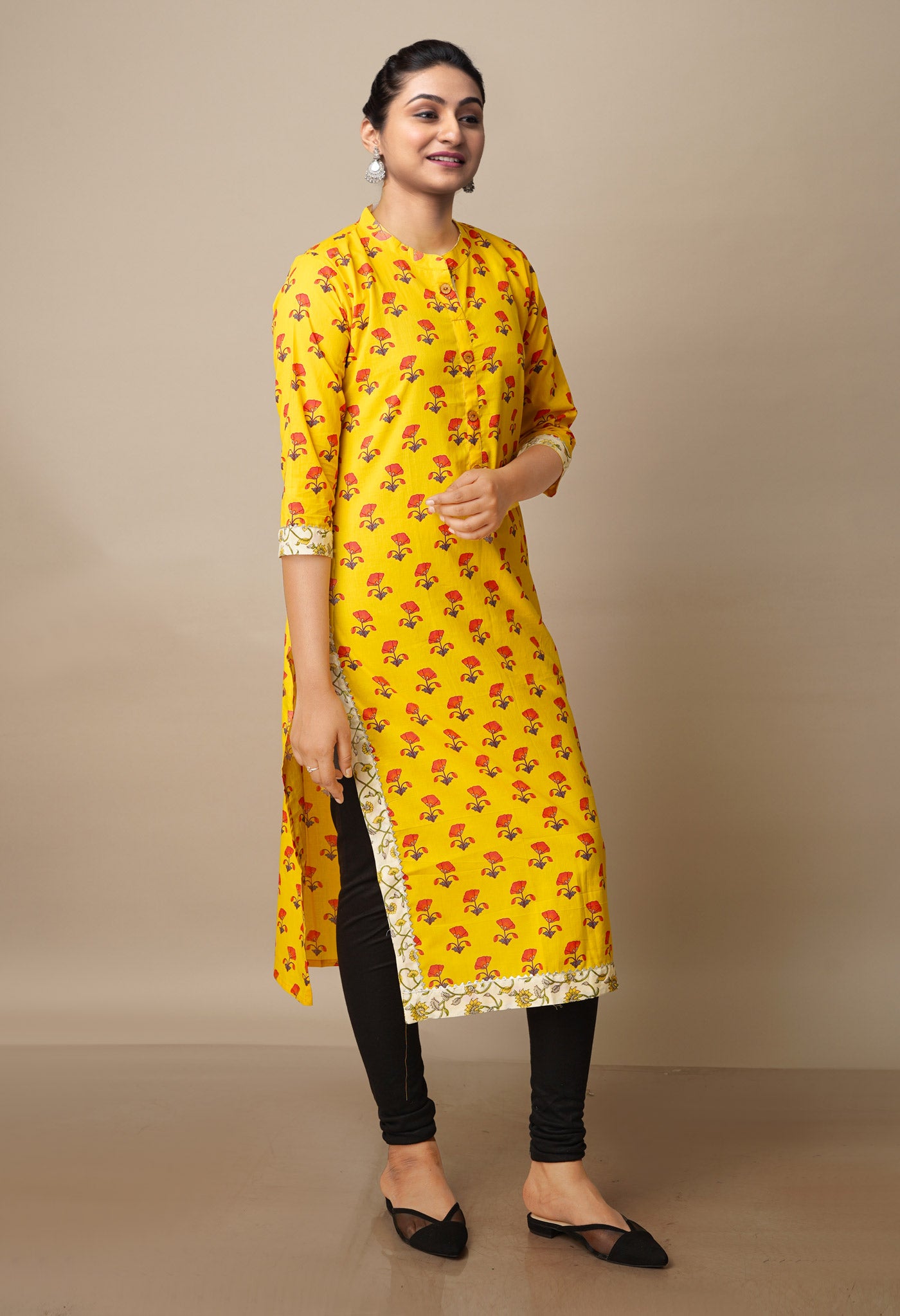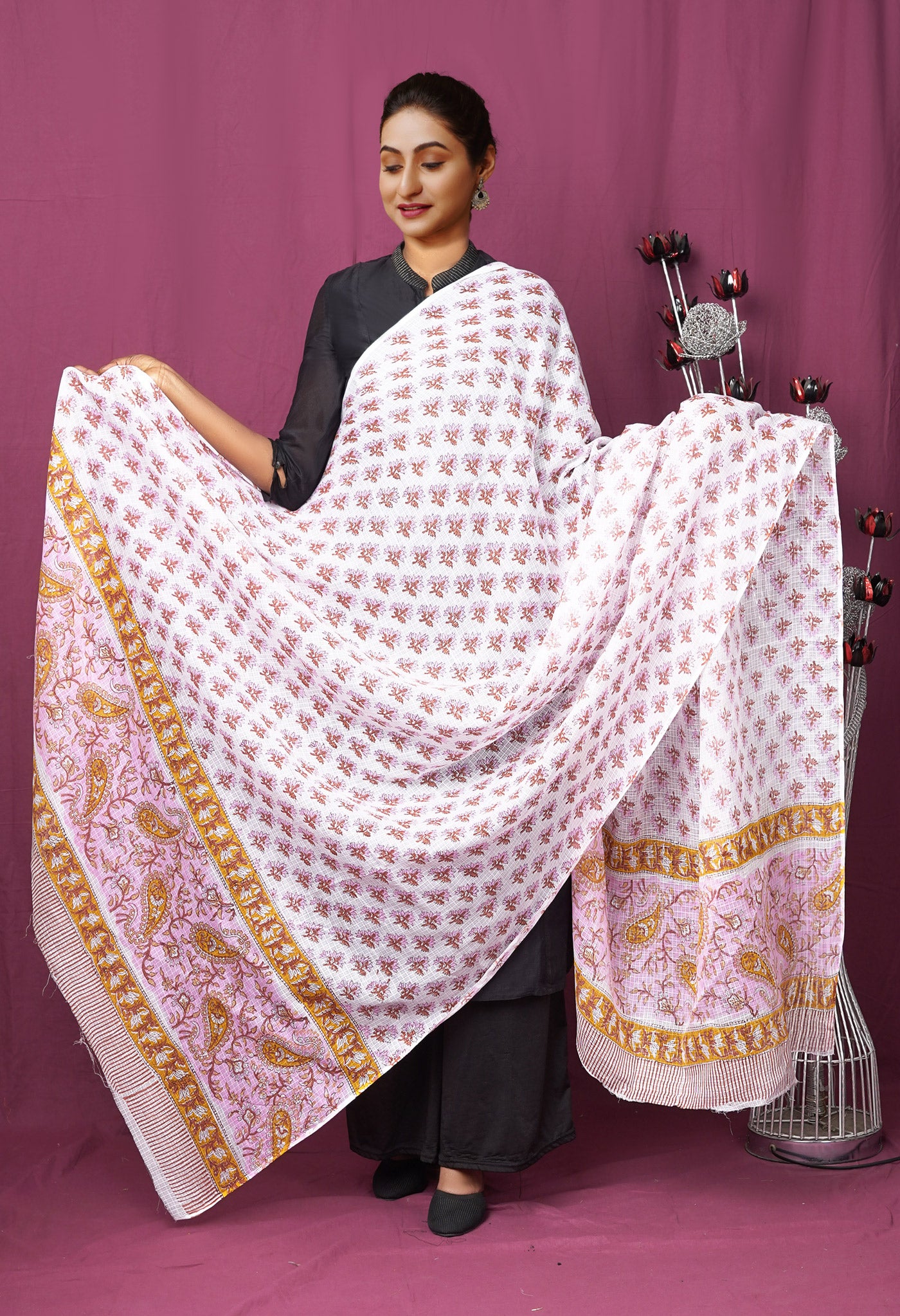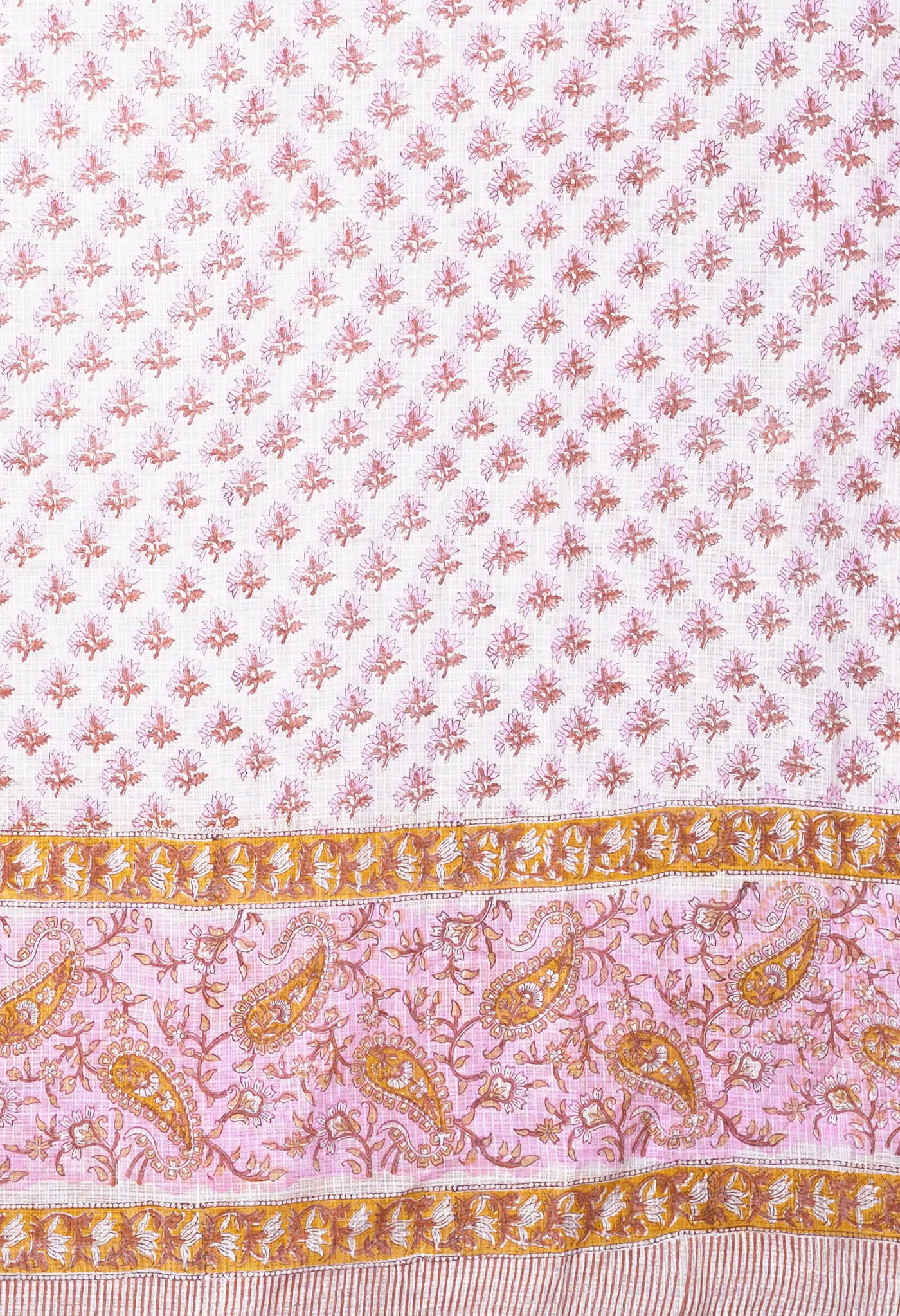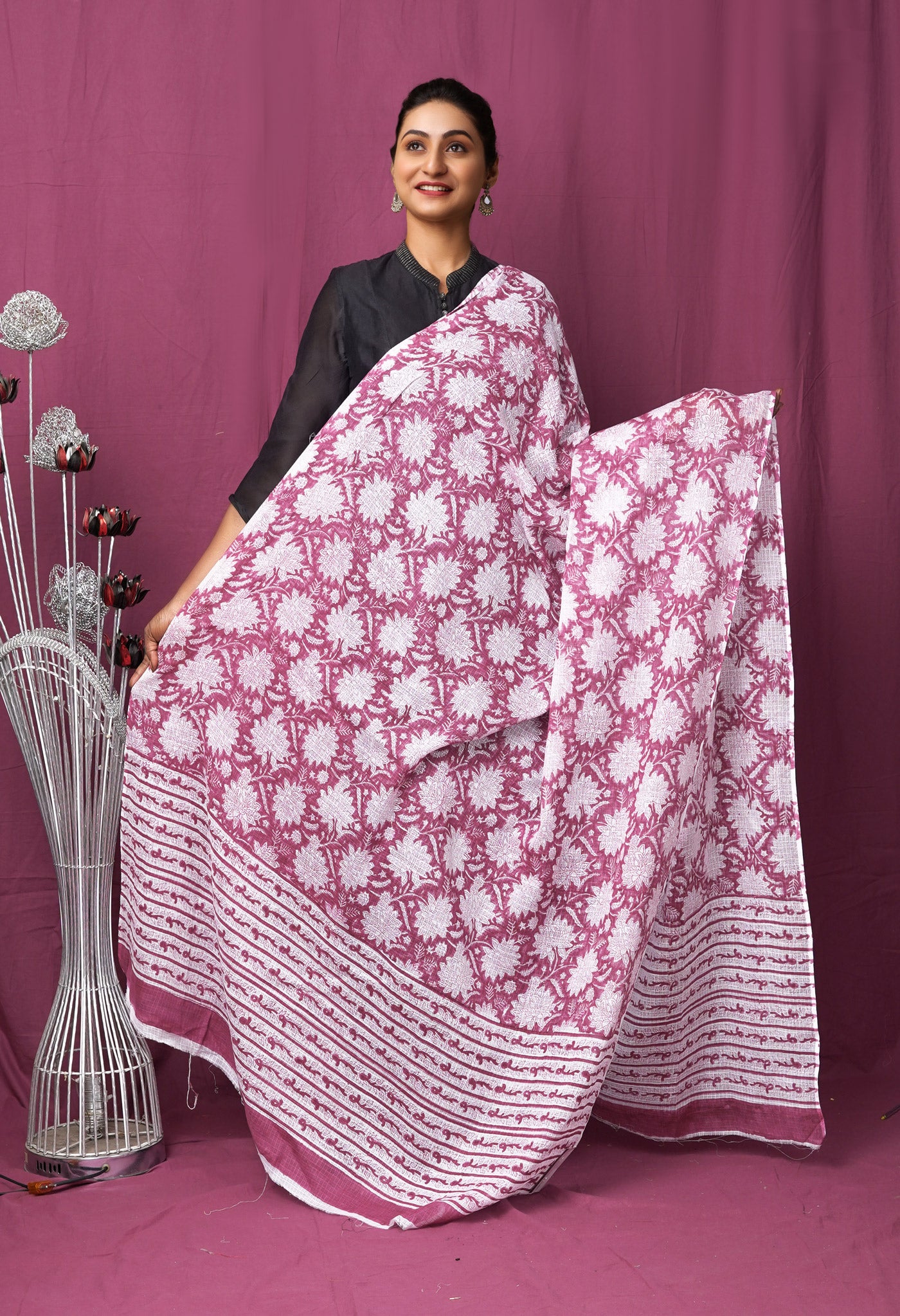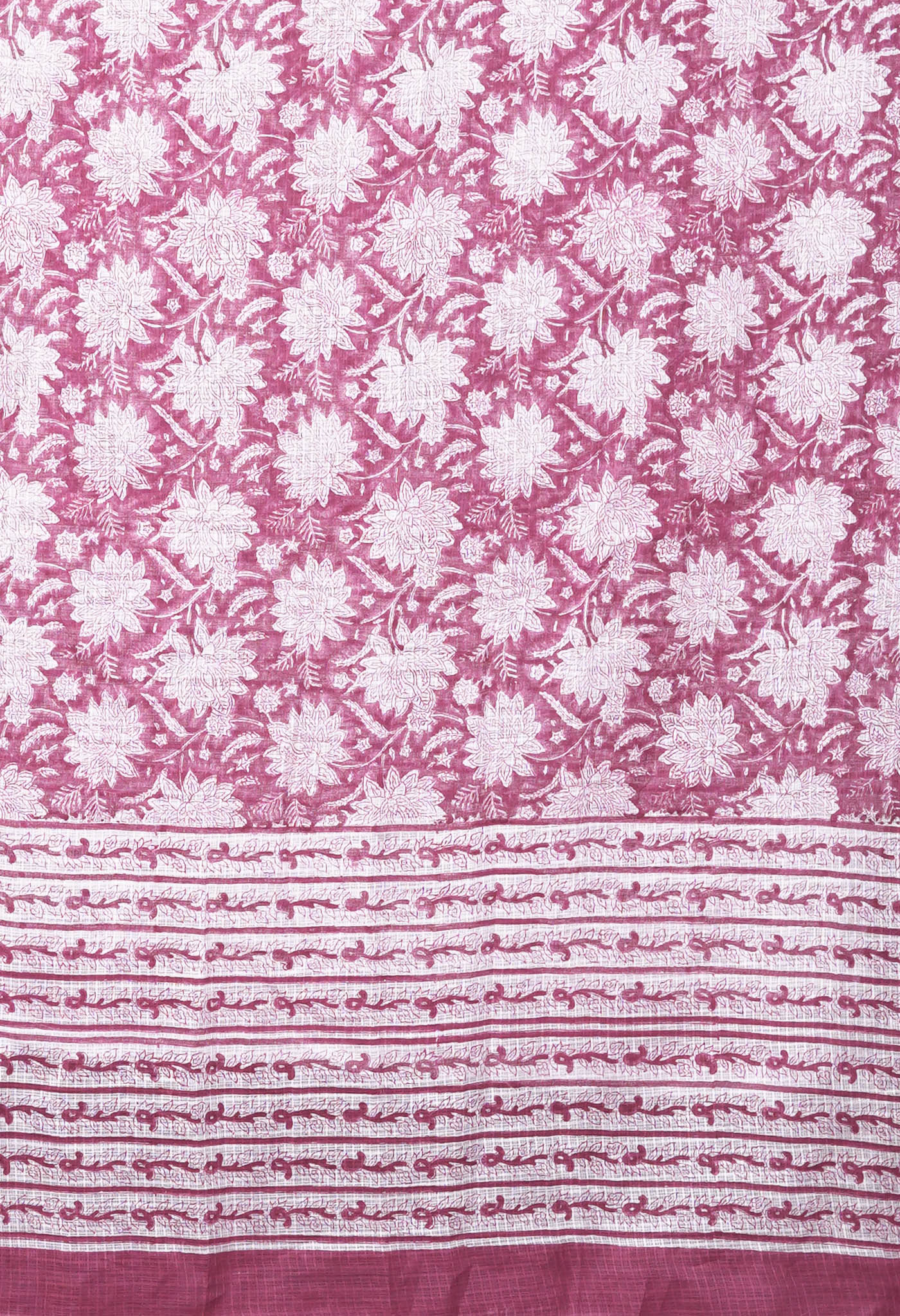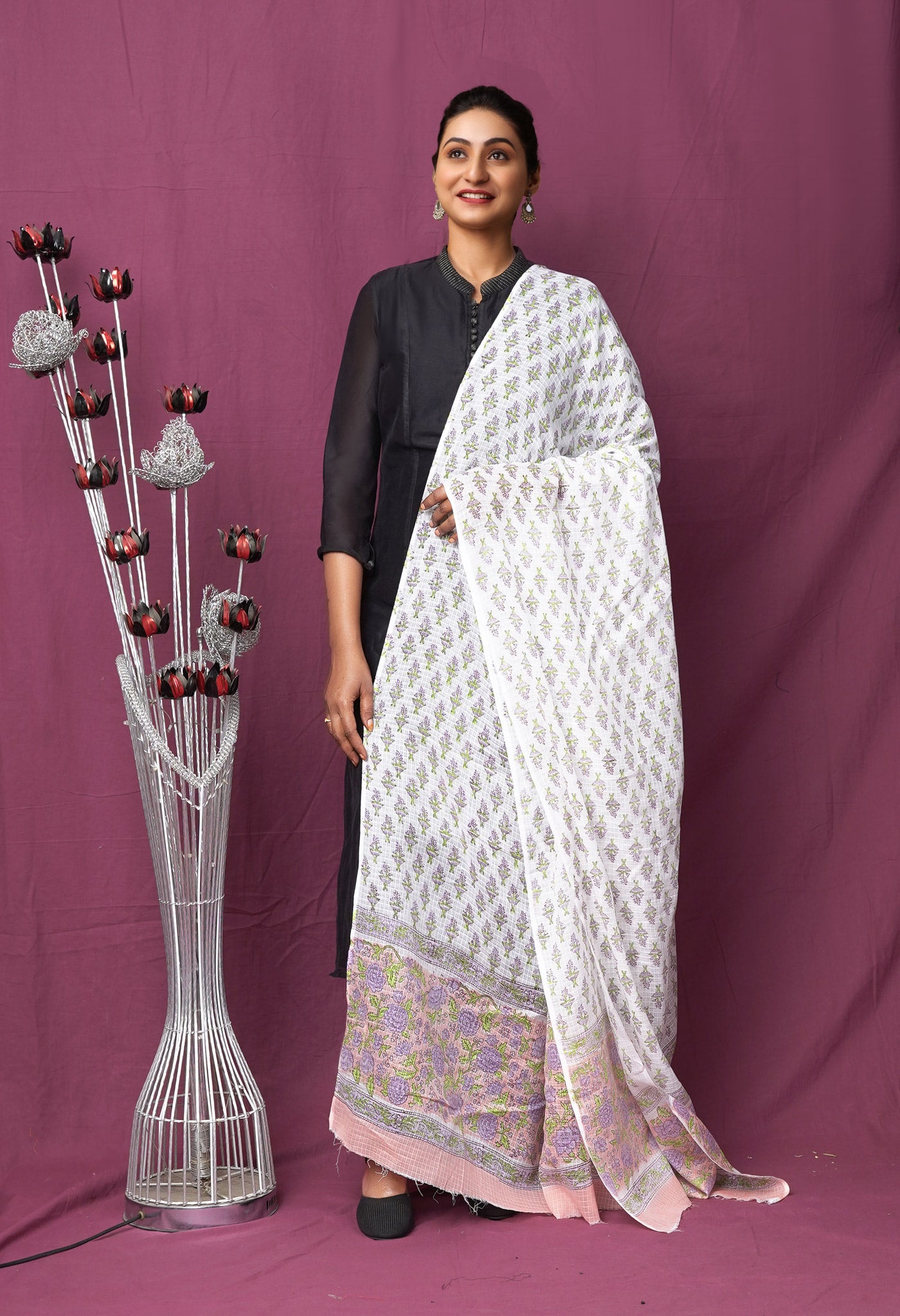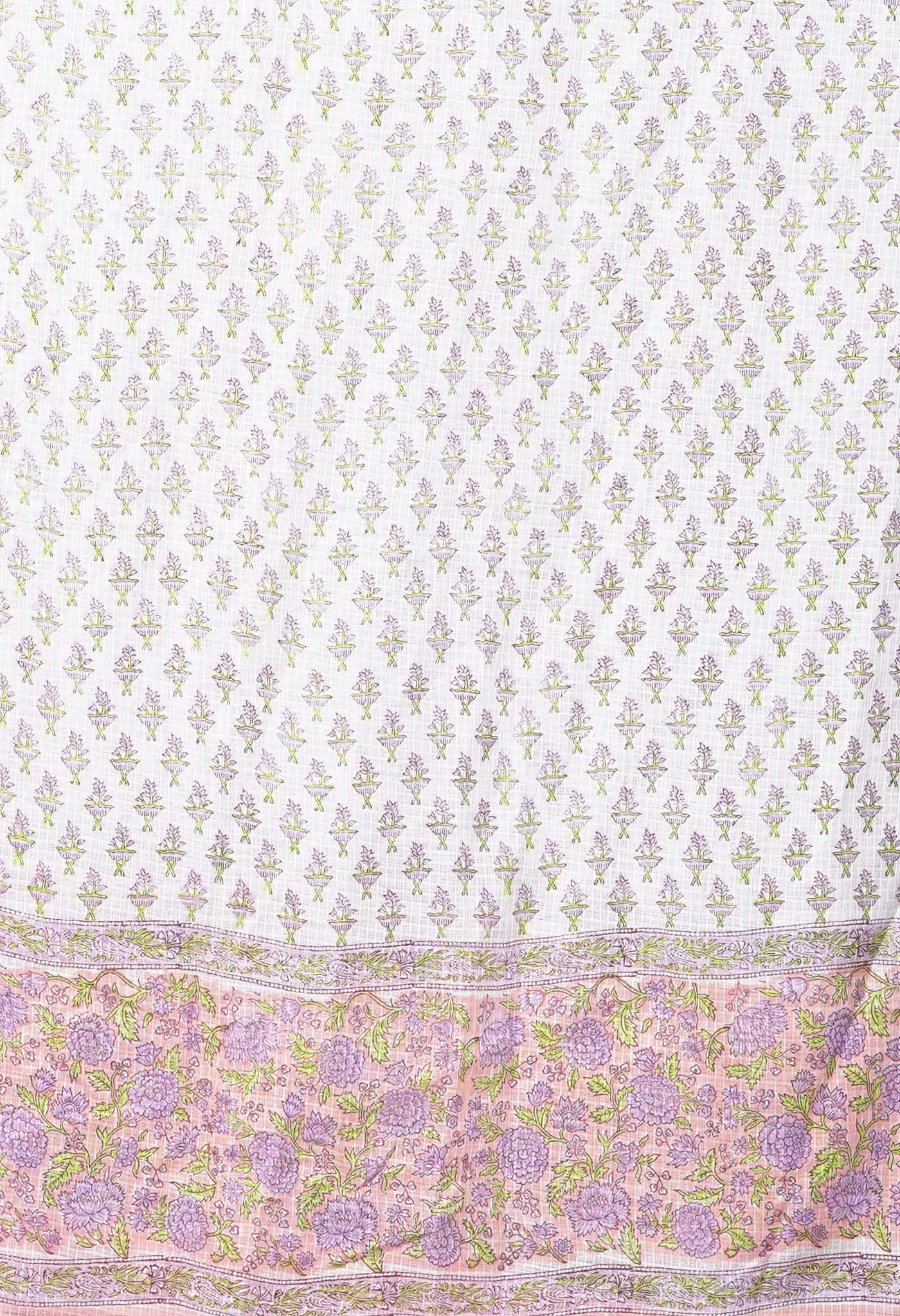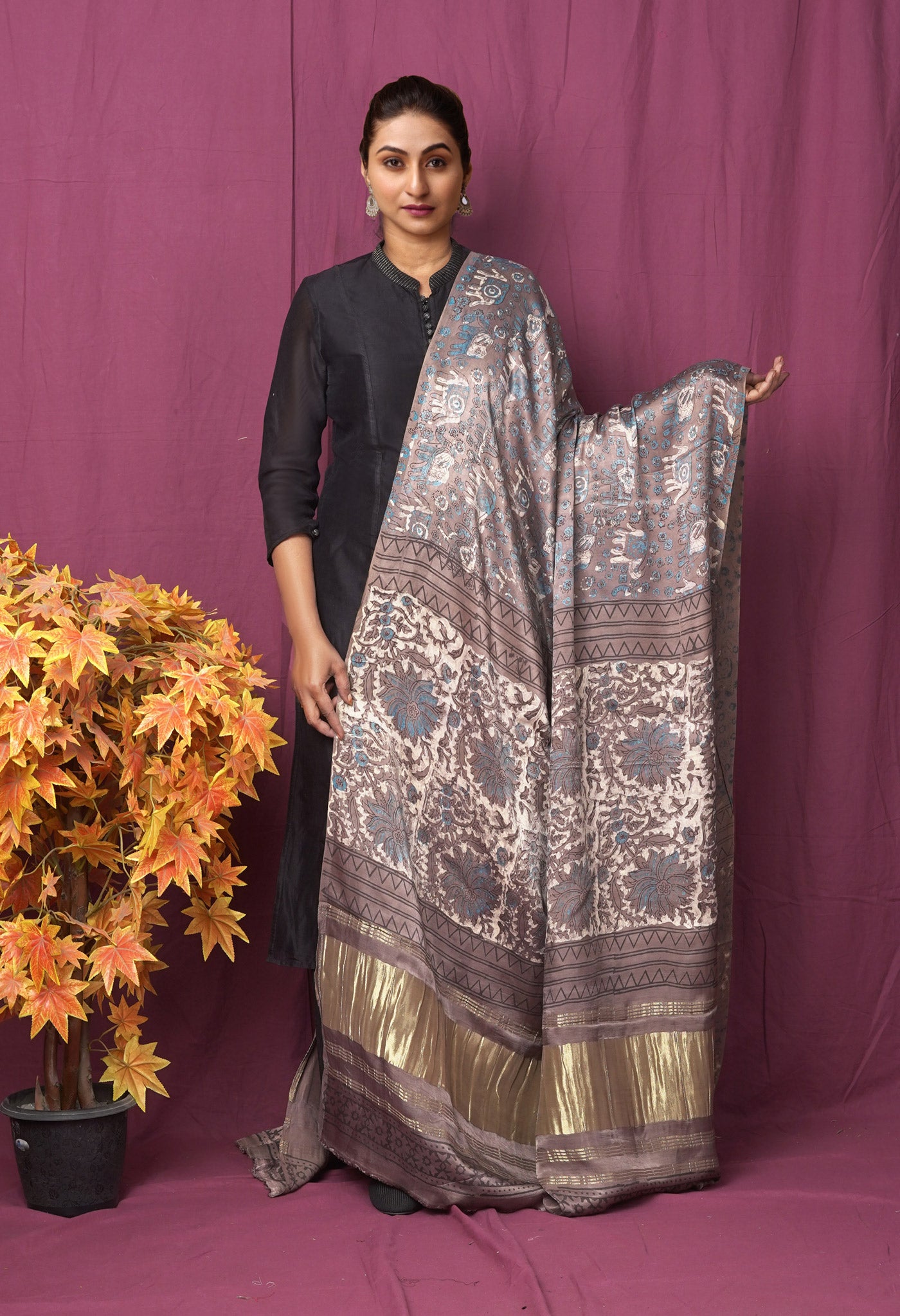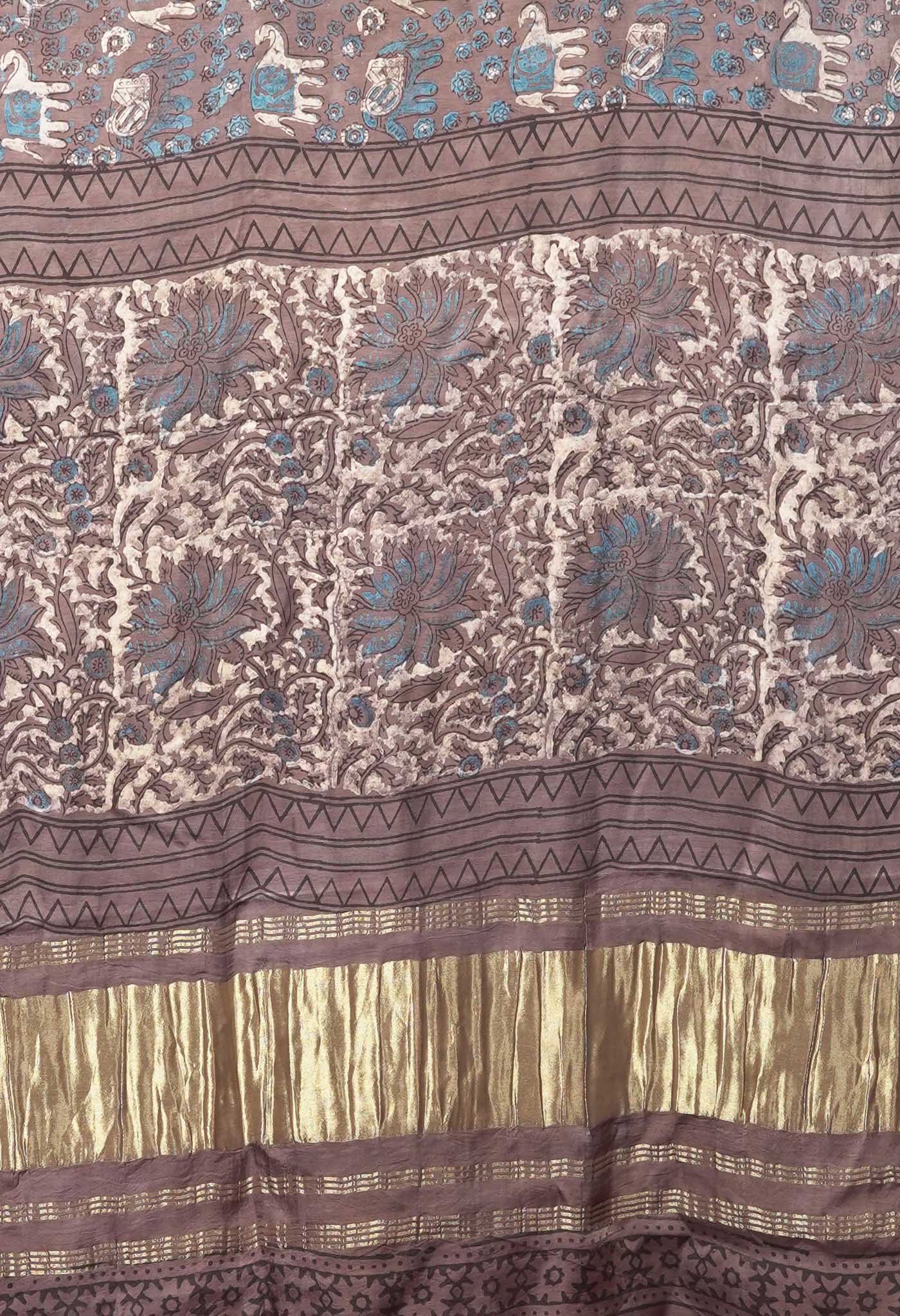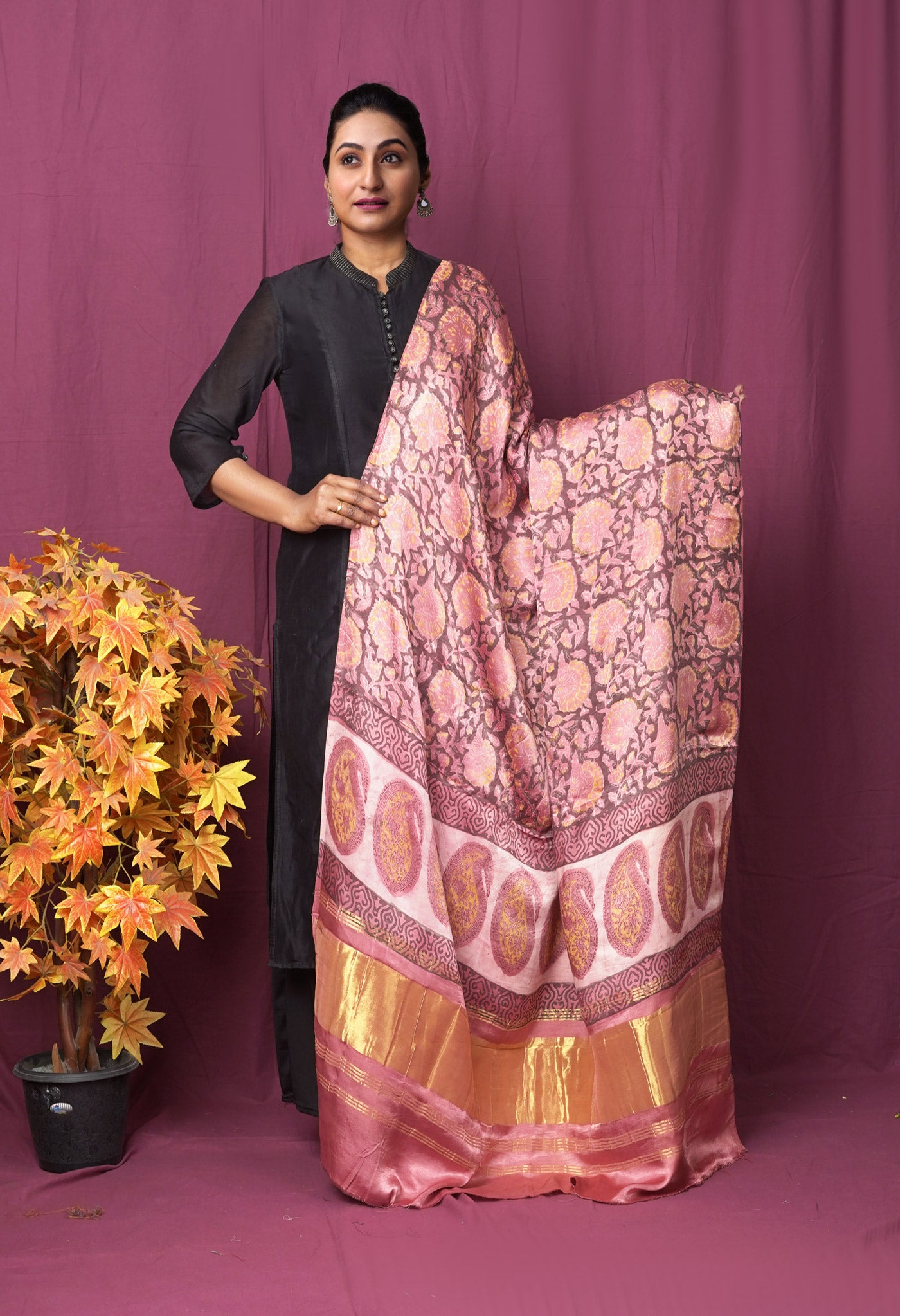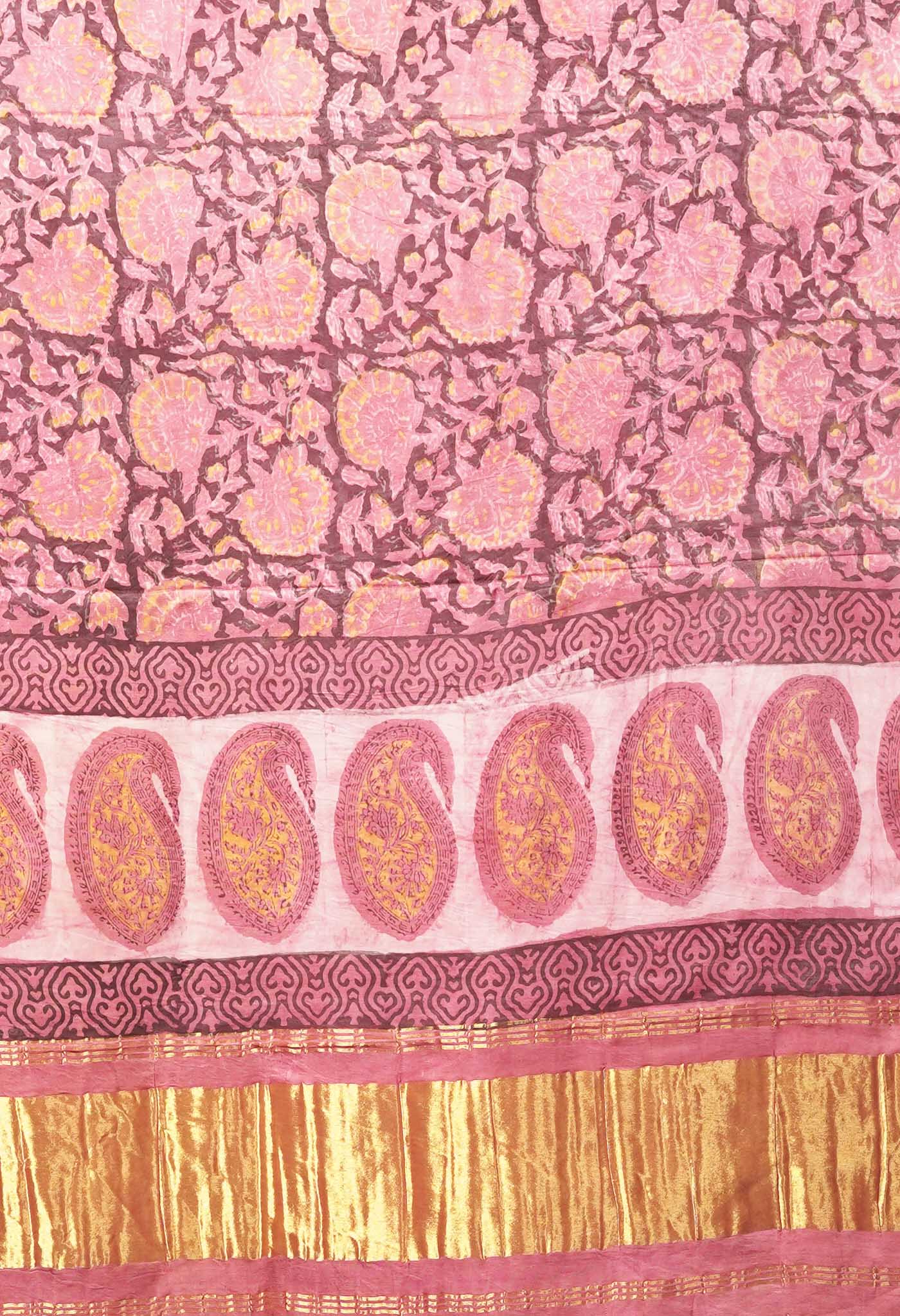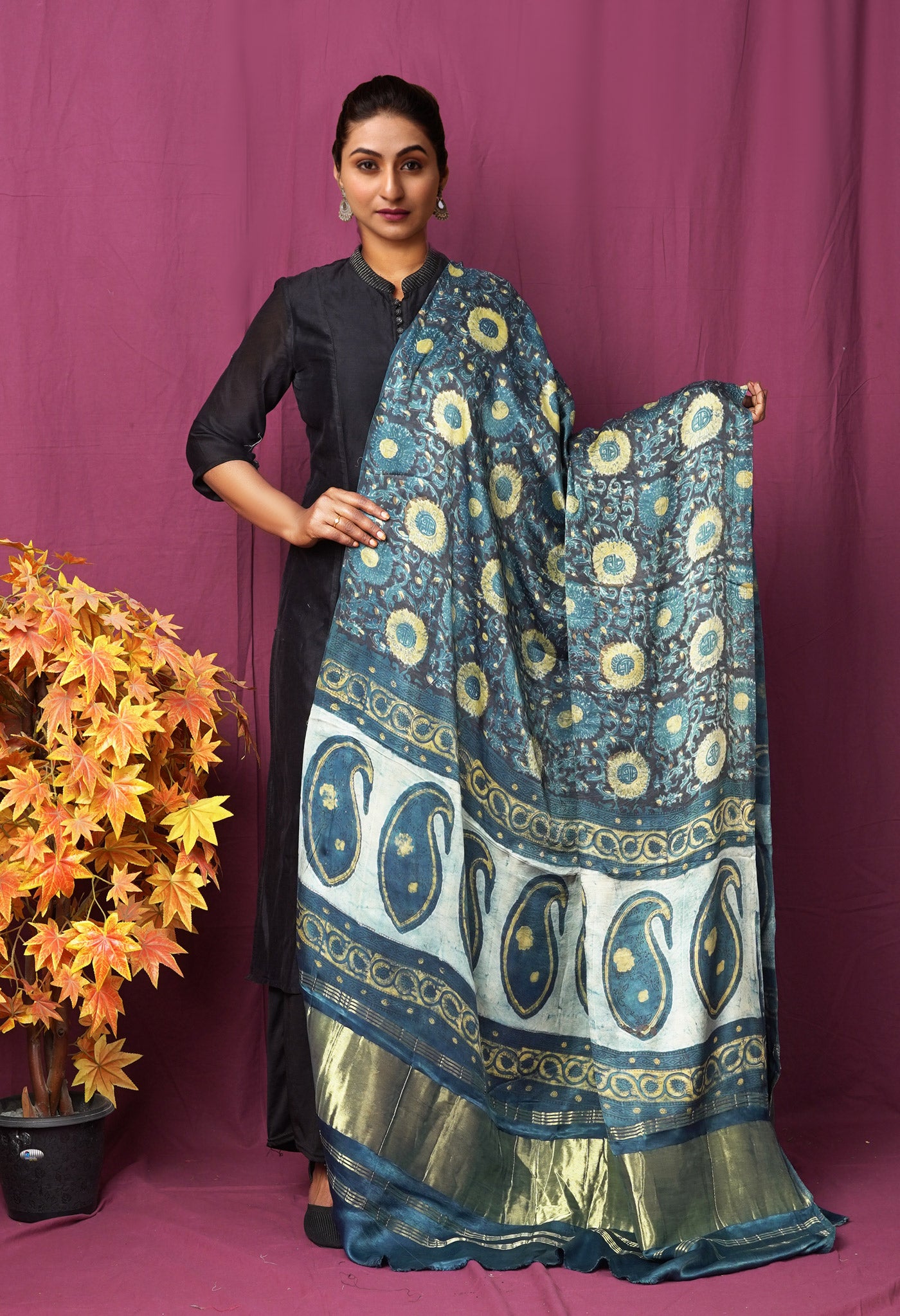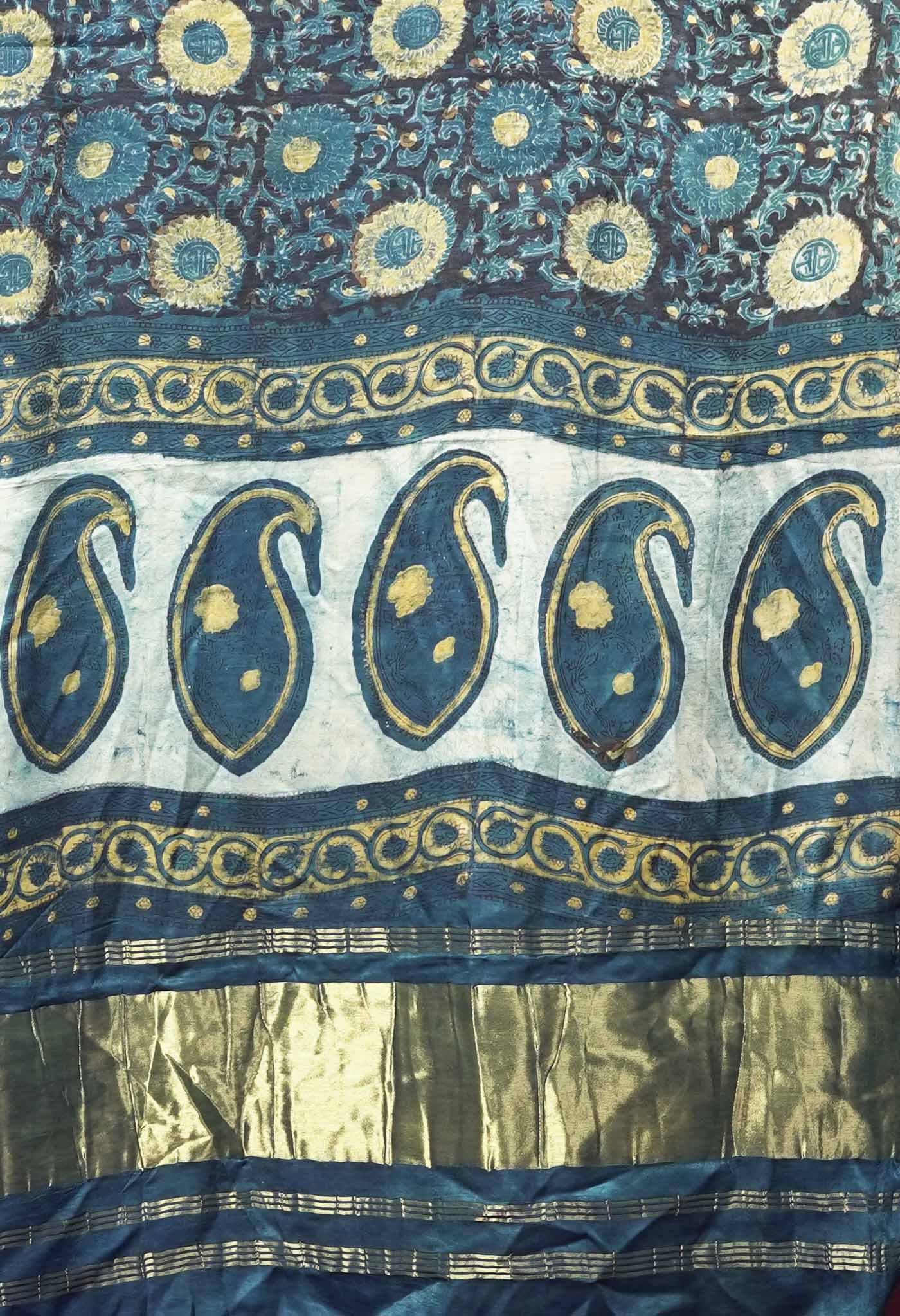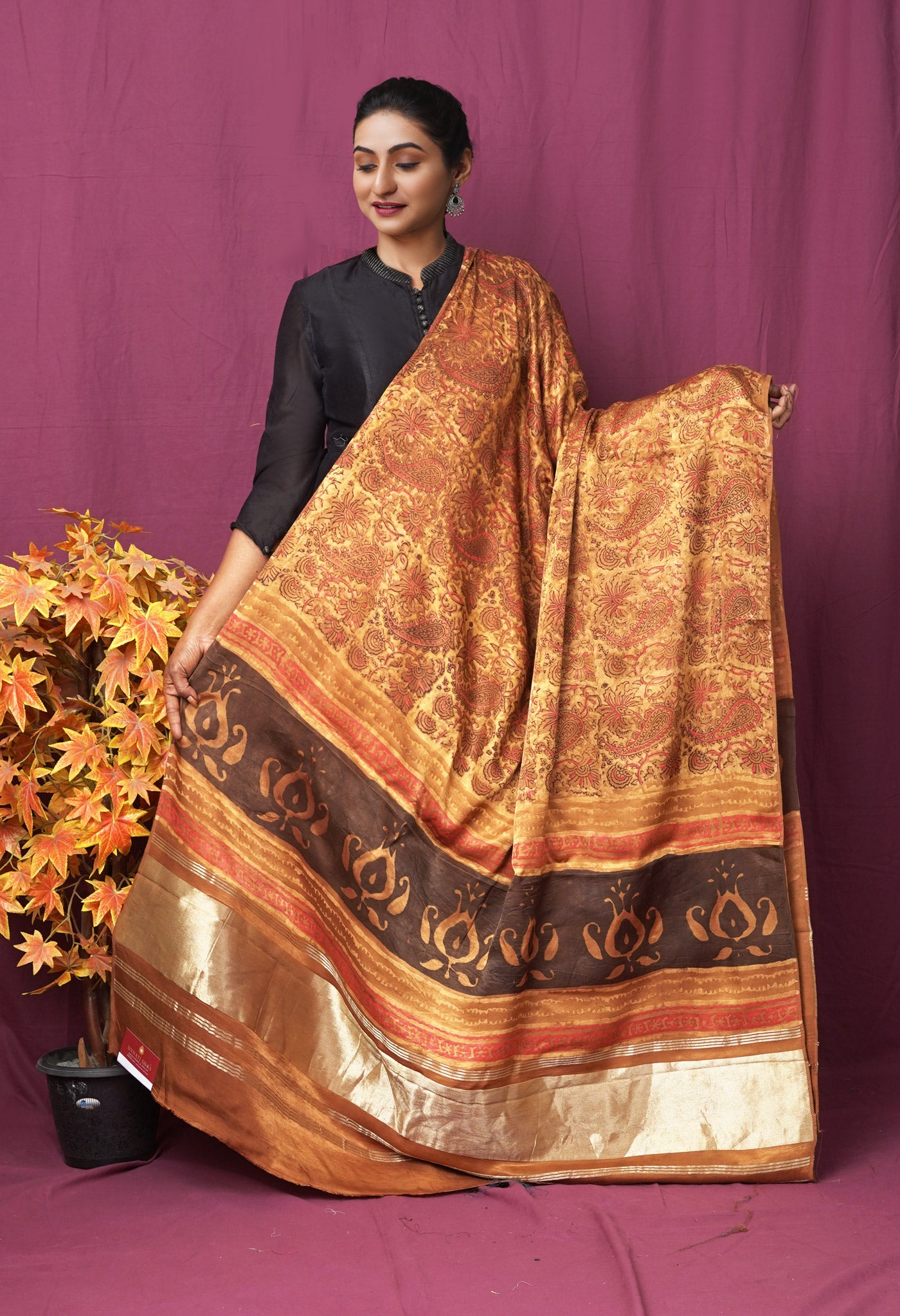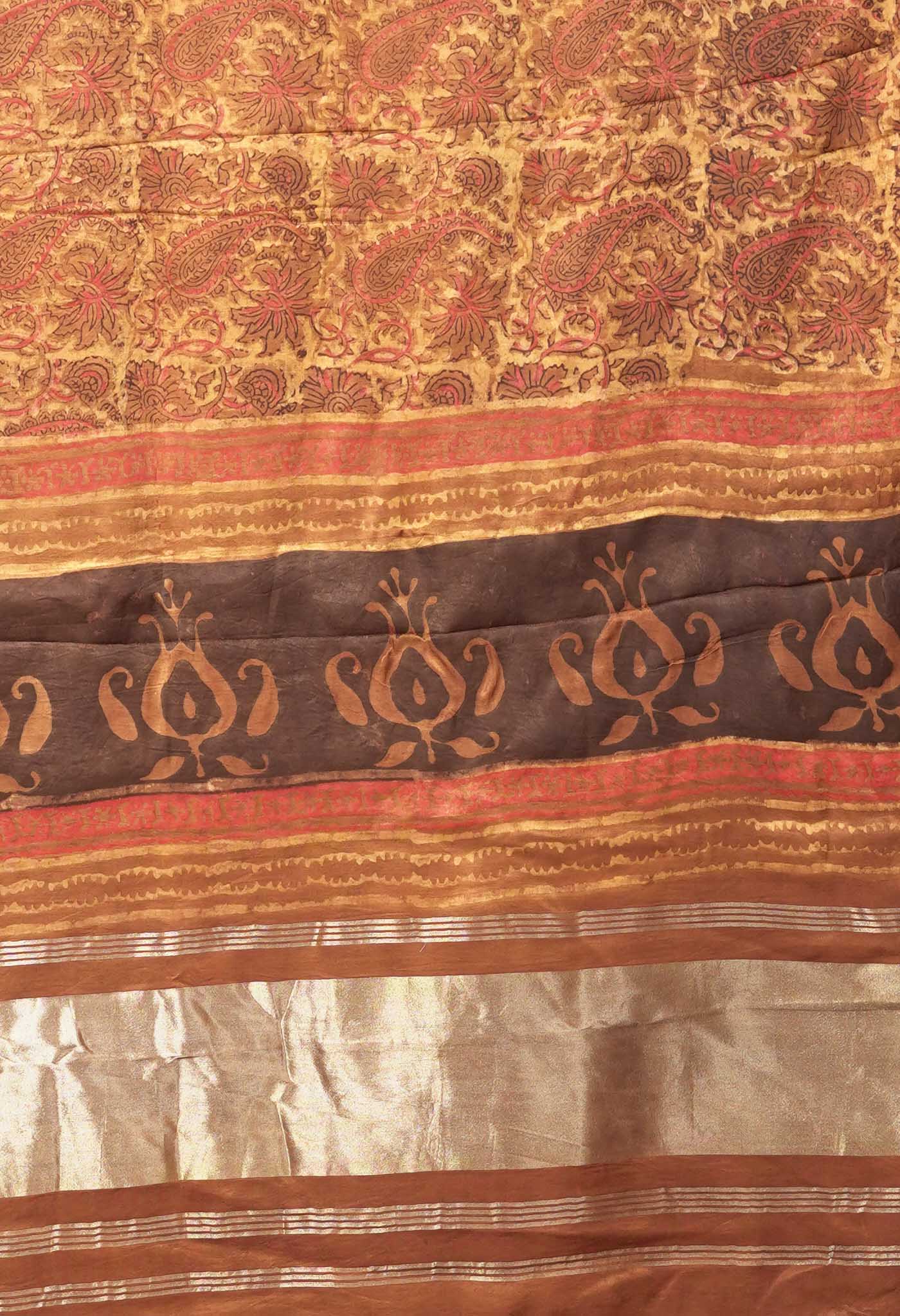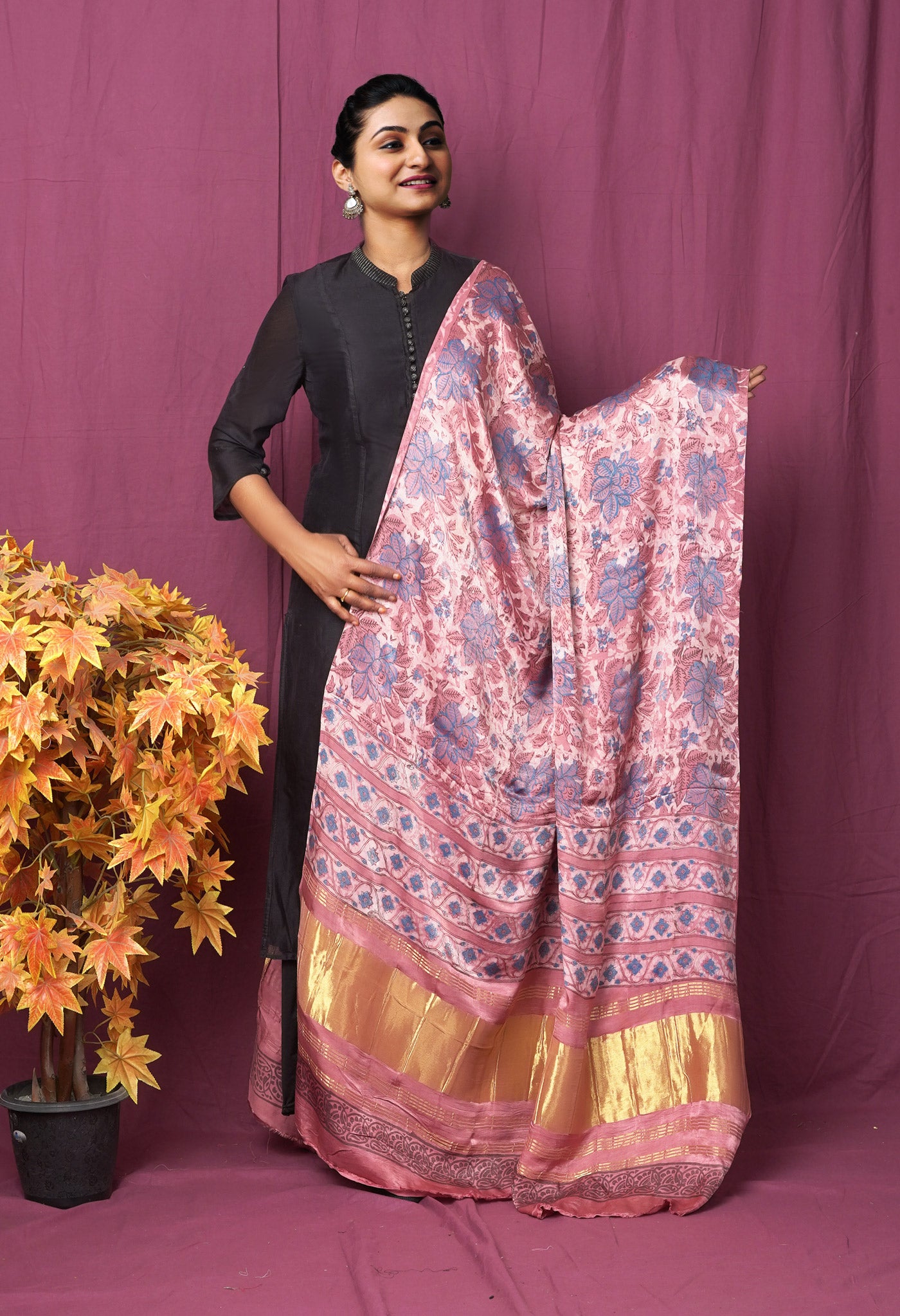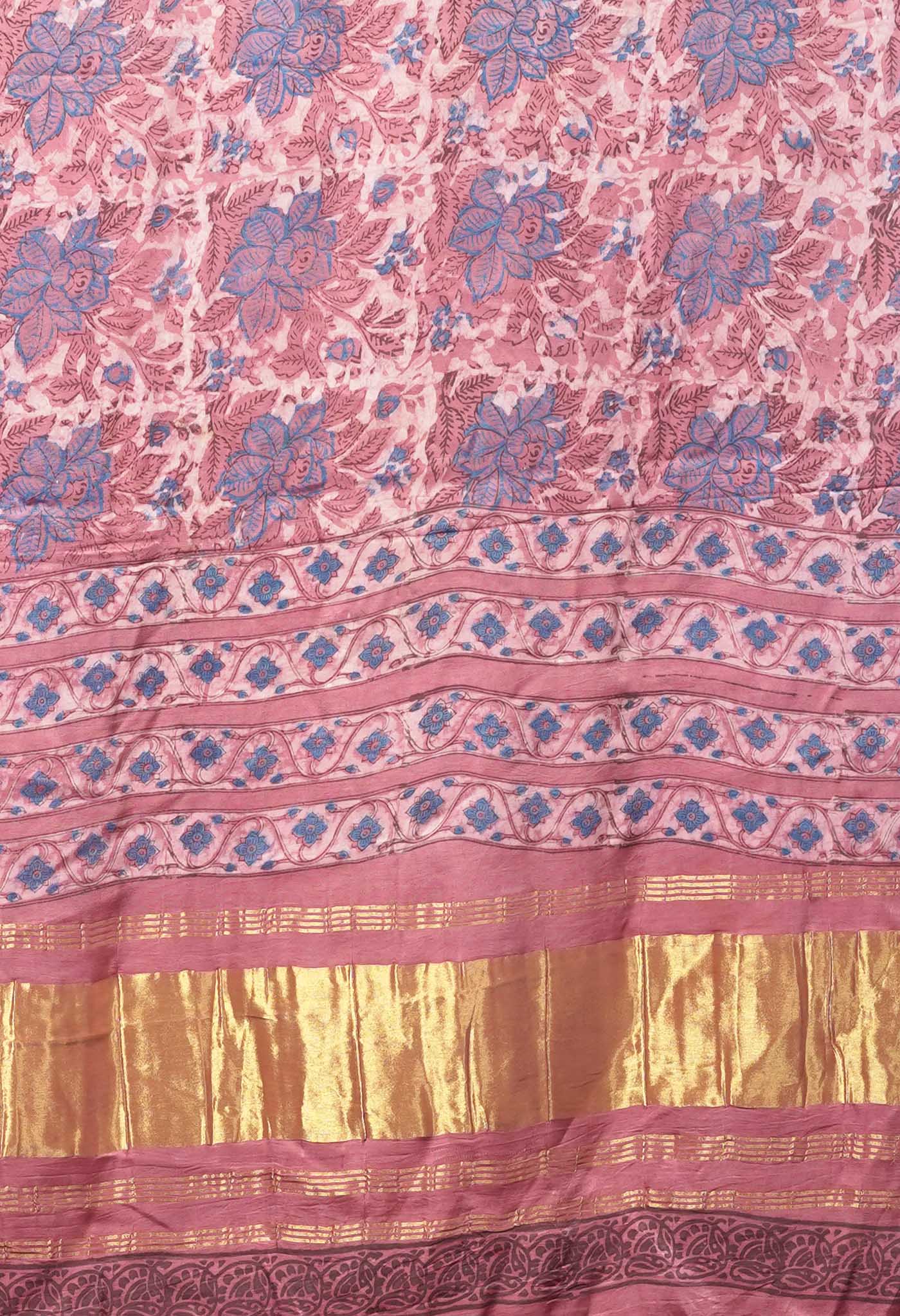
Bengal Saree
A Bengal saree refers to traditional sarees that originate from the Indian state of West Bengal, known for their elegant designs, fine craftsmanship, and cultural significance. There are several iconic types of Bengal sarees, each with its own weaving style, fabric, and motifs.

















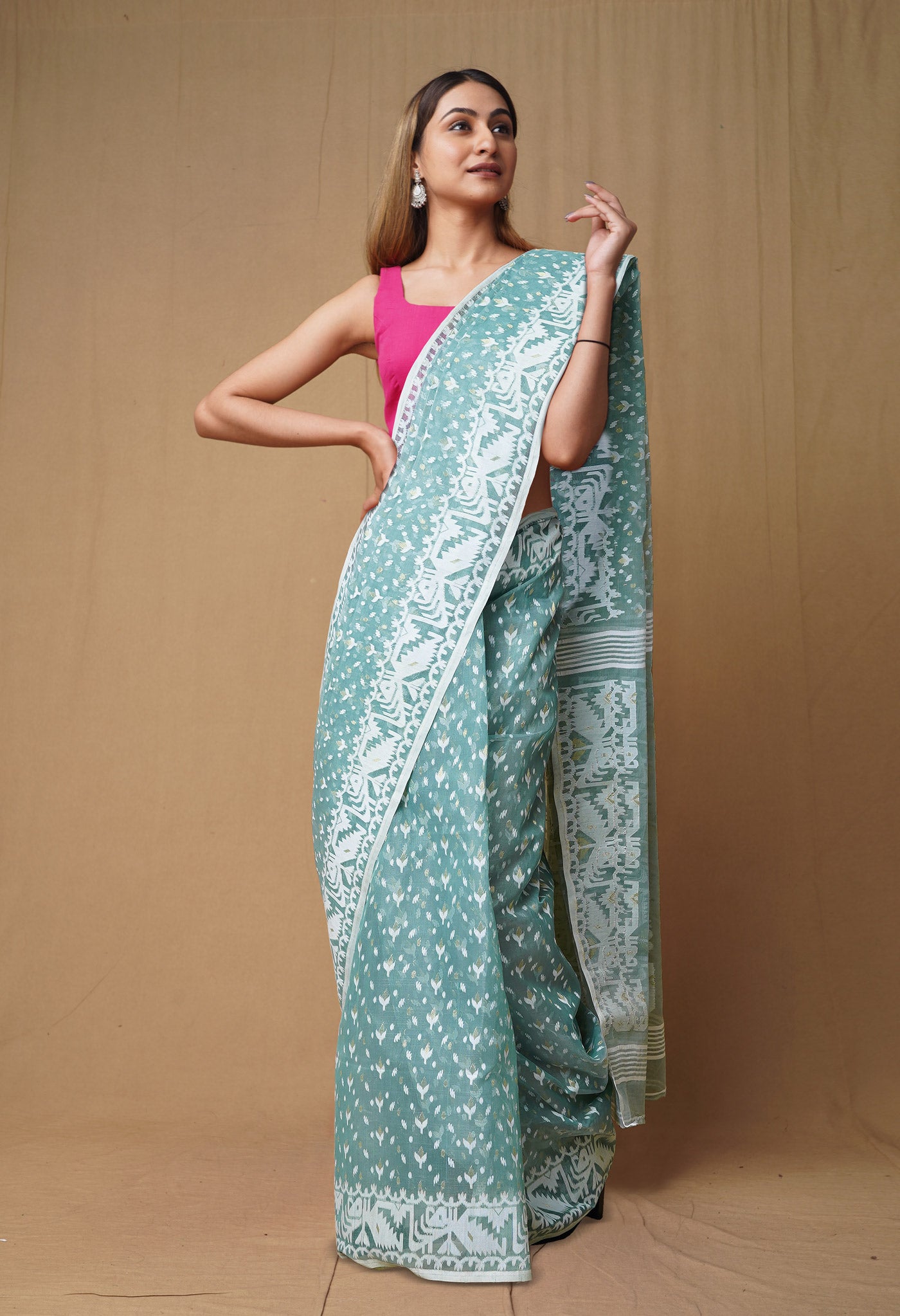





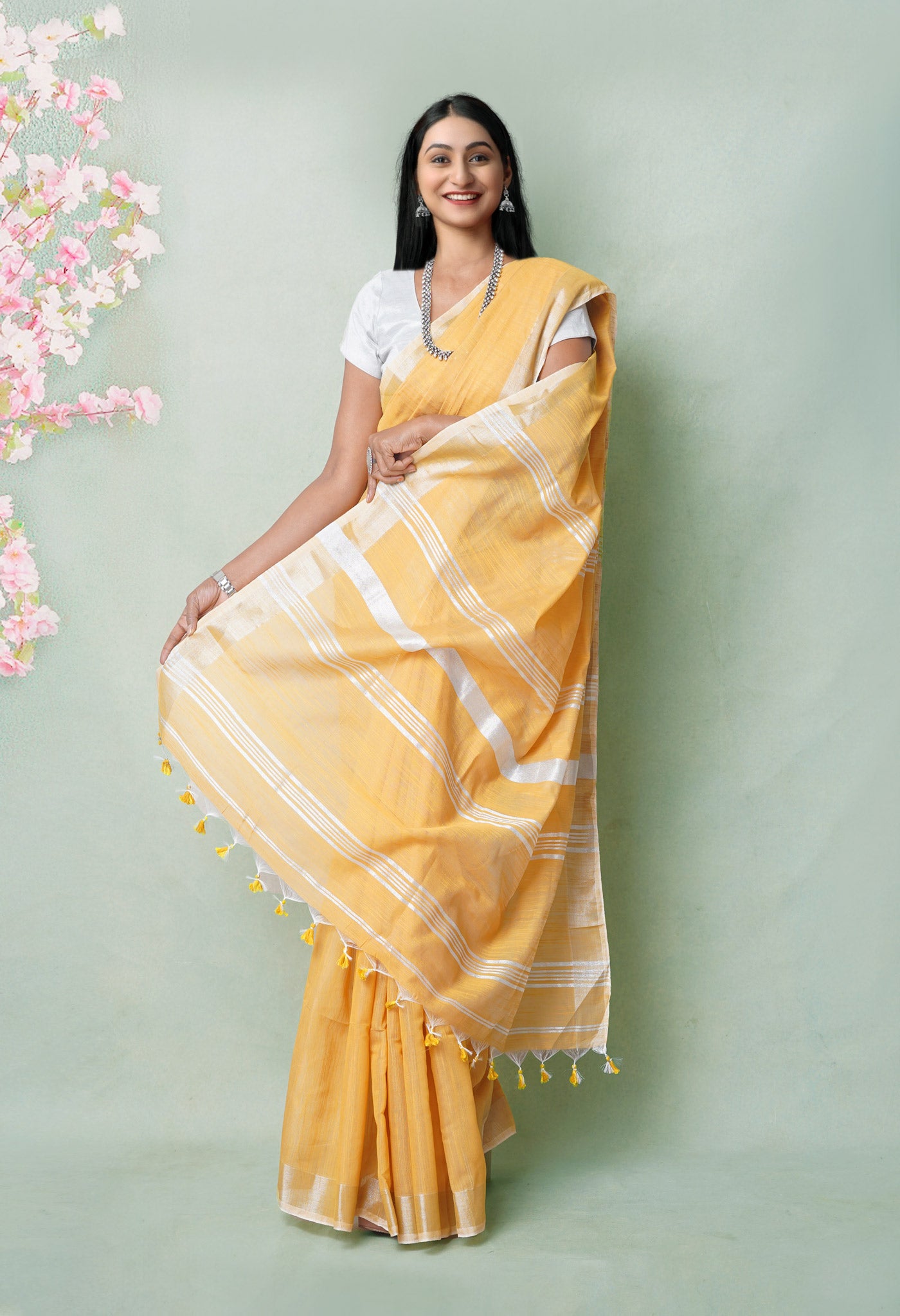















Bengal Saree
India is home to a rich tradition of handwoven textiles, and among its most elegant offerings is the Bengal Saree . Known for its grace, artistic weaving, and cultural significance, the Bengal Saree is not just a piece of clothing—it’s a symbol of heritage . Handcrafted by skilled artisans, these sarees reflect the rich history and refined artistry of West Bengal.
The Bengal Saree holds a special place in Indian wardrobes, particularly during cultural festivities and formal events. Its designs range from the classic Tant and Jamdani to the more elaborate Baluchari and Murshidabad silk. Every saree tells a story of tradition, each thread woven with care, patience, and love.
The cultural heritage of Bengal Saree
The legacy of the Bengal Saree stretches back centuries. Weaving was more than an art—it was a way of life . Passed down through generations, weaving techniques were preserved within families, each adding unique variations that gave the Bengal Saree its distinctive identity.
The enduring legacy of Bengal Saree
As more people turn toward sustainable and conscious fashion, the Bengal Saree continues to find new admirers. Whether it's a college farewell, a classical dance recital, or a festive celebration, wearing a Bengal Saree adds a touch of elegance and meaning.
Incorporating a Bengal Saree into your wardrobe is more than a style choice—it’s a declaration of your support for craftsmanship and culture. Whether you choose the minimalist sophistication of a Tant saree or the grandeur of a Baluchari, you are embracing a piece of India’s rich textile history.
The journey of the Bengal Saree is inseparably tied to the history of Bengal itself. Once a flourishing hub of textile exports during the Mughal and British colonial periods, Bengal was known across the world for its superior muslin and handloom products. The quality of these fabrics, especially the ultra-fine muslin, earned global admiration—even reaching royal courts across Europe and Asia.
Today, artisans continue to preserve and adapt these traditions. Despite the rise of power looms and factory-made garments, the handloom sector—especially Bengal Saree production—has managed to retain its relevance thanks to government initiatives, NGO support, and most importantly, the love of patrons who value handcrafted artistry .
In various parts of Bengal like Phulia, Shantipur, and Bishnupur, entire communities are engaged in saree weaving. Their days begin with soaking and dyeing yarn, setting up wooden looms, and meticulously creating weaves and motifs . It takes days, sometimes weeks, to complete a single Bengal Saree, depending on its design and fabric.
One of the hallmarks of the Bengal Saree is the use of traditional motifs. You’ll often see paisleys, lotus flowers, fish, peacocks , and temple borders, each carrying symbolic meaning. Fish, for instance, symbolizes prosperity, while lotuses represent purity and growth.
Another special feature of the Bengal Saree is the use of contrasting borders and pallus (the loose end draped over the shoulder). These sections often use a different color palette and elaborate weaving techniques to make the saree visually striking. Some sarees even integrate gold and silver zari , elevating them for use in weddings and formal occasions.
Modern designers and weavers are blending the essence of the Bengal Saree with updated patterns, softer dyes, and shorter lengths for the new-age buyer. These updated versions retain the charm of tradition while making them suitable for daily wear, office attire, and even Indo-Western styling.
Why You Should Choose a Bengal Saree Today
Still wondering why you should add a Bengal Saree to your collection? Here are compelling reasons:
Timeless Beauty : These sarees never go out of fashion.
Cultural Pride : They connect you with India's rich textile legacy.
Handcrafted : Each piece is unique and made with personal care.
Versatile : Ideal for daily wear, weddings, work, or gifting.
Empowering : Every purchase uplifts artisans and their families.
When you wear a Bengal Saree , you wear not just a garment—but a piece of history, a labor of love, and a symbol of identity. It's not just about fashion; it’s about making a conscious choice—one that supports slow fashion, art, and storytelling.








































































Evolution through the ages
Varieties of Bengal Sarees
From the lightweight Tant sarees suitable for everyday wear to the grand Baluchari sarees depicting mythological scenes, Bengal Sarees are incredibly diverse. Tant sarees are famous for their comfort in humid climates and crisp, starched texture, while Baluchari sarees are known for their intricate silk weaving and narrative pallus .
Jamdani , perhaps the crown jewel of Bengal handloom, is a labor-intensive saree with intricate patterns woven into a sheer cotton fabric. This technique dates back to the Mughal era and has even earned the status of Intangible Cultural Heritage by UNESCO.
A Murshidabad silk saree is yet another gem of Bengal, offering vibrant colors and soft textures that make them perfect for weddings and festive occasions. The use of natural dyes and hand-painting techniques in some sarees makes each piece visually unique .
These sarees are often woven with fine cotton or silk , maintaining a balance between comfort and elegance. The designs can range from simple stripes and checks to floral motifs, paisleys, and narrative scenes.
The Bengal Saree is not only an attire; it’s a cultural emblem. Women across the state proudly wear it during Durga Puja, weddings, and traditional rituals, associating it with dignity, beauty, and feminine strength .
Artisans in Bengal take immense pride in their craftsmanship. Many families in regions like Nadia, Hooghly, and Murshidabad are entirely dependent on weaving for their livelihood. Supporting Bengal Sarees directly contributes to the sustenance of these artisans, many of whom are women.
The Bengal Saree industry has faced challenges due to modern machine-made alternatives. However, growing awareness about sustainable fashion and cultural preservation has helped revive interest in traditional sarees. Consumers now seek authentic, handcrafted products, fueling a renewed demand for Bengal handlooms.
Bengal Sarees have also seen global appreciation. International designers have incorporated Jamdani and Baluchari patterns into fusion wear, highlighting the saree's versatility. Online platforms have allowed small weavers to reach a global customer base , promoting both art and commerce.
Modern adaptations of the Bengal Saree blend traditional elements with contemporary tastes. From trendy blouse styles to lighter weaves that suit corporate environments, Bengal sarees are becoming everyday staples for modern women.
Care for a Bengal Saree involves gentle hand washing, air drying, and careful storage. Natural fabrics like cotton and silk benefit from regular airing and must be kept in cotton bags to avoid mildew.
When you invest in a Bengal Saree, you’re not just buying a garment—you’re supporting heritage, livelihoods , and a timeless art form that continues to evolve.
Let’s explore the key types once again:
Tant Saree : Known for crispness and comfort.
Jamdani Saree : Celebrated for fine motifs and heritage weaving.
Baluchari Saree : Woven storytelling, featuring mythological tales.
Murshidabad Silk Saree : Bright, lightweight, and artistically expressive.
Styling Tips for Wearing a Bengal Saree
How to Identify Authentic Bengal Sarees
When styling a Bengal Saree , choose your accessories based on the fabric and occasion. For instance, a Jamdani looks perfect with oxidized silver jewelry and a messy bun, while a Baluchari saree pairs beautifully with gold earrings and a bindi for festive events. You can also modernize the look with designer blouses , crop tops, and belts.
To ensure you’re buying a genuine Bengal Saree , always check the texture, weave irregularities (which indicate it's handmade), and source. Many trusted handloom stores and government-certified outlets sell authentic products, and you can also purchase directly from weavers through online platforms.
Sustainability is another reason why more people are gravitating toward Bengal Sarees. Unlike synthetic textiles, these sarees are made using eco-friendly materials , natural dyes, and minimal machinery—making them a smart choice for environmentally conscious consumers. Every Bengal Saree you buy not only reduces carbon footprint but also empowers rural artisans .
Here are some fun facts about Bengal Sarees that make them even more lovable:
Some Jamdani patterns are so intricate they take over three months to finish.
The term “Jamdani” comes from Persian—“Jam” means flower and “Dani” means vase.
Baluchari sarees were traditionally woven by male weavers, but today many female artisans are equally involved.
A real handloom Tant saree can last decades if stored properly.
As global fashion trends continue to shift toward authenticity and meaningful stories, the Bengal Saree has carved a unique niche. Celebrities, influencers, and fashionistas are proudly flaunting these six yards of elegance at red carpet events and fashion shows. This resurgence is not just a style statement—it’s a movement toward celebrating identity, culture, and sustainability.


























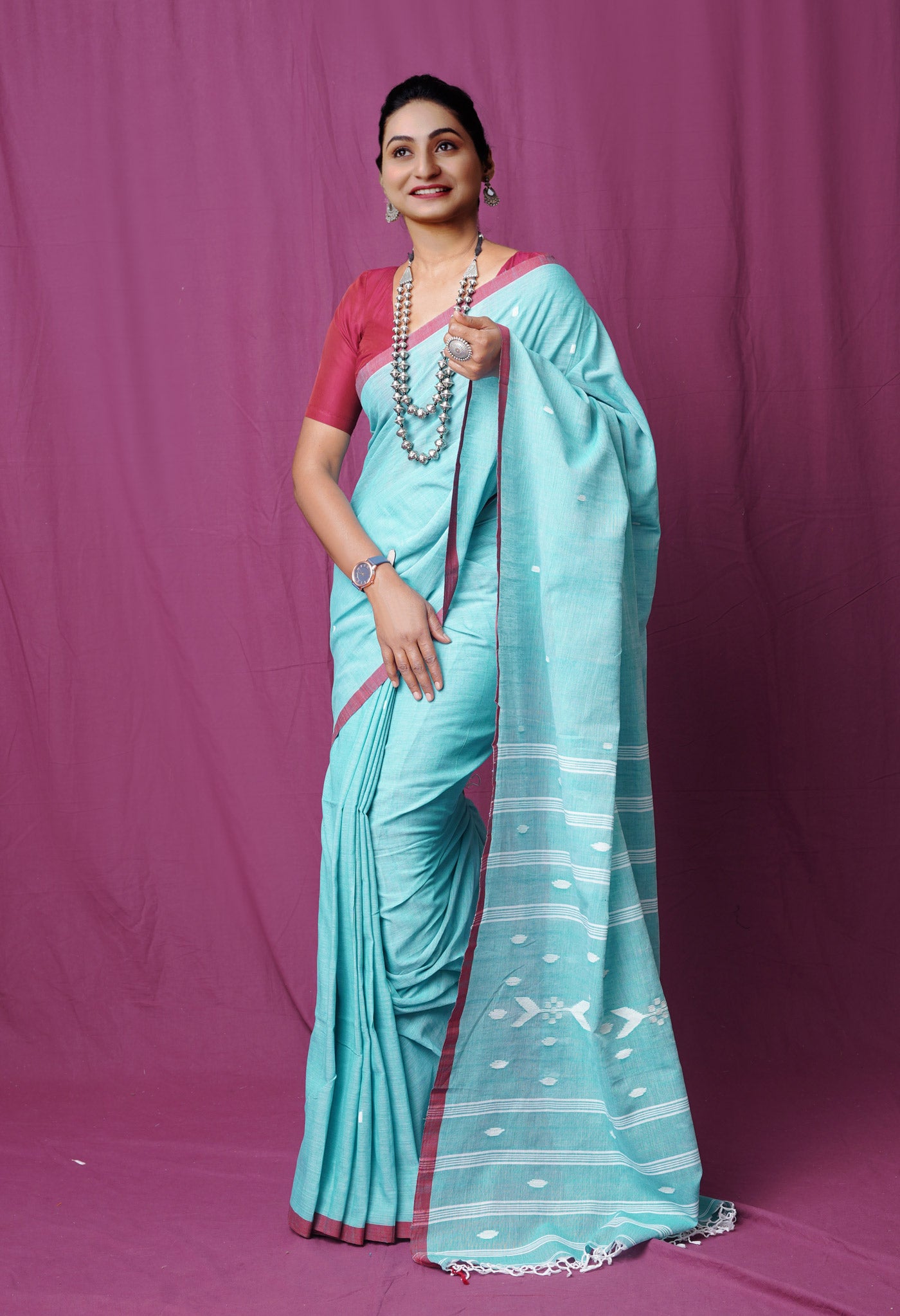
















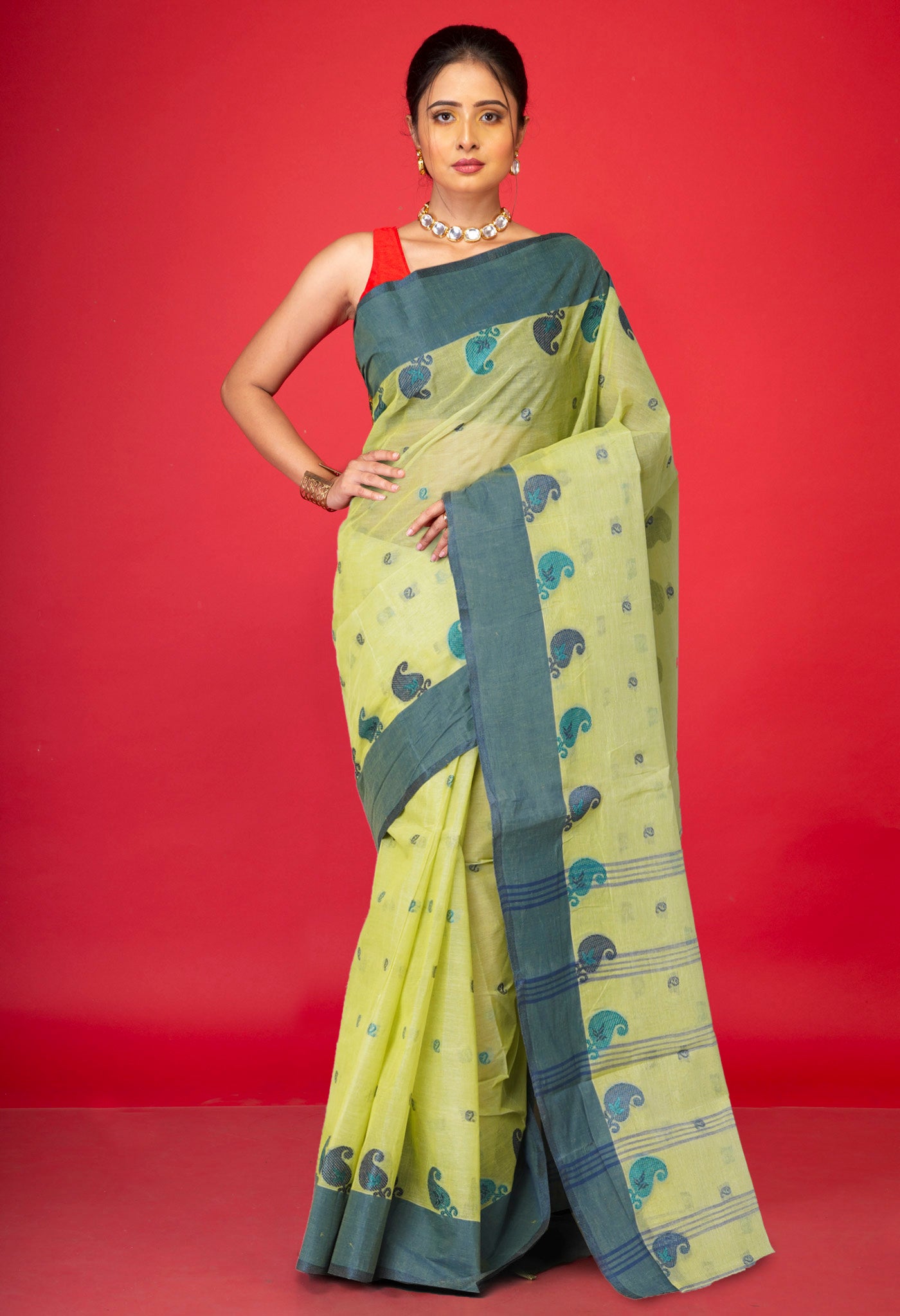


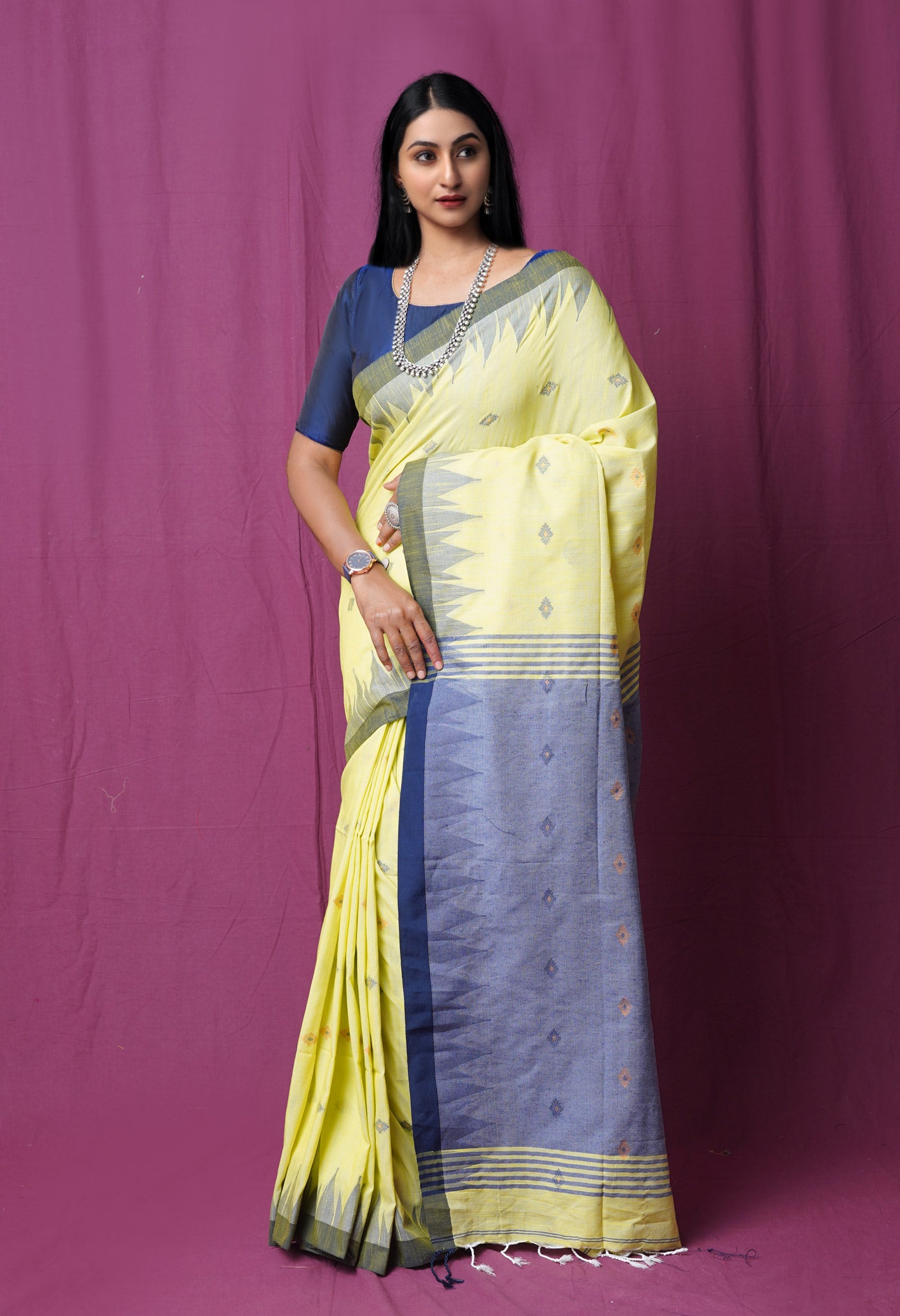

























Conclusion
The Bengal Saree represents more than textile art; it is a living tradition carried forward by passionate artisans, empowered women, and conscious consumers. From its threads to its motifs, from the loom to your wardrobe, every Bengal Saree whispers tales of heritage and pride. Whether you’re buying one for the first time or adding to a growing collection, know that you are embracing a piece of Bengal's soul.



